set in Dushanbe, Tajikistan
It wasn’t that Father was a particularly big fan of qurutob or that he wanted to bring the trainer to a place that only served it. The qurutob restaurant was on the ground floor of their particular apartment building, and Father didn’t have enough of a reading of this trainer to feel comfortable enough to invite him home yet. He did want to show him a baseline level of politeness and treat him for a meal, particularly since he was giving Father a free consultation. But these consultations were probably done in gyms or in parks, not in places where the smell of boiled tea wafted through the room and mixed with the residual scent of yoghurt. Father didn’t understand why this boy had agreed to it.
The young trainer had such defined muscles that it actually intimidated Father. His cheekbones were not merely sharp against his sandy skin and tightly lidded eyes. They looked as toned as the muscles on his biceps, shoulders, and legs. It was as if this boy had taken the time to make sure every part of his body had gone through a regimented programme of exercise and diet. He was a work of art in the form of a human body, and it was rare for Father to interact with people who took their looks so seriously.
Despite that, when the twentysomething came into the restaurant, he took Father’s hand in both of his, bowed respectfully, and said all of the right phrases that were loaned from Arabic. Salam walaikum, walakikum salam, thanks for the invitation, thanks for accepting. Father was so used to the disrespect of his own son that seeing someone a little younger than his child engaging in such manners was disarming. The server who was standing by the cash register playing a card game on his phone noticed the two of them and asked if they wanted to eat. The bodybuilder told him yes. Father had been standing there idly, and he had been given no attention from any of the staff, despite having come to this restaurant countless times. He wondered if it was because this boy was objectively better looking, his appearance gaining the attention from men and women effortlessly. It could have also been that this boy was such a master of his body that even his body language commanded others to look, far more effectively than Father’s words or demeanour.
The restaurant was divided into two styles of seating arrangement. On a small line on the right-hand side was a row of eight tables with two chairs on each side. The rest of the restaurant followed a traditional sitting style, with cushions laid out on the floor around a low-lying table, and wall dividing each set. They were seated on the chairs and not on the floor. Father assumed it was because this man looked relatively younger and more modern-minded compared to the rest of them.
He really stood out, and Father reflected on how that was also a good thing. Father was out of shape and overweight, but he didn’t feel it as much when he looked at the older men around him. Their bellies plopped out as they sat on cushions on the floor with their feet sprawled under a table. Some of them were so fat that the space between the wall and the table was only big enough to fit their bodies. Father was so often surrounded by such men that it was only when he looked at a young person like this trainer that he even reflected on the possibility that one’s appearance could be different. It wasn’t even that this twentysomething reflected an ideal and the others didn’t. It was more that life was simply traditional in Tajikistan. People’s concerns were about taking care of children and adhering to the laws of Islam, so, the vast majority of the time, one did not think much about things like one’s appearance, one’s health, and one’s fitness.
The boy was glancing at the menu. That also made him stand out. Father knew that this place only had six to eight variations of qurutob and some Russian-style cakes for dessert. Up until then they had exchanged no real words, only the formalities of a greeting. The server immediately brought them a big kettle of boiled black tea. The steam created a subtle but visible barrier between their faces, and that made Father a bit more curious. He realized he didn’t even know this boy’s name.
« You are called? »
« Abdullaev… but from Instagram, you won’t know. You will only think I am buffheaven309. »
Abdullaev smiled, as if he was thinking of some joke that was far out of the reach of Father’s imagination. Father put on the same sort of smile, wondering what could be so funny to this boy. The server came. Qurutob was traditionally eaten as a blend of qurut cheese balls, small yoghurt-soaked slices of fatir flatbread, and a garnish of onion, cucumber, tomato, and salad greens. This place had many varieties of the dish, and Father ordered a version of it with lamb bits.
« Have it without meat » Abdullaev ordered. Then he turned to the waiter. « We will both have it plain. Put less cheese. Put more yoghurt and salad. There should be less bread also. »
The waiter made a pained face, not used to being ordered to modify the qurutob. What had been ordered would resemble a salad more than a qurutob. Abdullaev didn’t maintain eye contact with the waiter. He kept his eyes fixed on Father.
« Qurutob is very heavy to eat. It is tasty, but there are better foods to eat if you are worried about your diet. »
Father shrugged. Qurutob was a leftover from Tajikistan’s Soviet times, when there hadn’t been that much food in the country at all, and when people blended whatever they had in their refrigerators to keep themselves nourished. It wasn’t such a heavy meal especially compared to plov or a dish made only of meat, but Father didn’t want to argue with the young man. He sensed no negative energy from him. He was simply raising what he believed were facts, and Father was a doctor, so he also knew this to be the truth.
« I only wanted to invite you to eat somewhere » Father explained.
« And I appreciate that » Abdullaev said, putting his hand on his chest. « I appreciate that a lot. You are a doctor, yes? »
« A retired doctor. »
« A doctor does a lot of good work. I respect doctors heavily. I actually studied to be a doctor. I finished medical school, but my business on social media was already doing well. »
« That is good. You can become a doctor after your fitness business ends. »
« I hope that never happens » Abdullaev said with a wink. He leaned into the wall, cushioning his neck with both of his palms, letting his biceps relax. They actually bulged more in this position. Father could imagine him still looking like this in ten or twenty years. It might not be hard for someone like him to make a career out of fitness. « So, why did you retire? »
« My mother was in bad health last year. She had both dementia and Parkinson’s. It was too difficult for her to take care of herself. So, I retired and looked after her until her death. »
« That must be why you put on the extra weight » Abdullaev concluded, taking a sip of the tea, both of his hands around the round teacup. Father grimaced, mildly shocked that Abdullaev didn’t offer his condolences or even address the death that had resulted in Father’s retirement. Abdullaev didn’t notice Father’s facial expression, or if he did, he didn’t pay attention to it. He continued « I am looking at your body. I can see that you have completely ignored your core muscles. You have some arm strength. But you have a lot of fat around your cheeks and chins. It is also prominent around your belly and thighs. I don’t think we can start with any heavy weight lifting yet. I think what we need to focus on is cardio and diet. »
Abdullaev pointed upwards. The server had come with their qurutobs, smelling thickly of warmed yoghurt. In the bowl itself there was more yoghurt than anything, and floating on top was a layer of coriander, tomato slices, and cucumber bits. Father had to slosh his hand through the qurutob to find the bread. There was still a substantial amount of it, wet and spongey at the bottom. He took the bits of bread and cheese and put it into his mouth. Abdulleav in the meantime asked the waiter for cutlery. Something about his request turned Father off. Quturob was meant to be eaten with the hand. Trying to eat it with a spoon was something he would imagine his own son, who had lived so many years of his life abroad, would do.
Abdullaev got to the point.
« When do you want to start working together? »
Father felt it was a bit too early to discuss that. He said frankly « I don’t know. »
« I get booked up very quickly » Abdullaev said. His cutlery had come, but he was busy looking at the phone. He showed Father his calendar. There were a lot of red boxes, but Father wasn’t used to plannings things on a phone and didn’t know what they meant.
« You should eat your food before it gets cold » he told Abdullaev.
Abdullaev held his spoon and he dabbed it into the qurutob, looking irritated as he did it. He only took one or two bites before immediately returning to his phone.
« What are you doing the 21st of April? I am free then. »
« That is my son’s birthday. »
« Very good. What are you doing with him? »
« Nothing. He doesn’t live here. »
« So, why does it matter? »
Father felt as if he had been punched in the stomach. It was partly a result of his surprise in being told something so callously, but there was also a wounding aspect to the remark. In reality he wasn’t actually going to be doing anything, and probably his son wouldn’t even care if he called him or acknowledged him. Having to recall the state of their dismal relationship was not easy for Father, and the uncontrollable emotional response it provoked resulted in pains in his back and belly, a rough tingling sensation in his nerves, a soreness in his neck and shoulders.
Abdullaev didn’t notice any of it. He pressed on about the booking. « The 21st is the only day I am free of this month. »
Father wanted to shout, And what if I don’t want your booking?
But he was a polite older man. He was inviting a younger person out for a meal. The young were pushy. They wanted to make something of themselves in a country that didn’t have the time or the funding for any of it. This boy was established in a field with a lot of competition and little profit. He respected this aspect of him. He almost wished he saw more of that in his own son.
Nonetheless he said « That is a day for my son. I cannot give it. »
Abdullaev put his phone on the table. He rested his face in the palm of his hand like he was stressed. He took another bite or two of the qurutob before he interrupted his own meal.
« I thought you wanted to take your health seriously. »
« I do » Father said, and then he thought about it. « But not at the cost of my own commitments. »
Abdullaev nodded his head slowly. He didn’t need to speak for Father to understand what he was thinking. What commitments? The most he was going to do was call his son and talk to him for a few minutes. Most likely Son wouldn’t respond to the call, and if he did, it would only be as a courtesy. They would exchange very superficial words and wishes. And he would be free for the rest of the day. It would really take up ten minutes out of the fifteen or sixteen hours he would be awake. What was the problem of planning something else?
He supposed the main issue was that he didn’t know when those minutes would be. Son was erratic and would most likely call back at any moment. Knowing his luck, it would be at the moment he and this bodybuilder would be jogging or skipping rope or doing sit-ups. And then a portion of the hour he paid for would be wasted.
The other thing was that while Father appreciated this boy and his commitment to his clients, he didn’t like the pushiness. He found the tactic unnecessary. He almost wanted to tell him no for that reason alone.
Father noticed the boy still wasn’t eating.
« The food is getting cold. We can talk about all this later. Eat. »
The boy picked up the spoon but then put it down again. He confessed to Father « I don’t like qurutob. »
« What do you normally eat? »
« Beef and lamb to keep me strong. Otherwise, salad. »
« That doesn’t sound healthy at all »
Abdullaev smirked. « It’s important for me to remain in shape to keep up with my own fitness if I am to teach others. »
Father smiled knowingly. Though the boy had been staring at Father during his assessment of Father’s body, Father knew he was actually commenting on his own shape. For any criticism or comment towards another was usually a direct response to one’s own deficiencies. Abdullaev probably saw the places where Father was fat and thought about where he had once been fat. He was speaking to the out-of-shape version of himself he would rather forget.
« It’s good you take this all so seriously » Father reflected.
« I have to. It is my career. »
Father nodded.
Soon they were done with their qurutob. Father had eaten all of his bread pieces and slurped up the yoghurt. The boy hadn’t eaten much, but Father got it packed so he could eat it later. He paid for the bill as he promised, and the boy thanked him. As they were at the cash register, Father saw how forlorn the boy looked. He wondered how much the boy was lying to him about his availability. He wondered if the boy really made as much as his tens of thousands of followers led others to believe.
He wasn’t really going to be that busy on the 21st, was he?
He told Abdullaev « When it is one o’clock after lunch, my son will be sleeping in his part of the world. Can you come to my house then? »
Abdullaev’s eyes immediately brightened. « That will be the perfect time for me. You will have a good body temperature. It will ensure that your muscles will work properly. »
«It will be hard for me. I usually like to nap at that hour. »
« You’ll have to nap as you are doing crunches. »
The two of them laughed. The boy offered his hand for a handshake, and Father held it in his for some time. As the boy left, there was a part of Father that questioned whether he had made the right decision. Just as this boy had come to meet him with the expectation of getting a new client, Father had his own expectations, too. He knew he wanted to work on his body and get in shape, but there was also a part of him that liked being in the company of young people, people from his son’s generation. He had lost access to the young colleagues he knew at the hospital after he retired. Though there was a lot about Abdullaev he didn’t like, he also knew the bad irked him because of how his own son talked and behaved.
The point was that he felt something good in the presence of Abdullaev, and it was more than a feeling; it was an intuition. There was a relationship they were meant to have, or build together. He didn’t know what exactly that was, and he didn’t understand the form or shape it would take, but he was looking forward to working with Adullaev, whether it was on the day of Son’s birthday, or some other day or month or year in the foreseeable future.

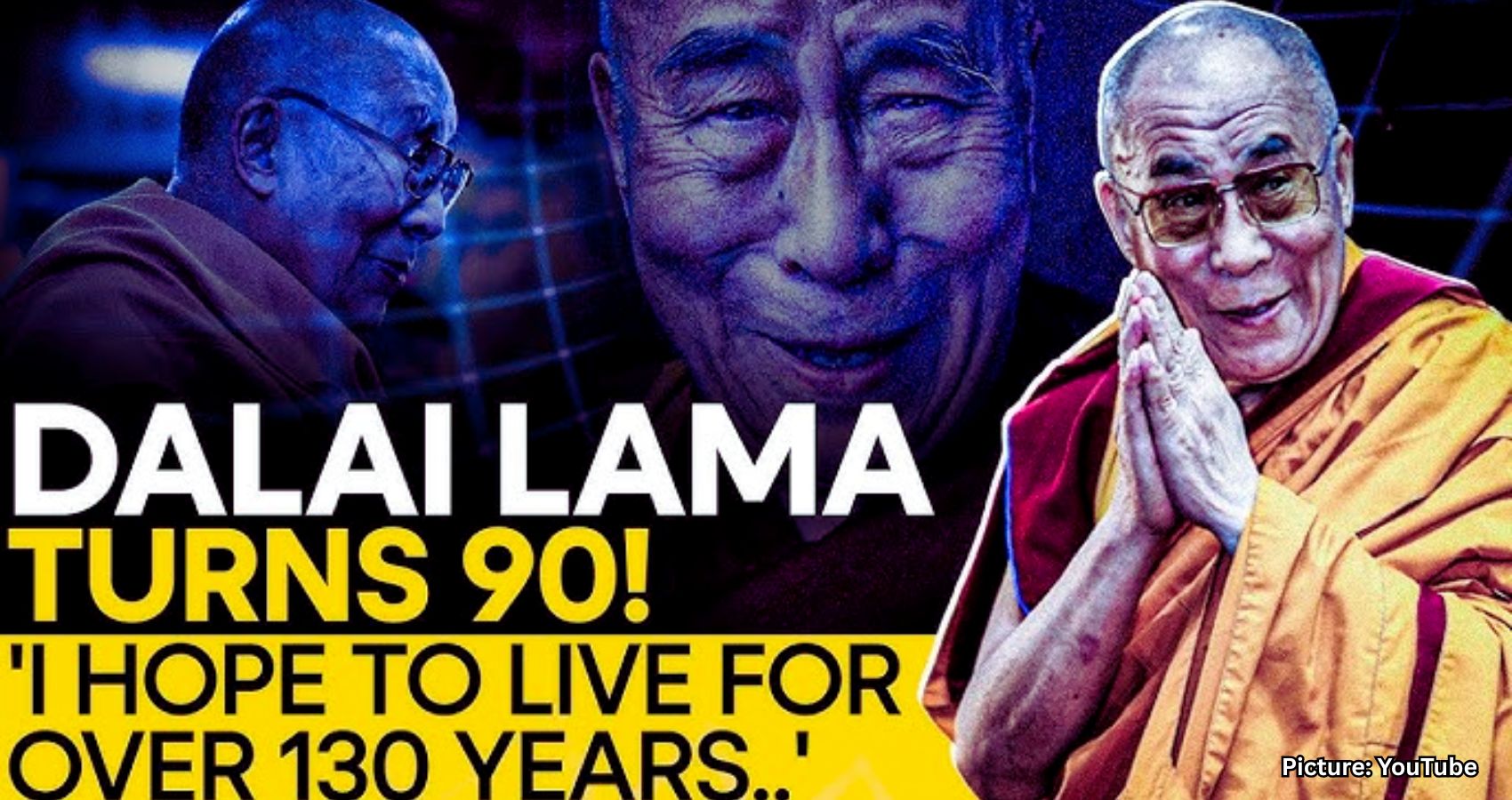
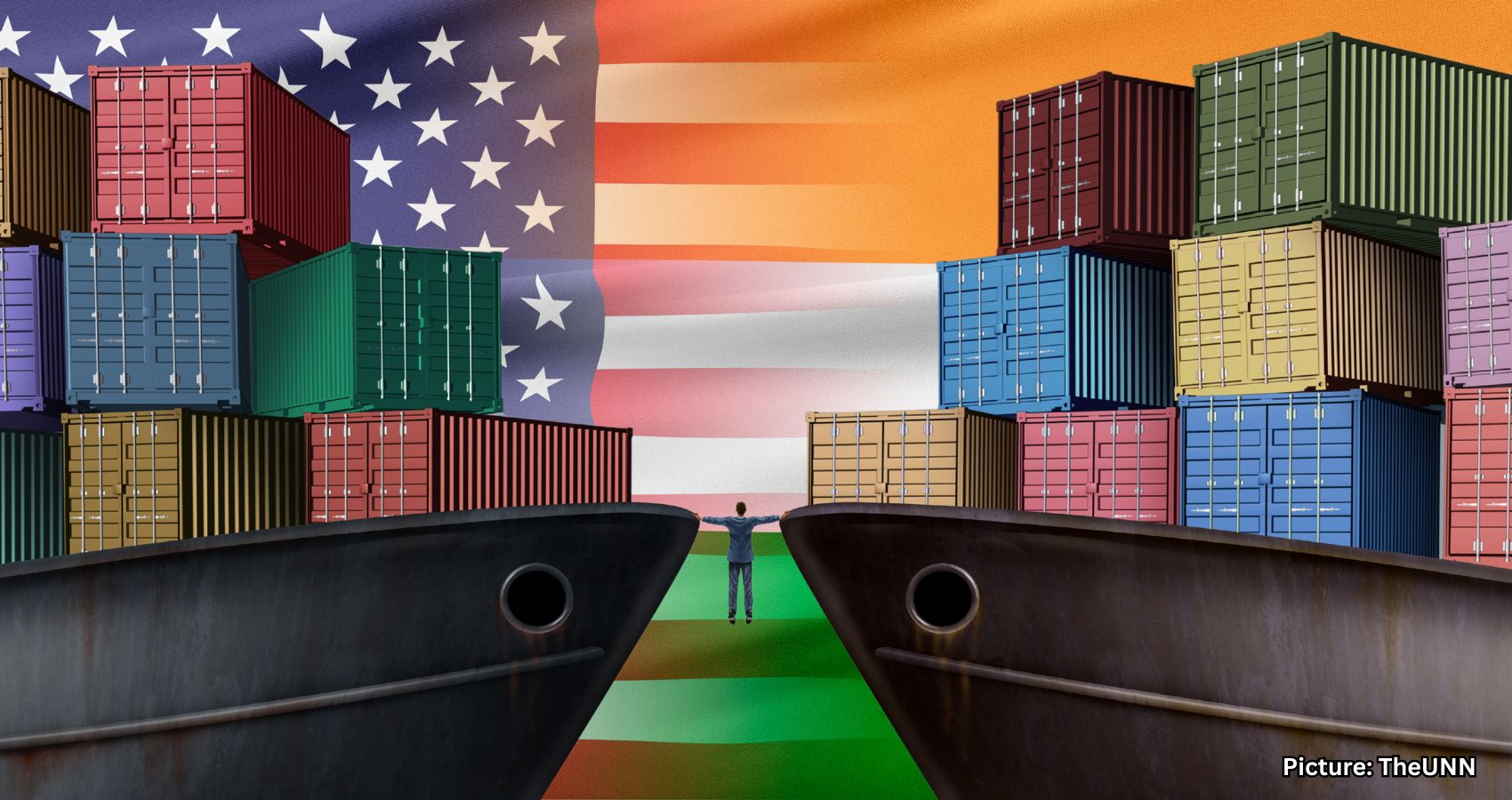
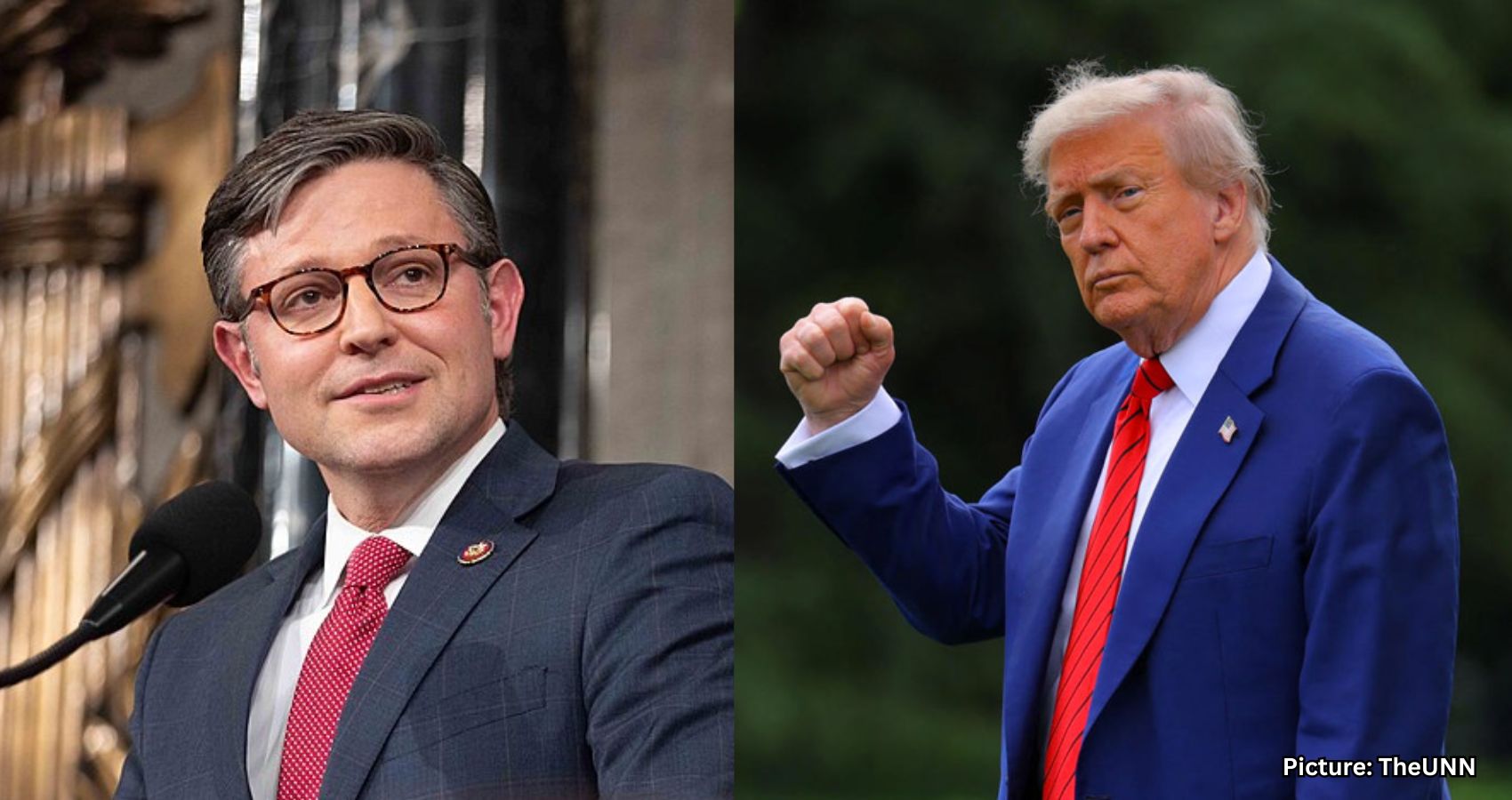
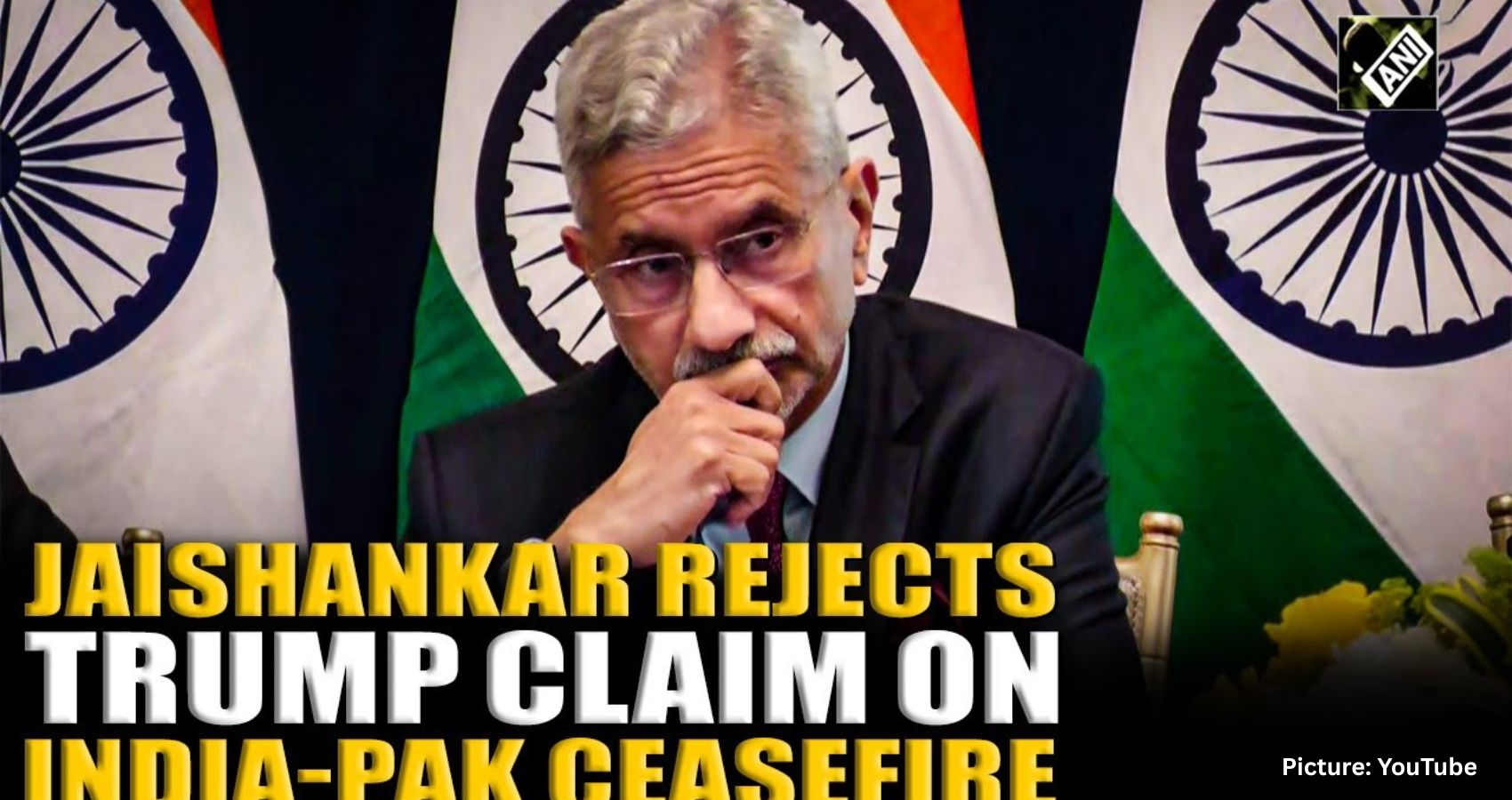
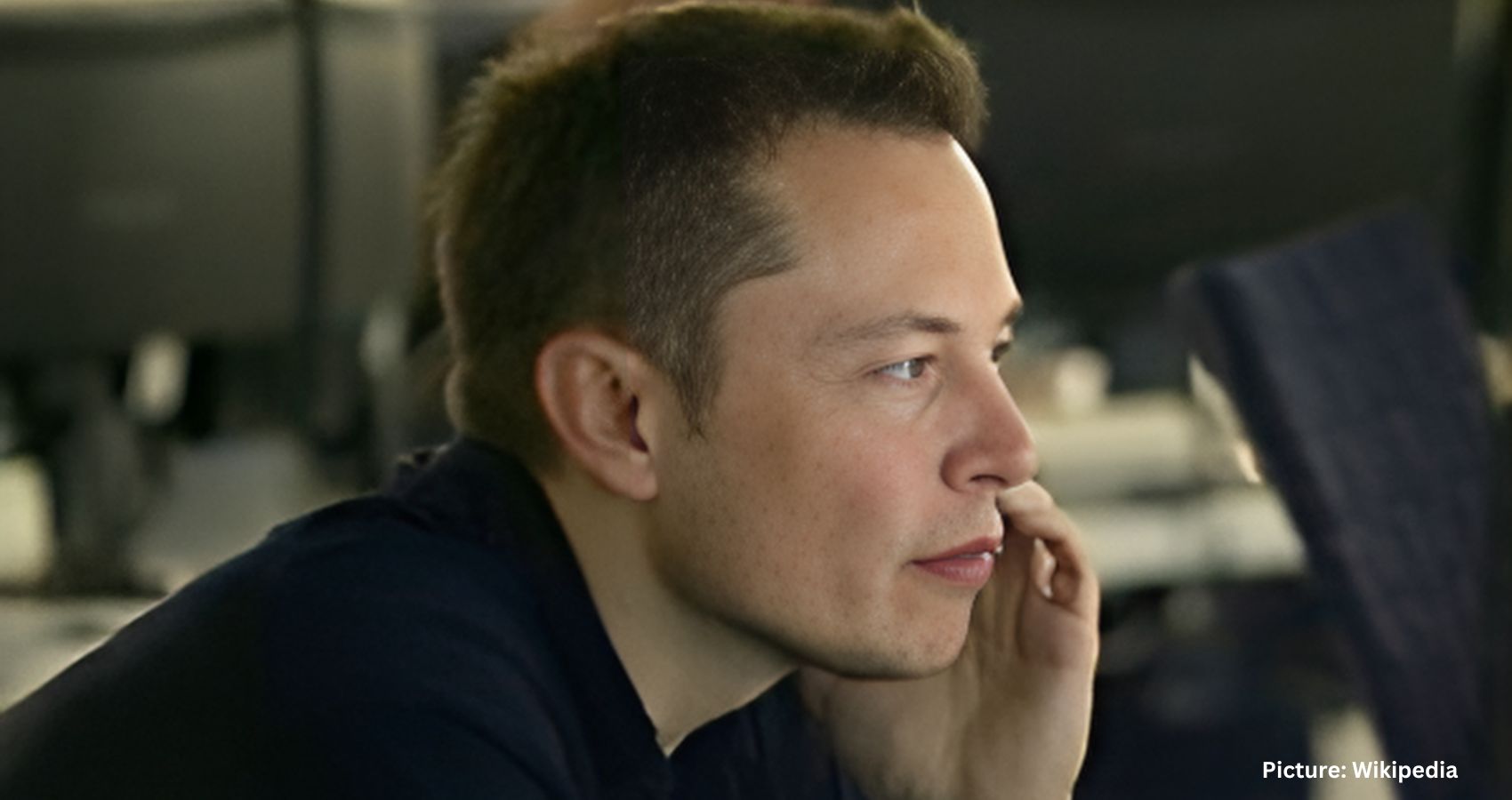
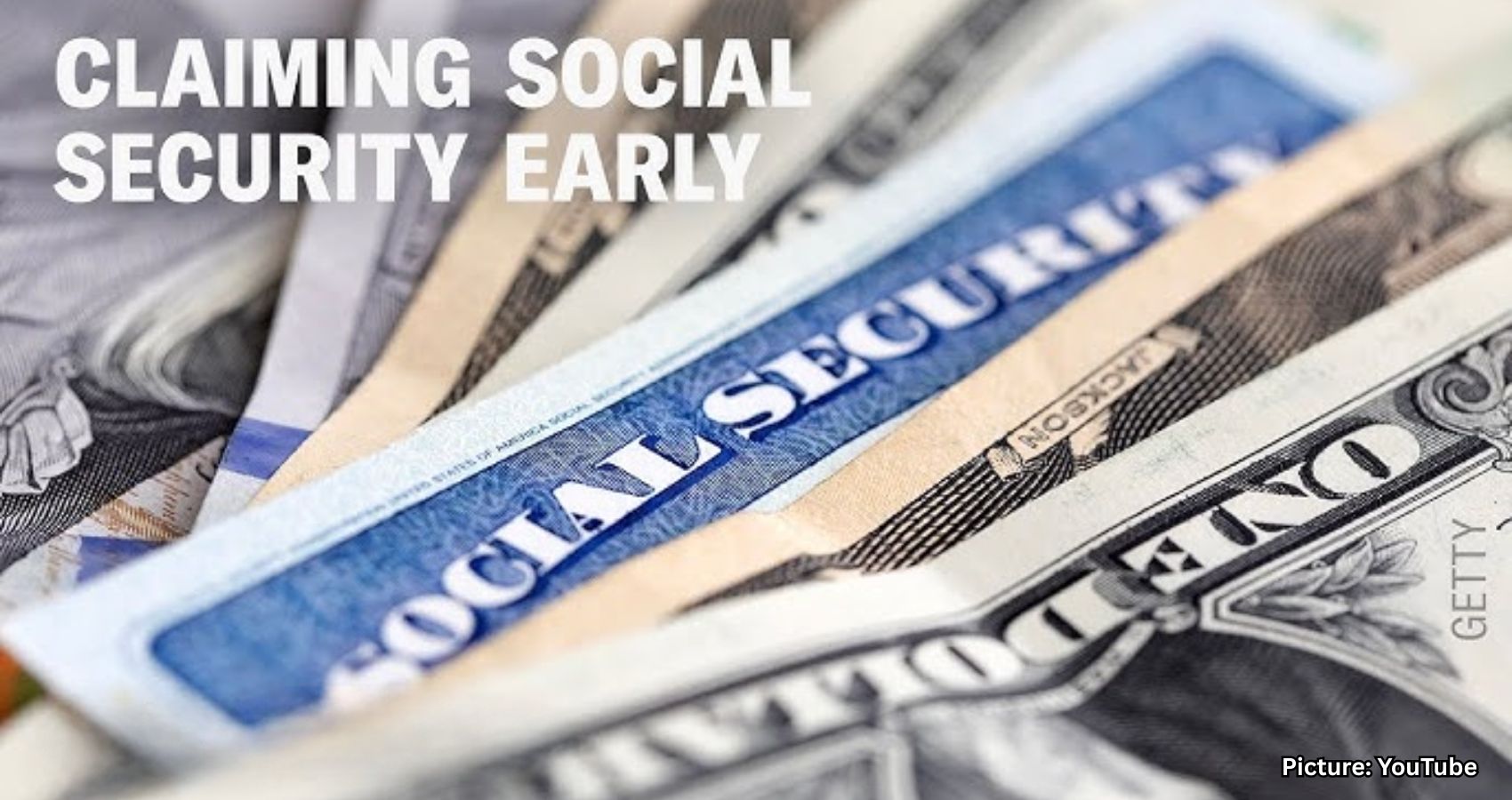
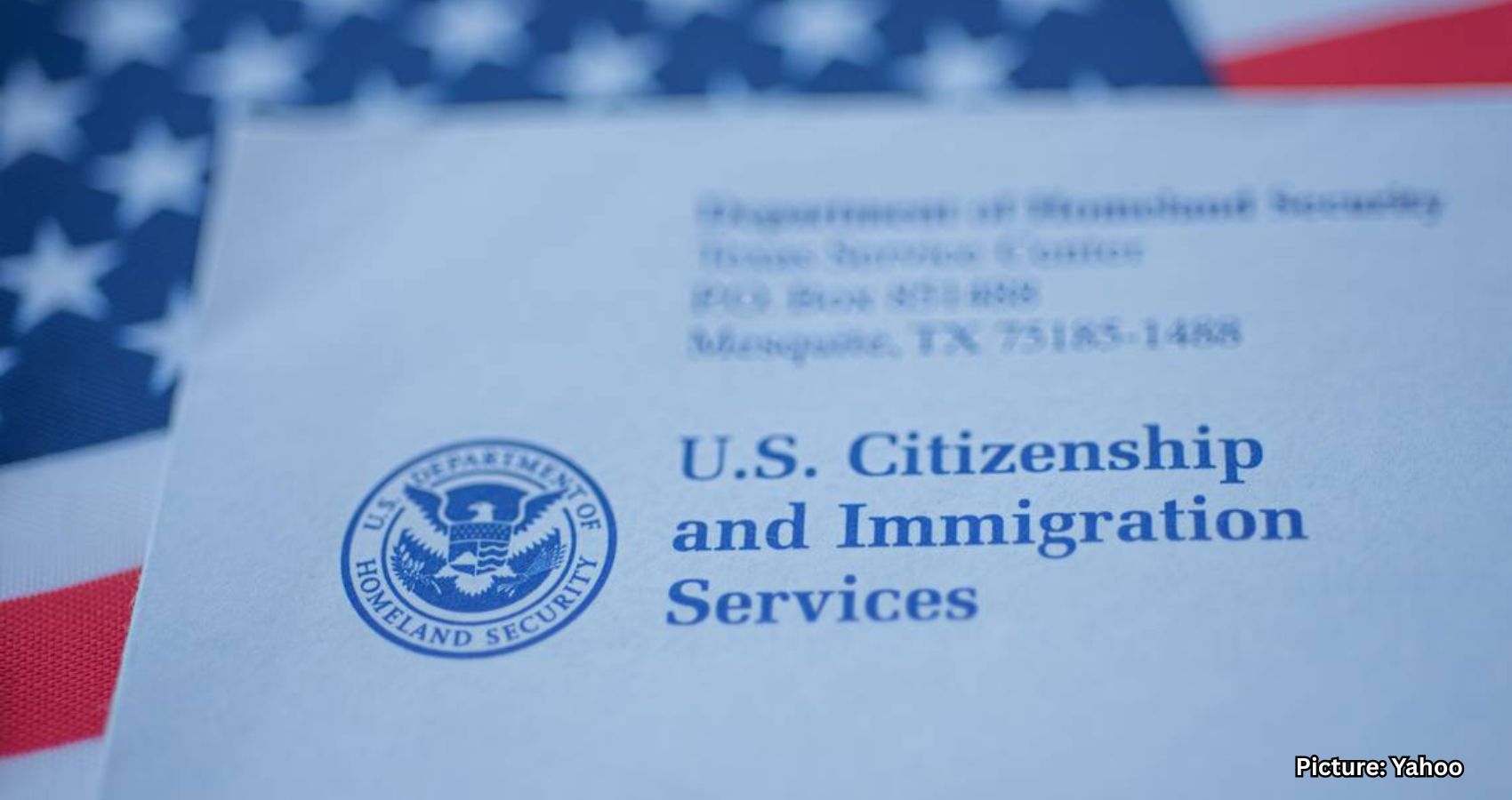
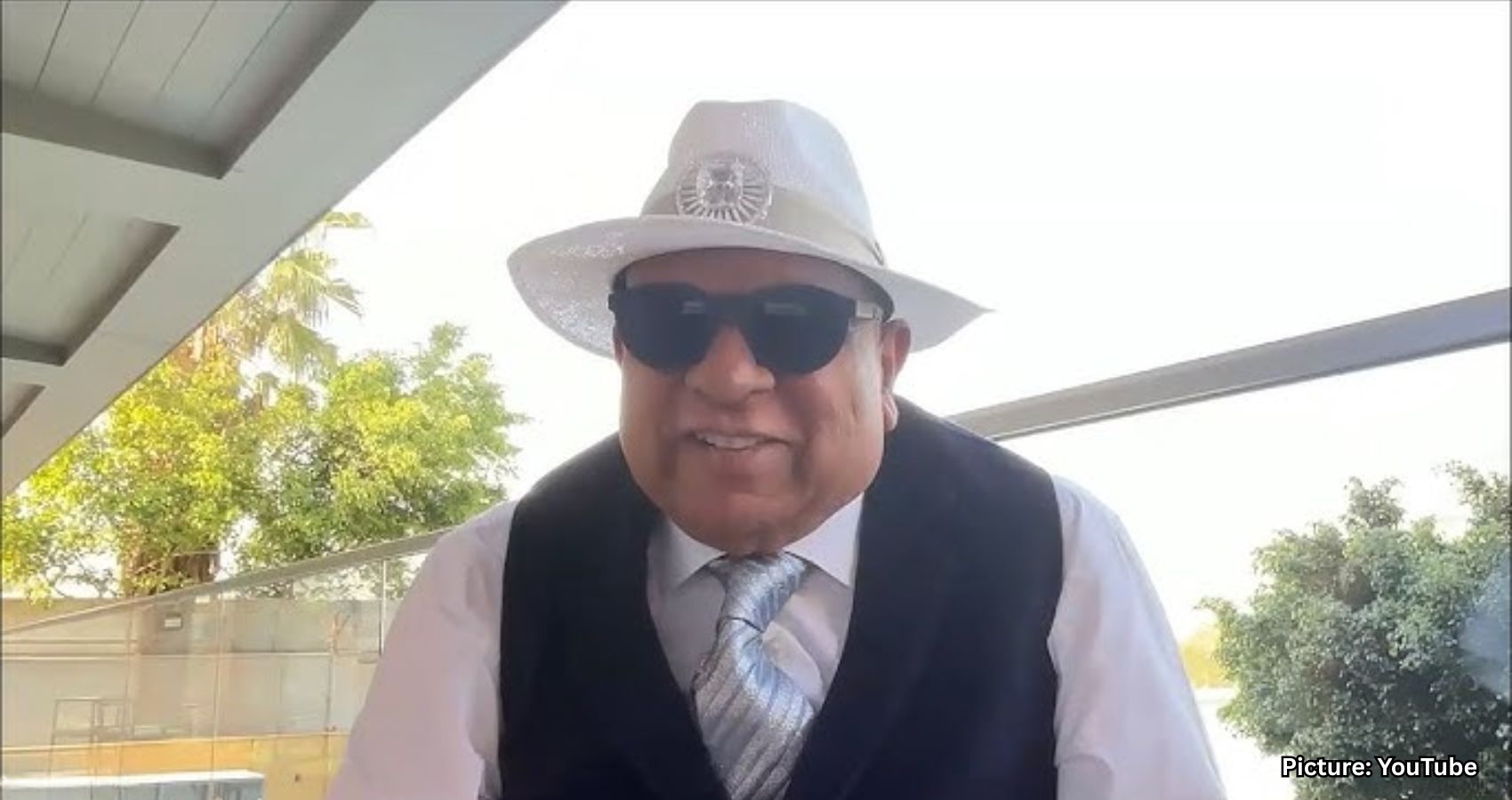

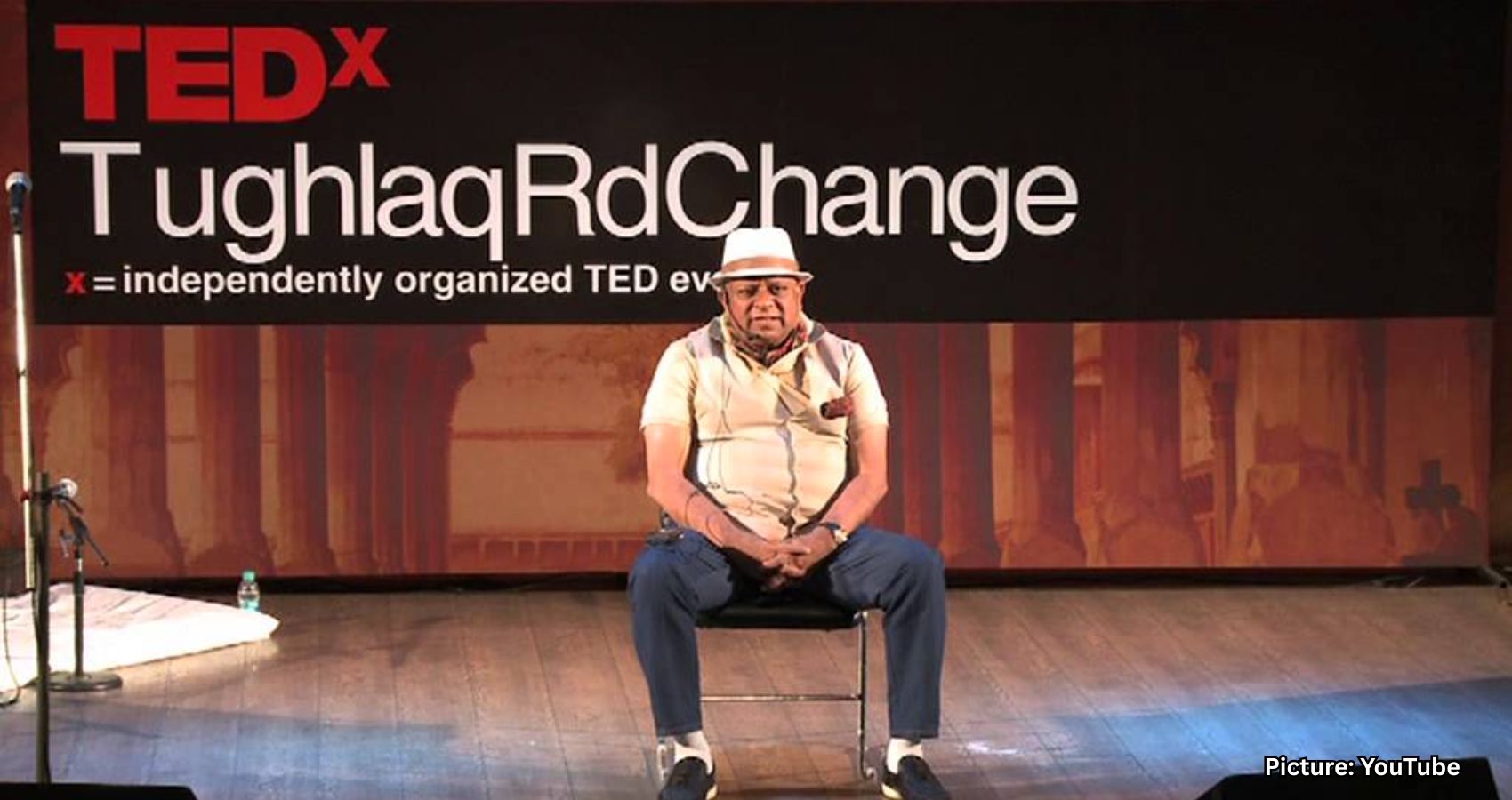
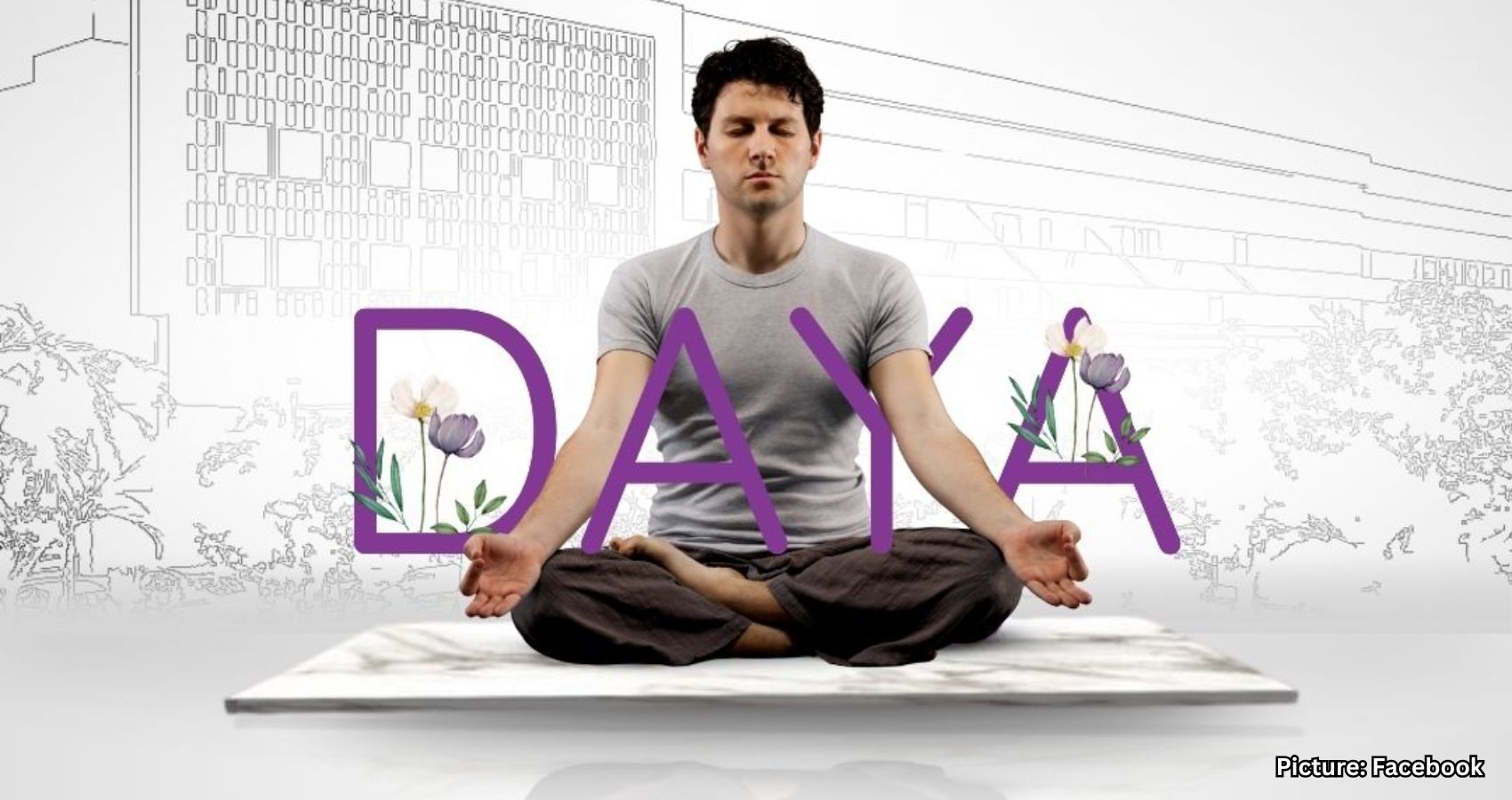
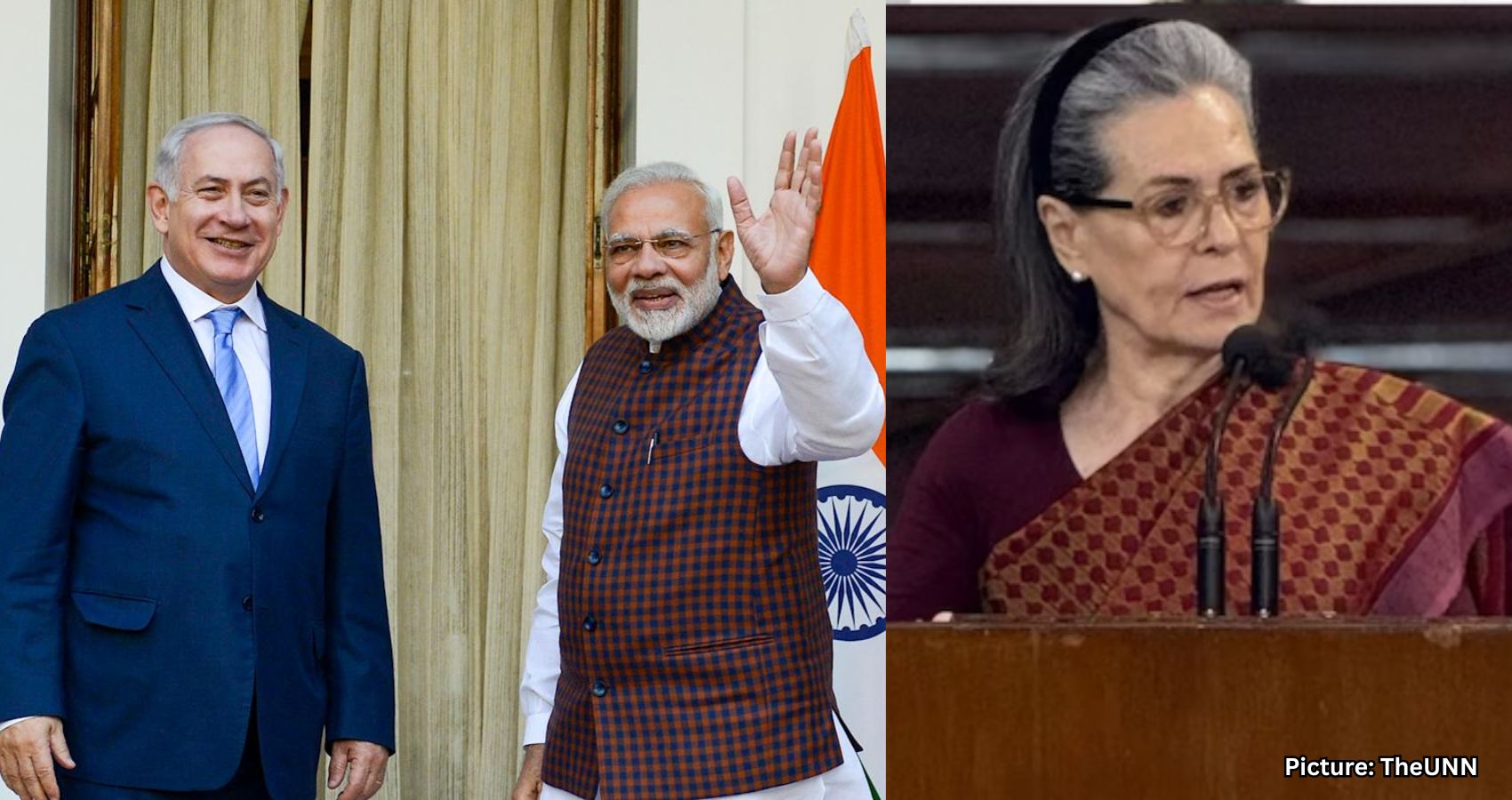
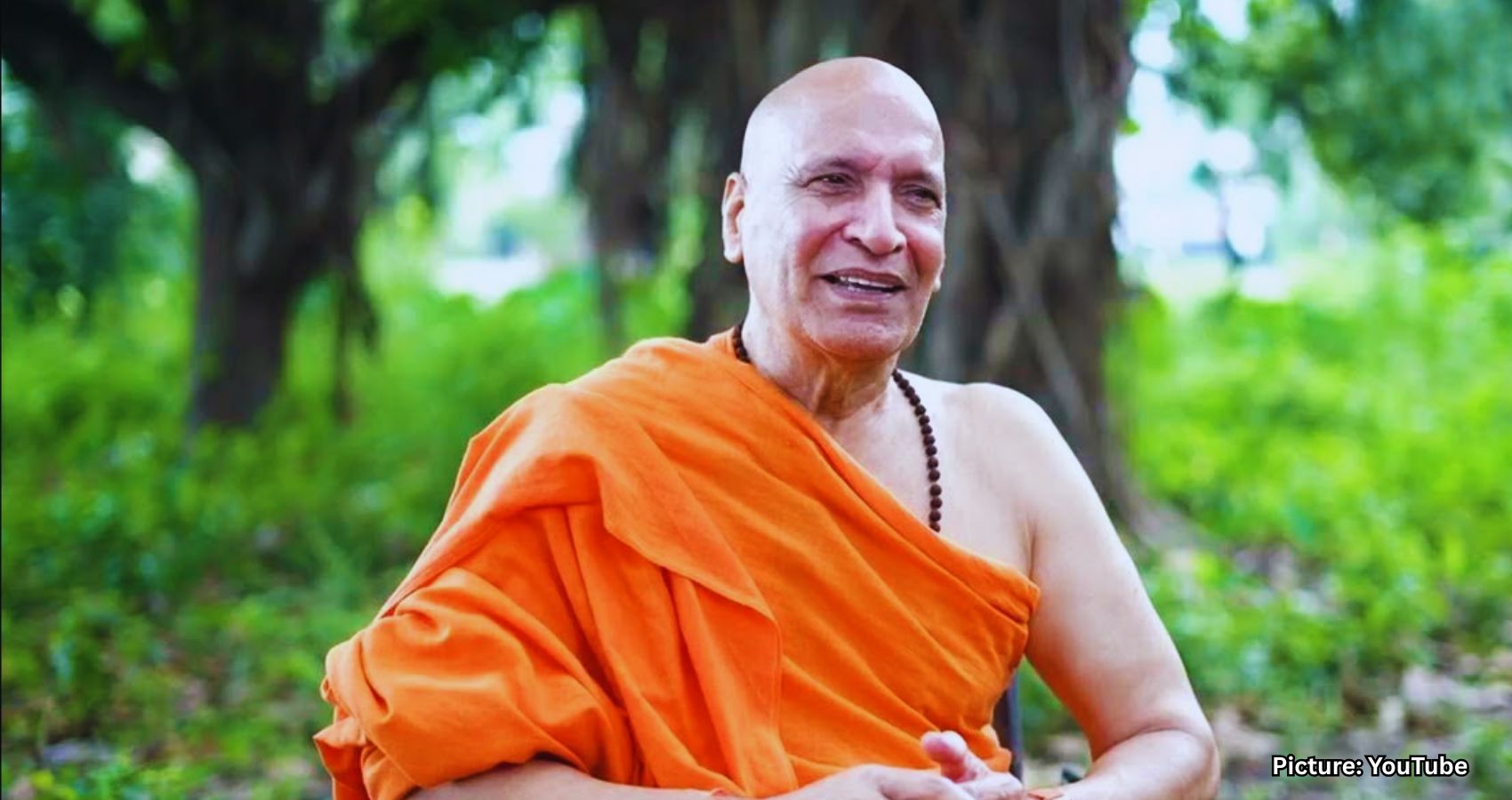
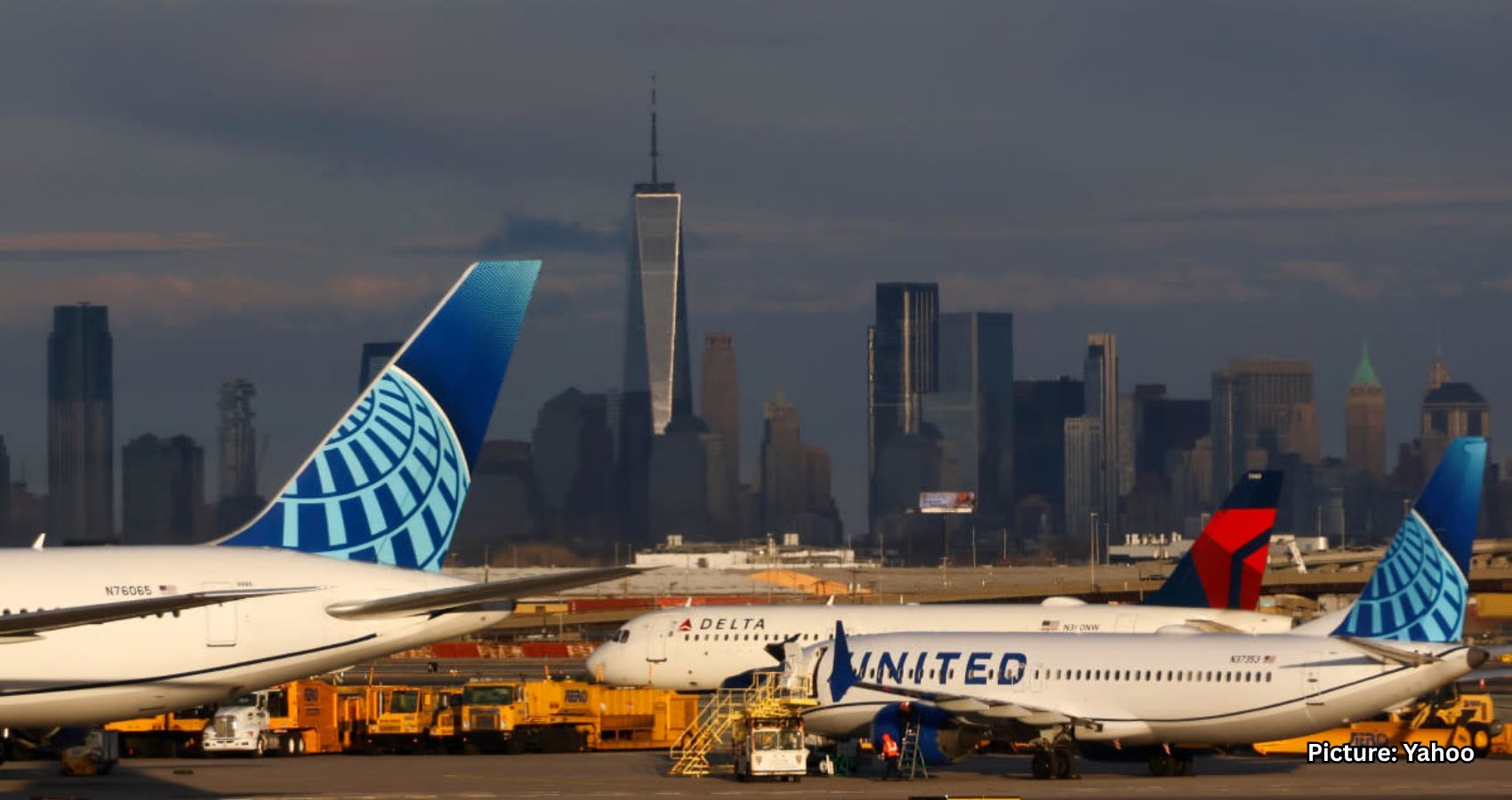
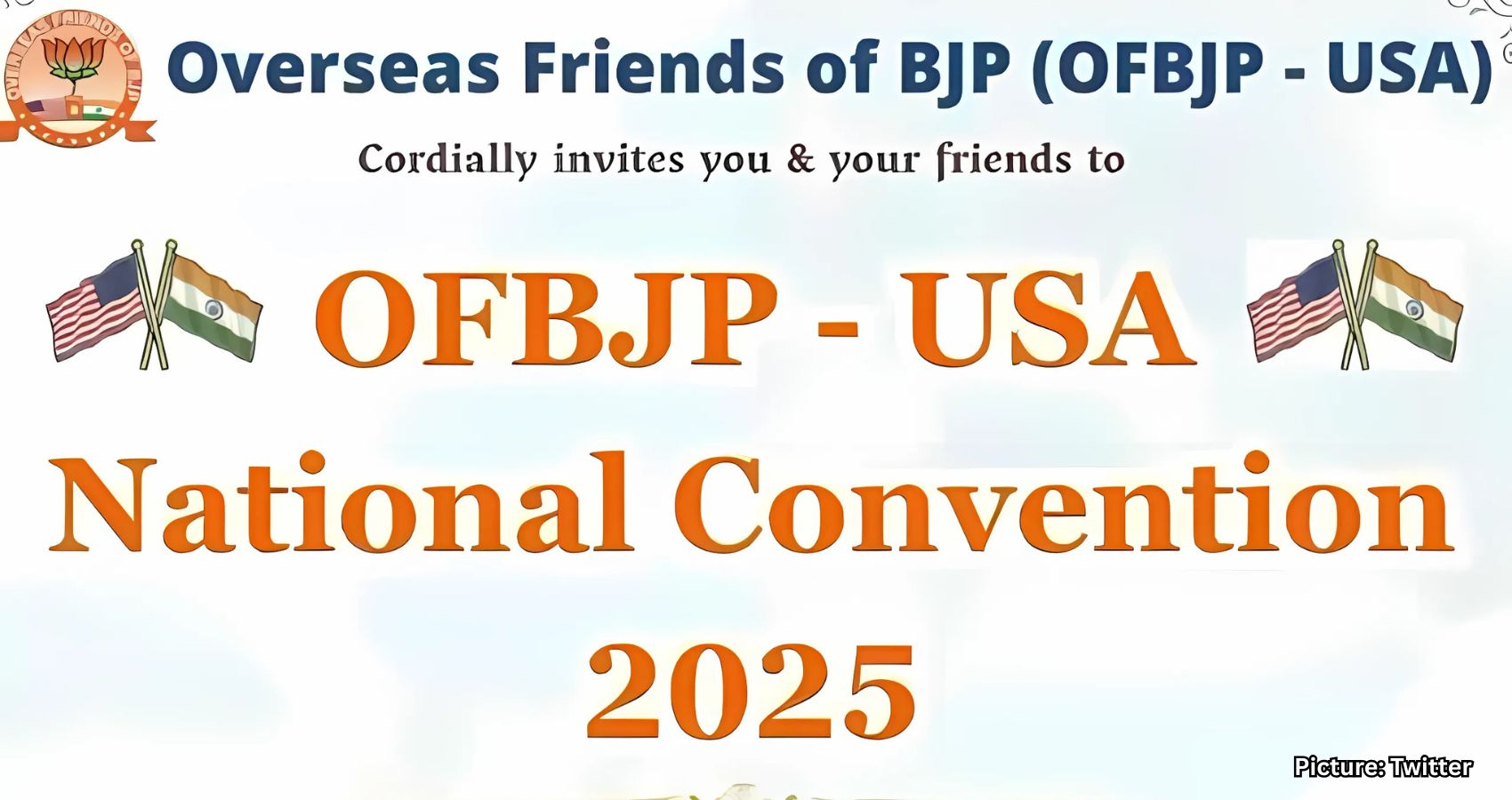
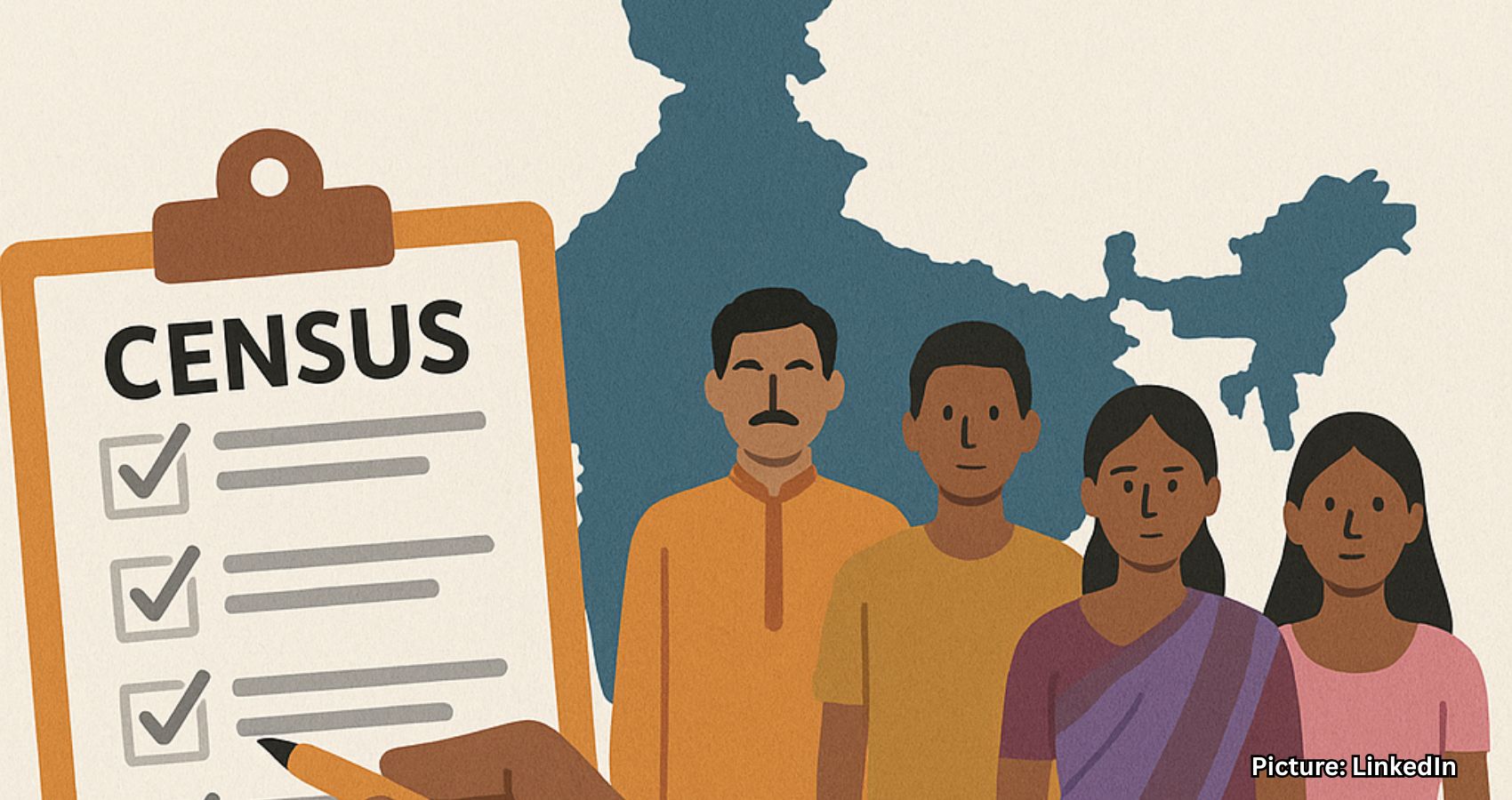
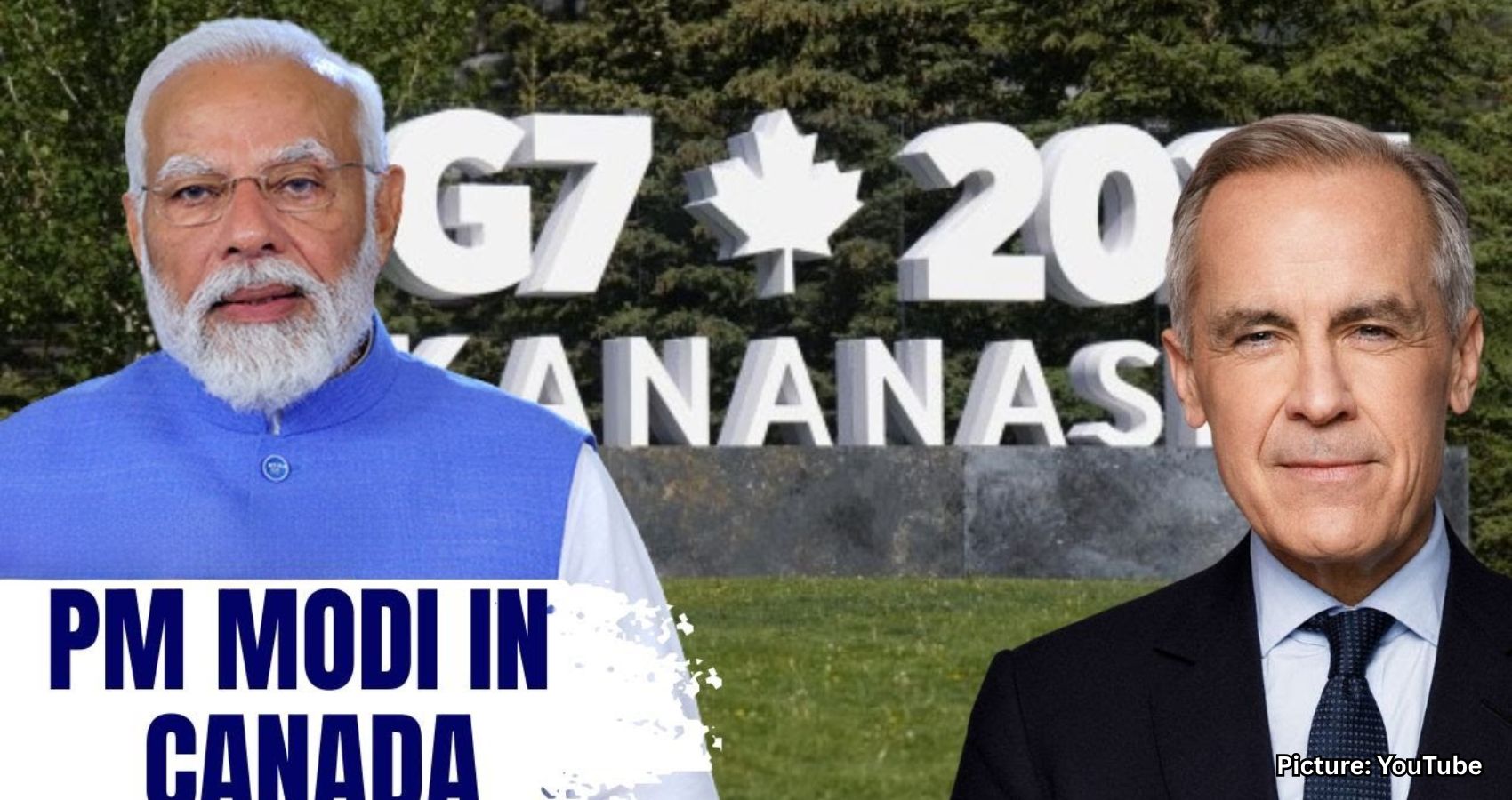
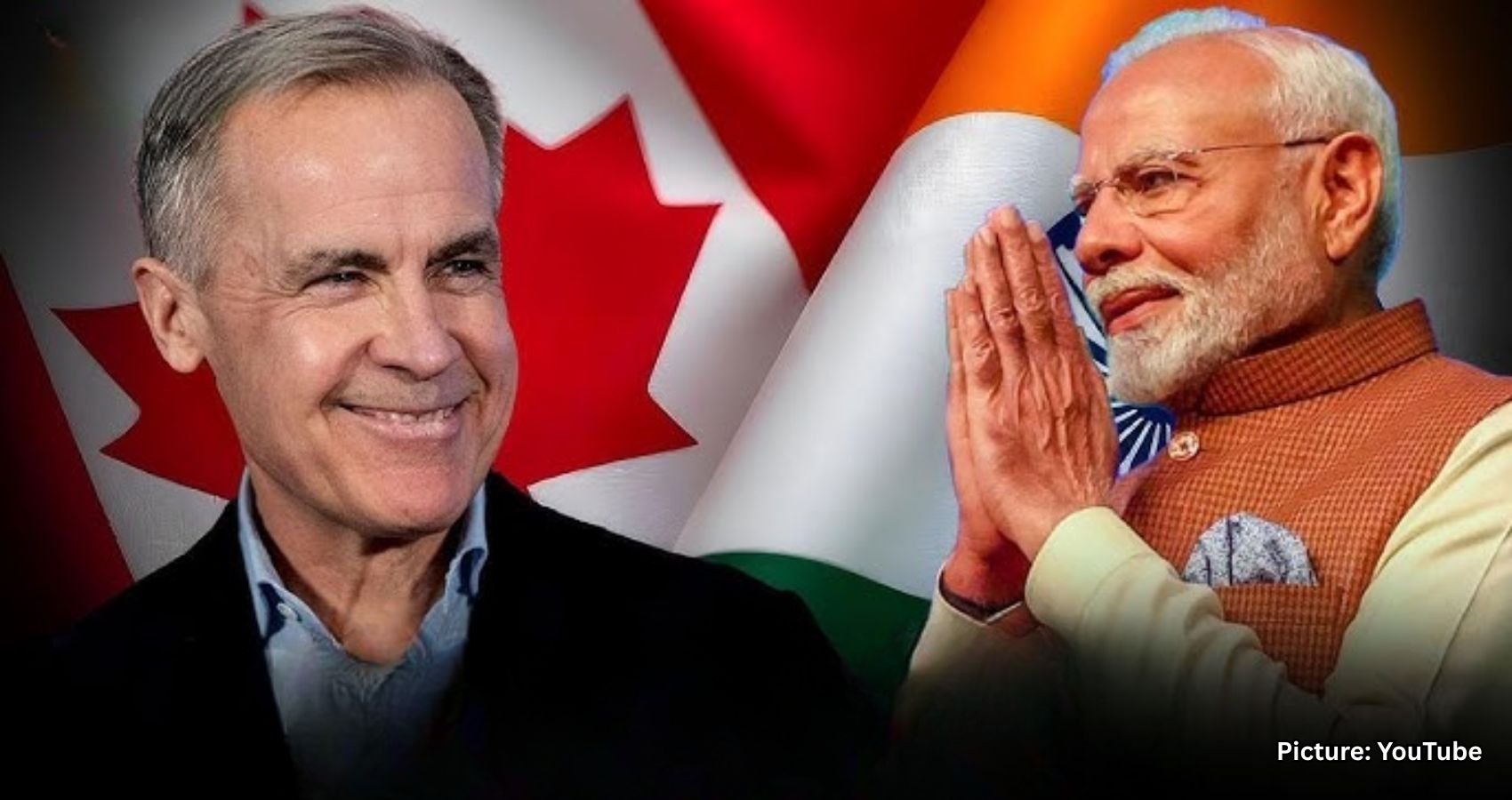
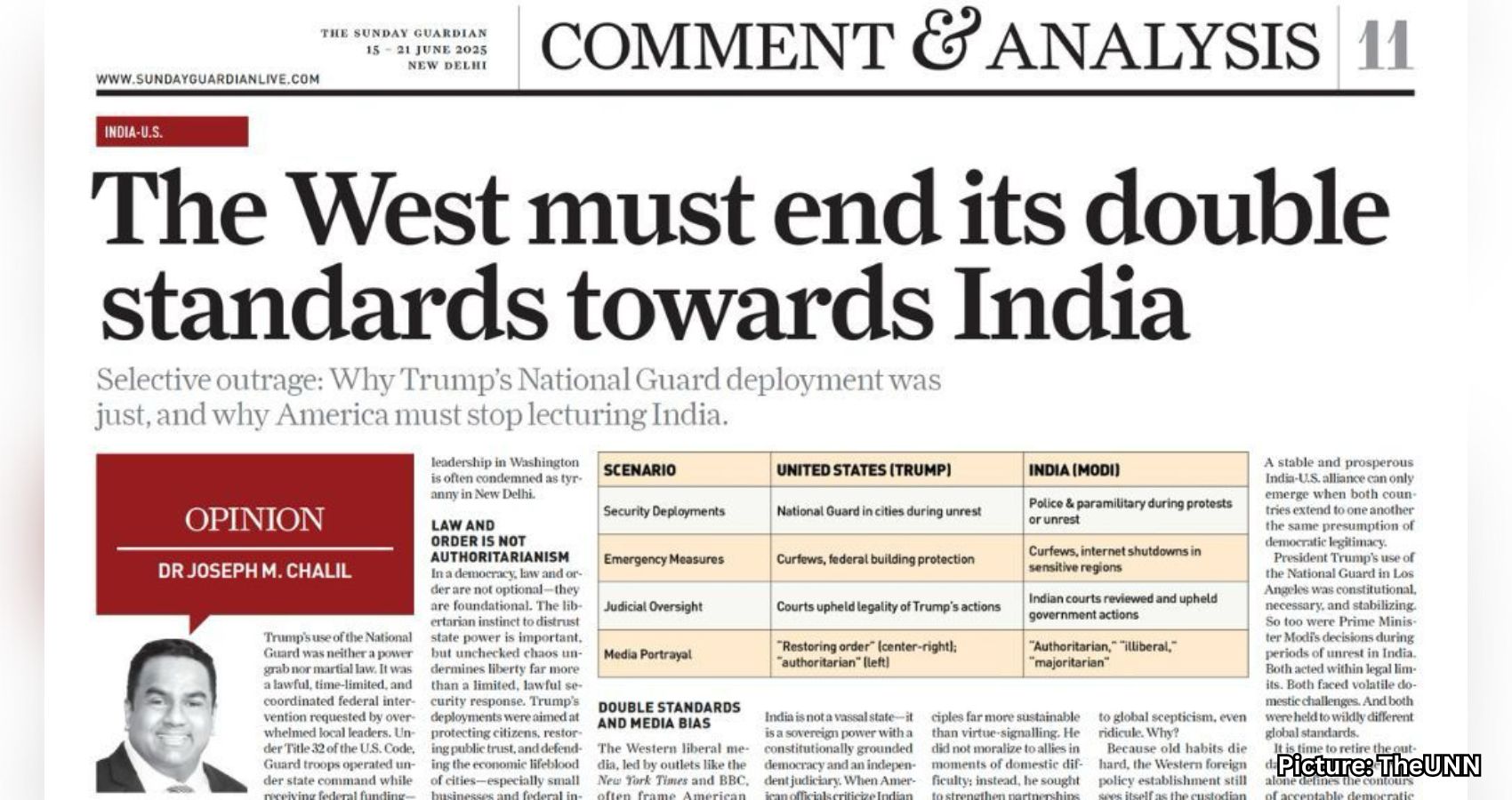
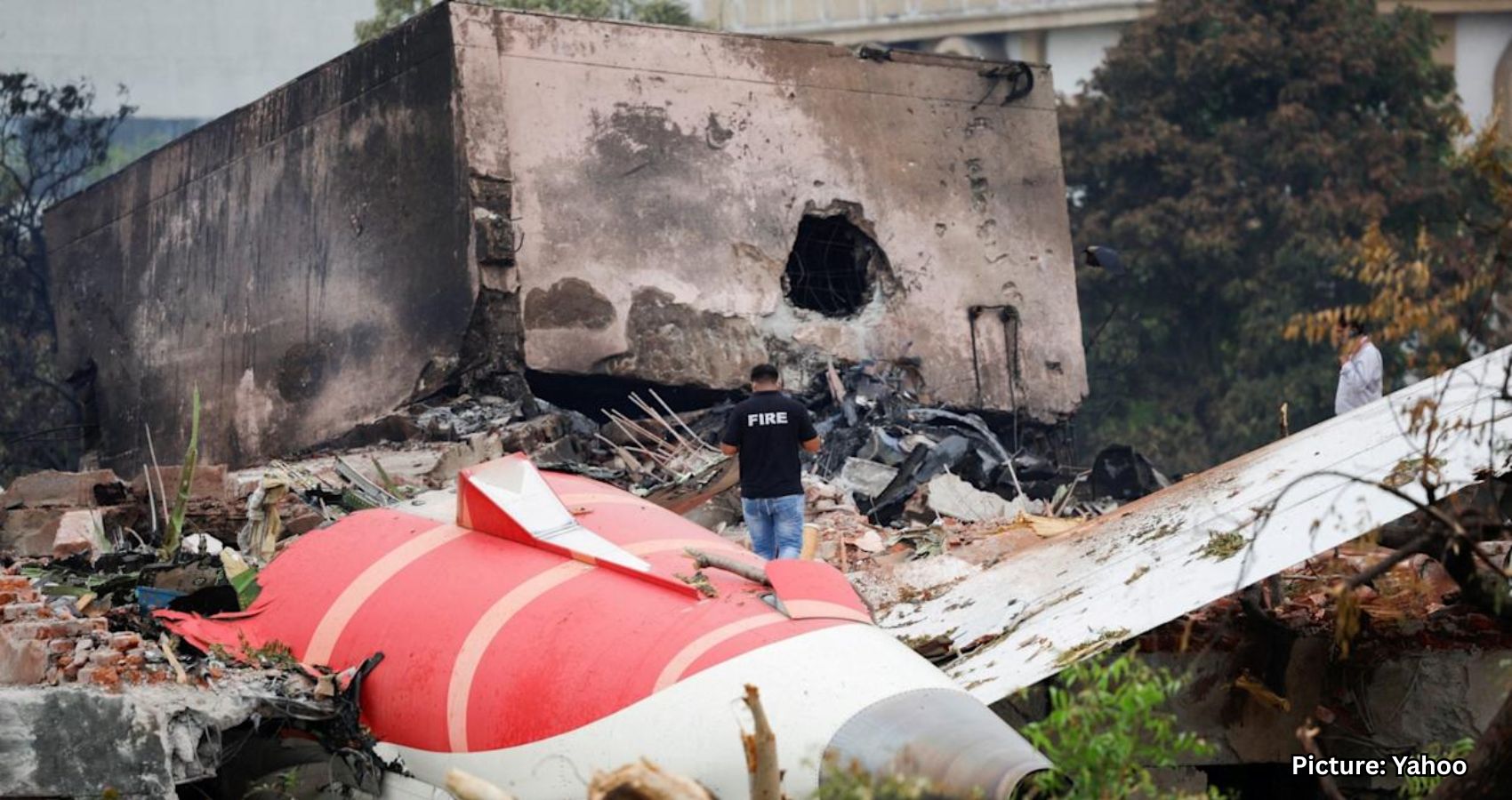
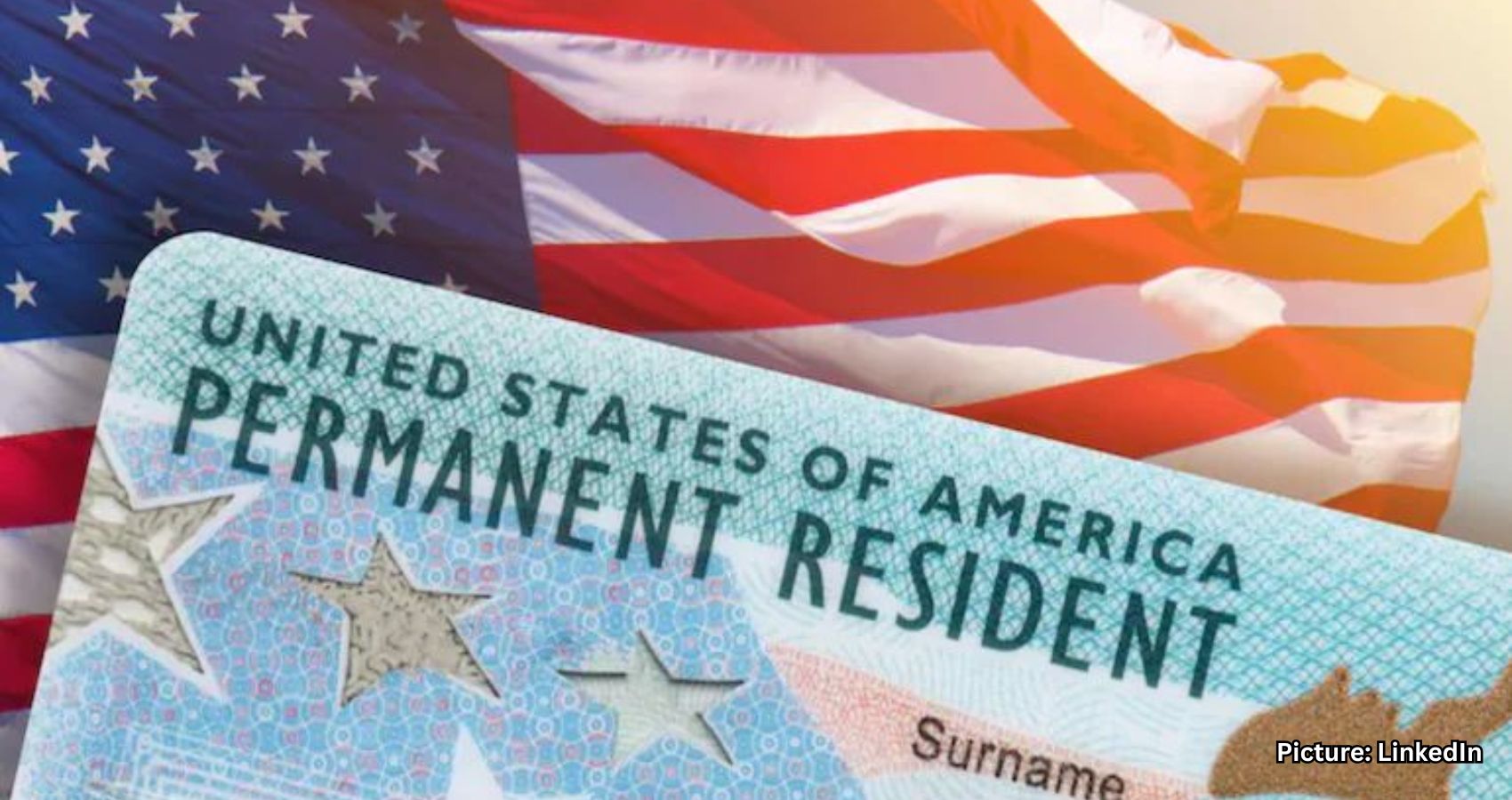
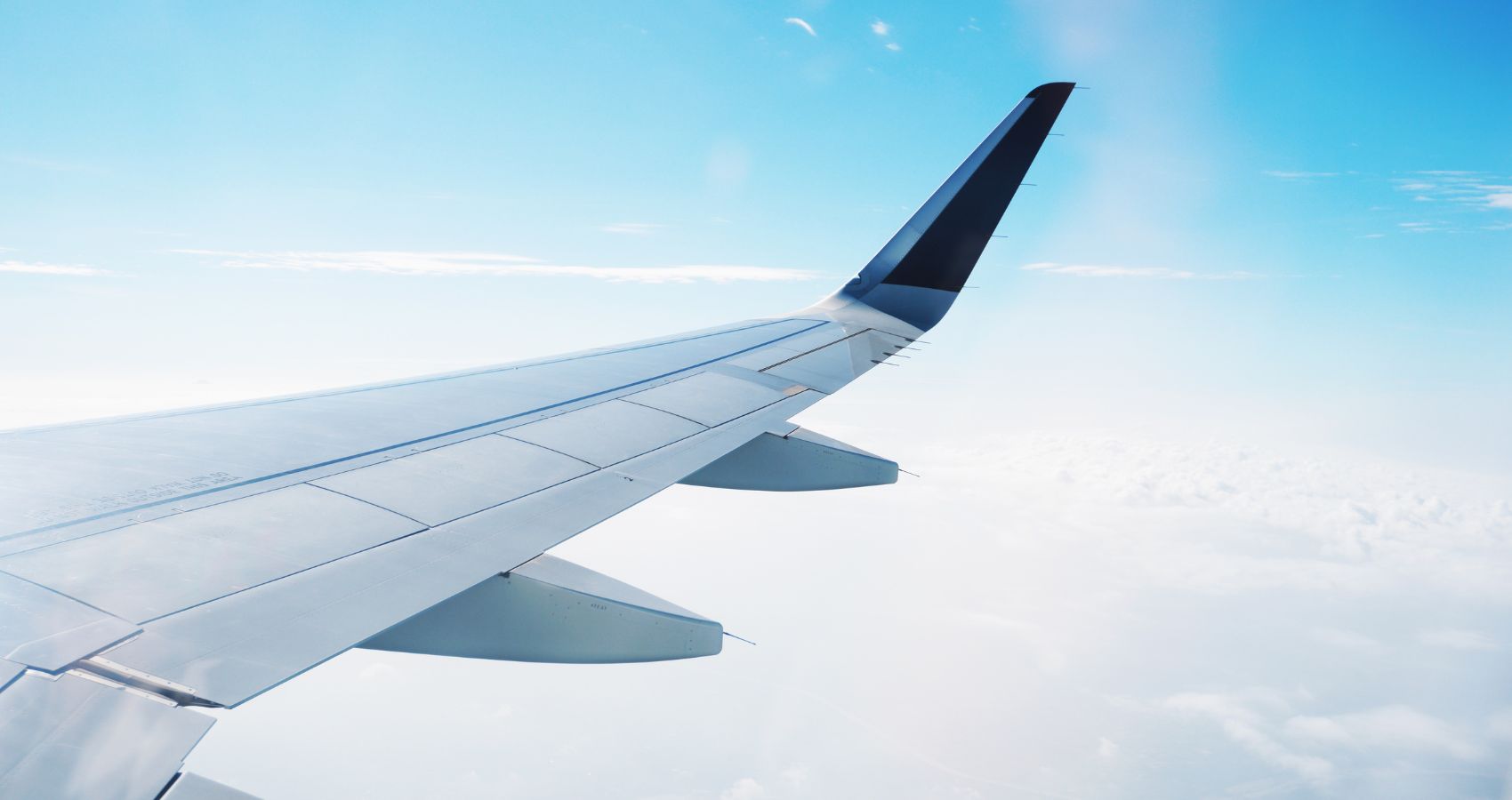
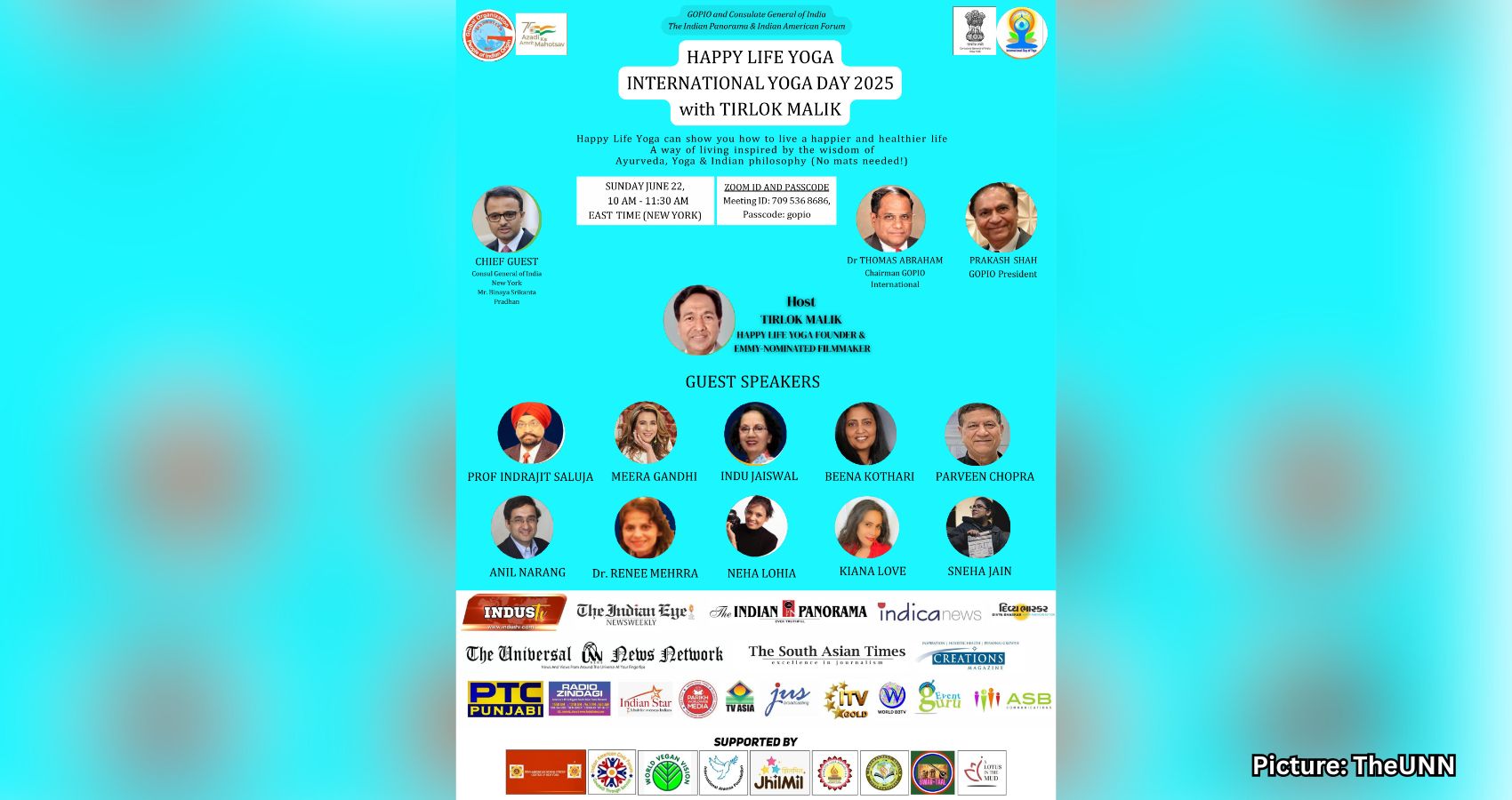
 The International Day of Yoga is a day of recognition for yoga, celebrated annually around the world on 21 June, following its adoption by the
The International Day of Yoga is a day of recognition for yoga, celebrated annually around the world on 21 June, following its adoption by the 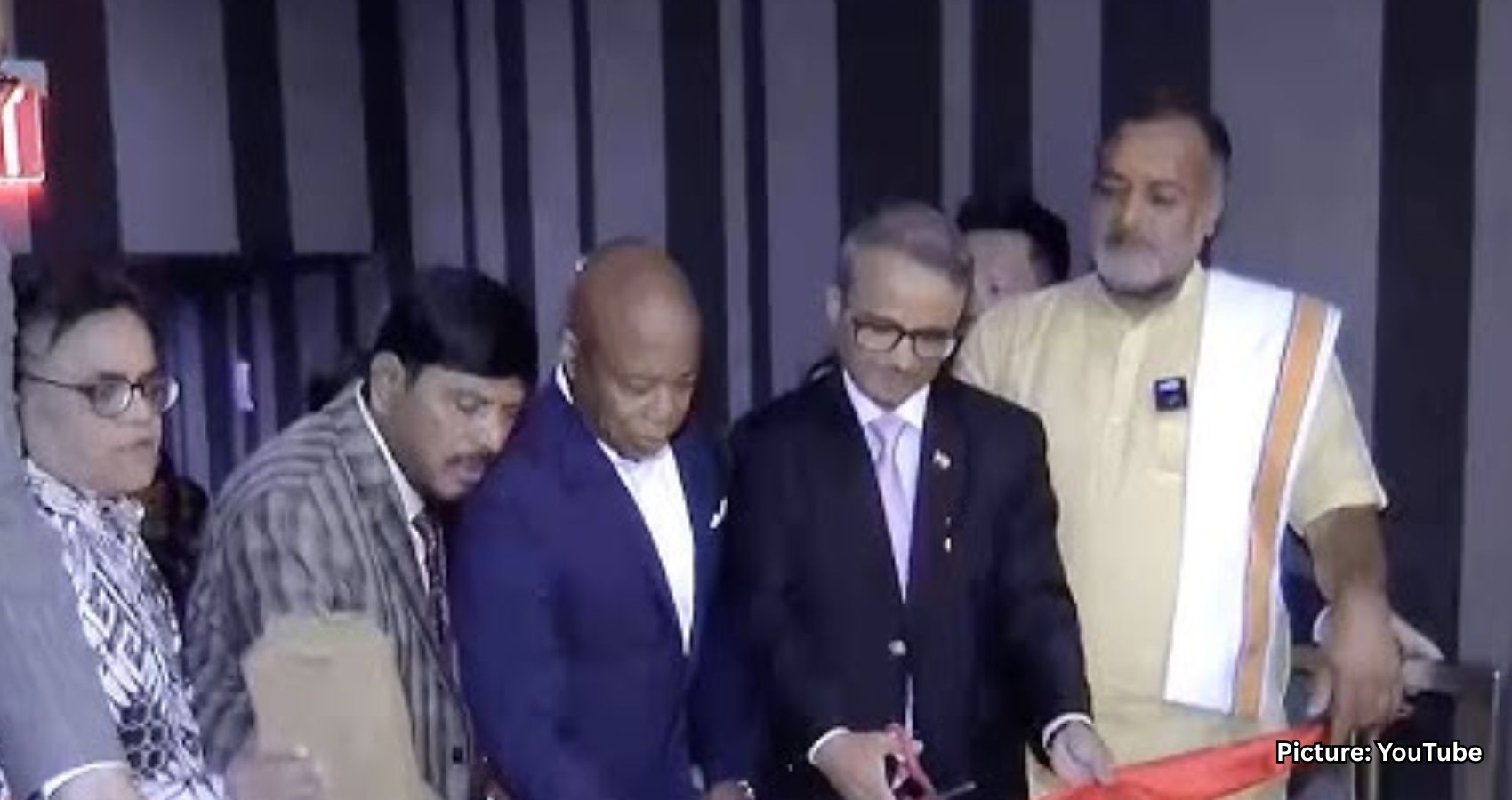
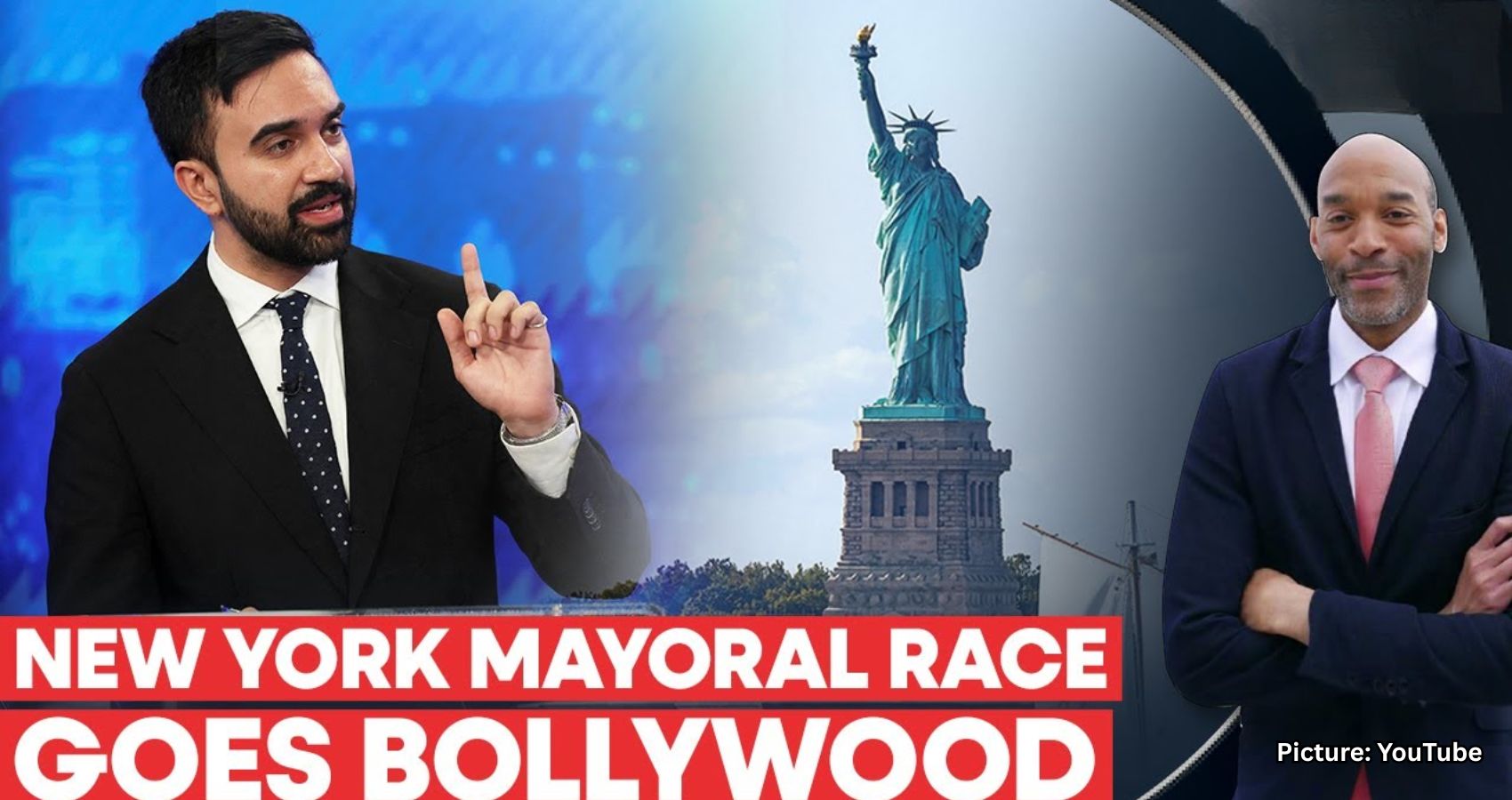
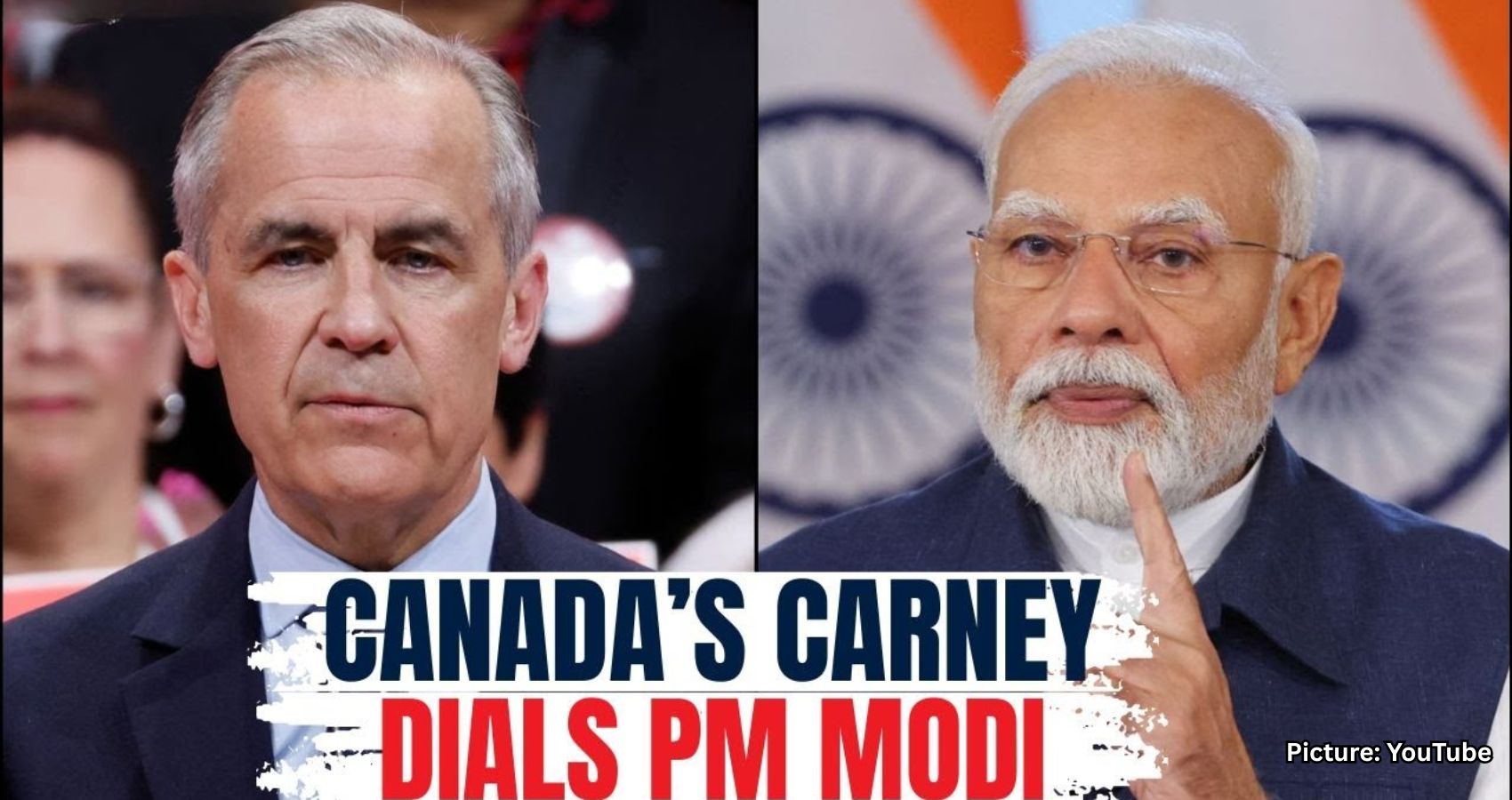
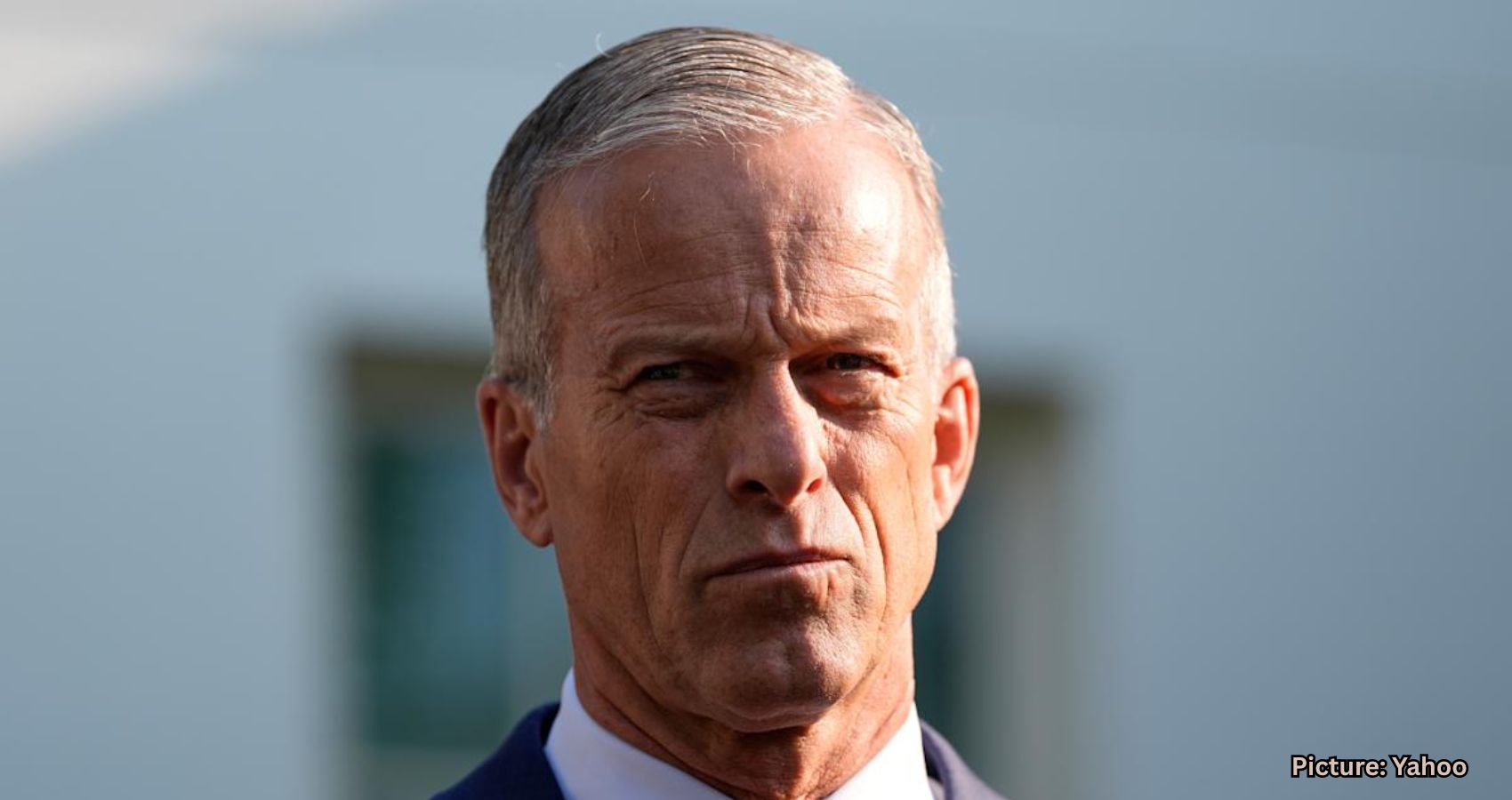
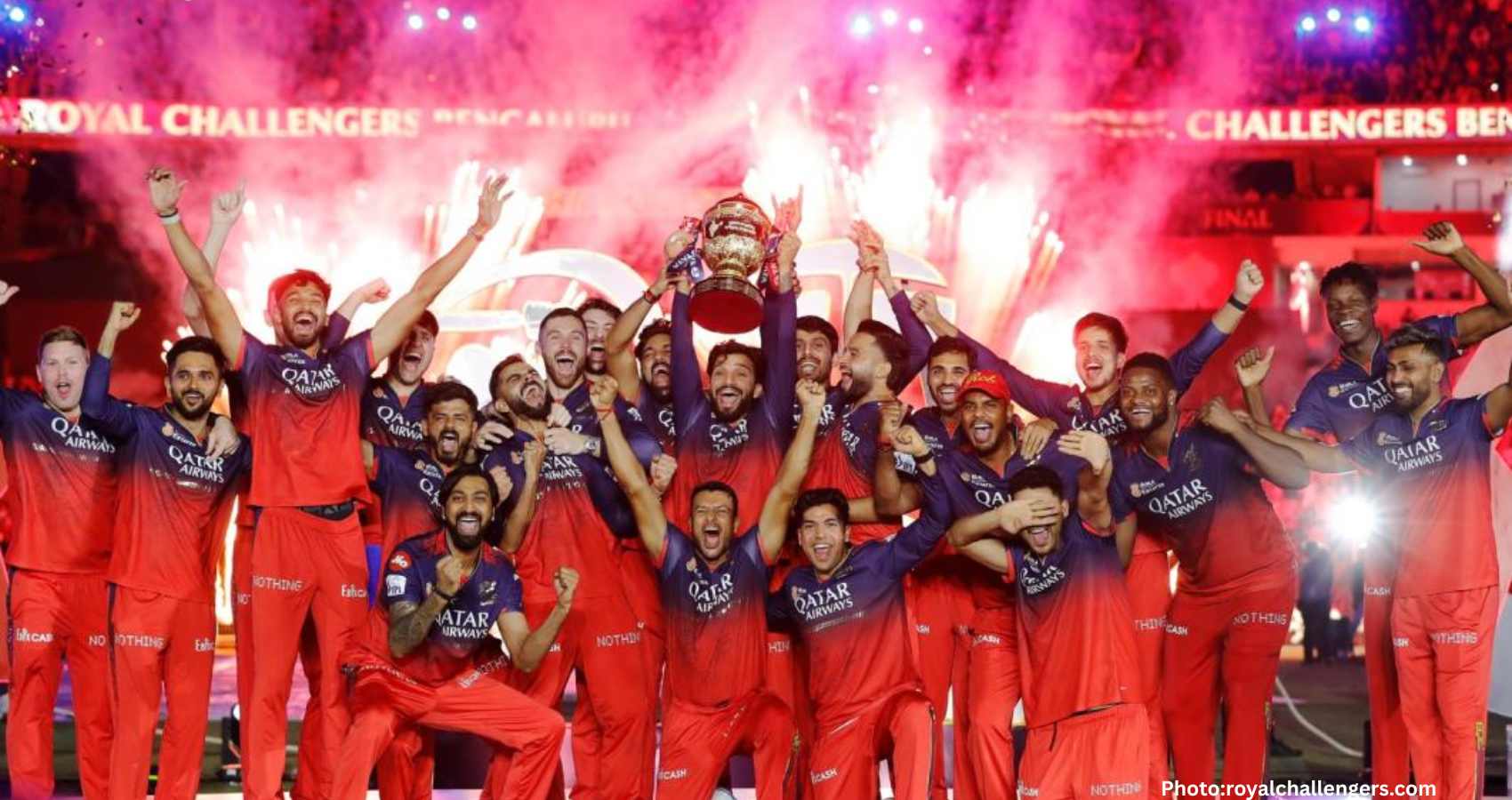
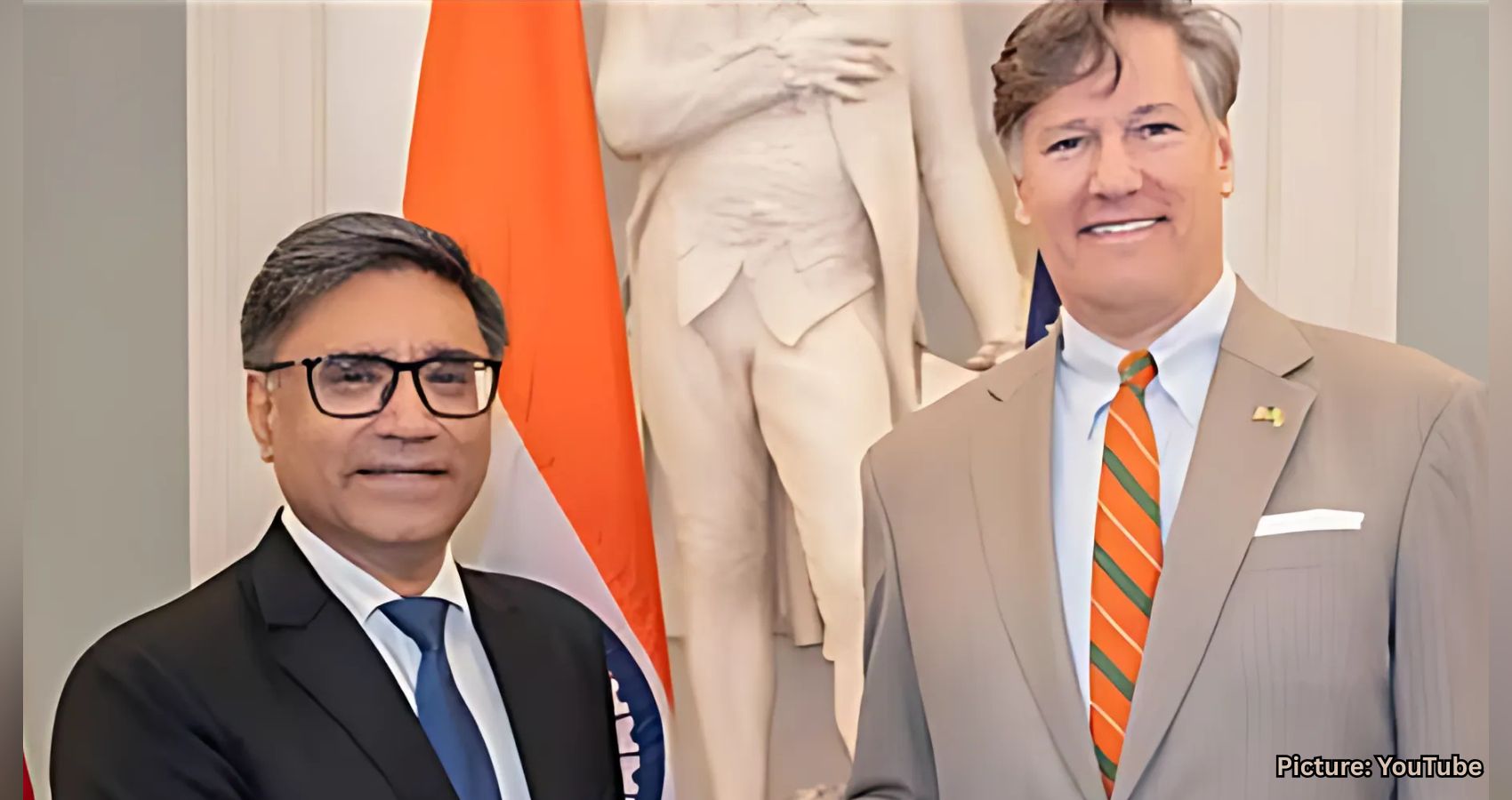
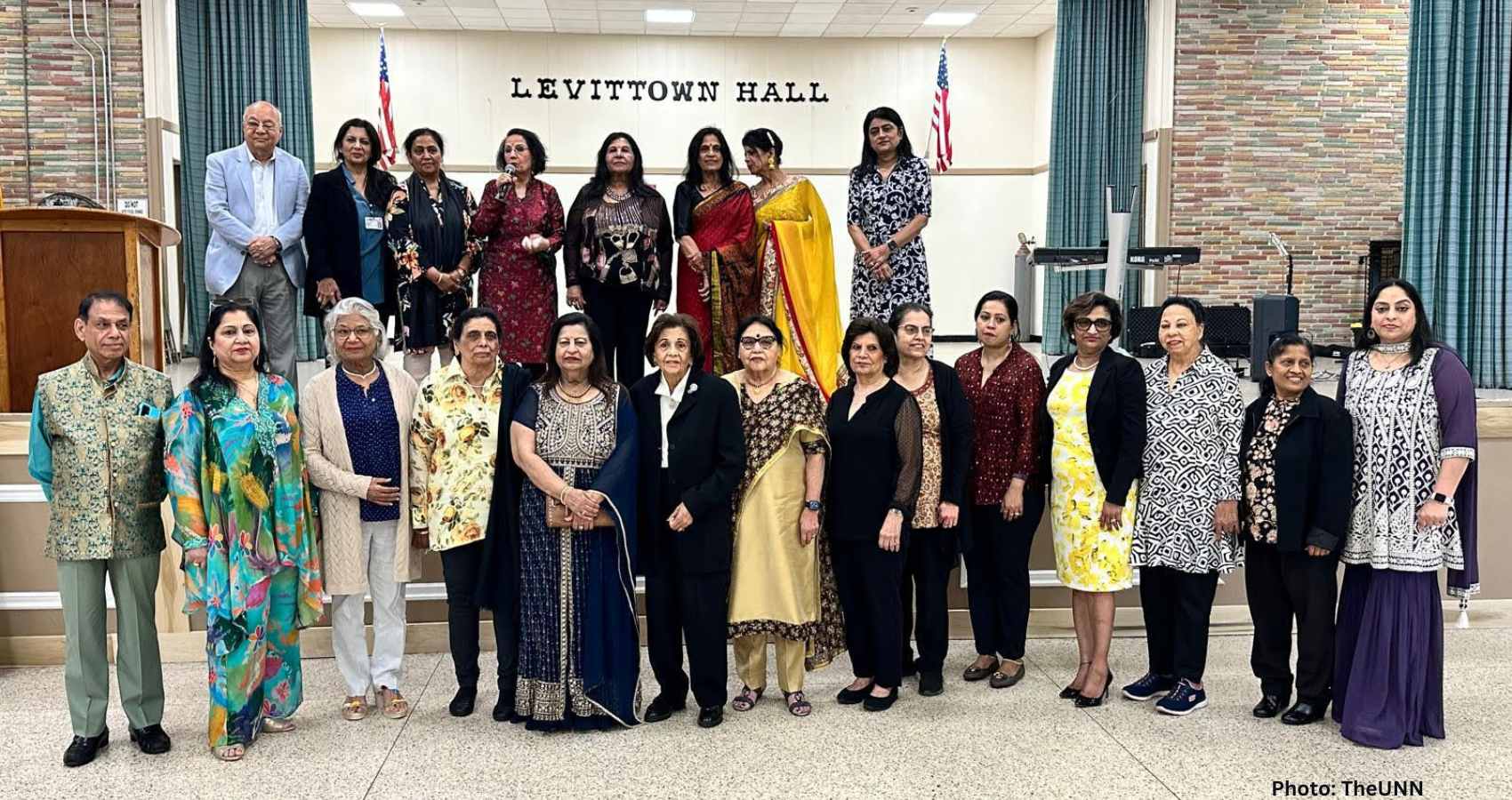
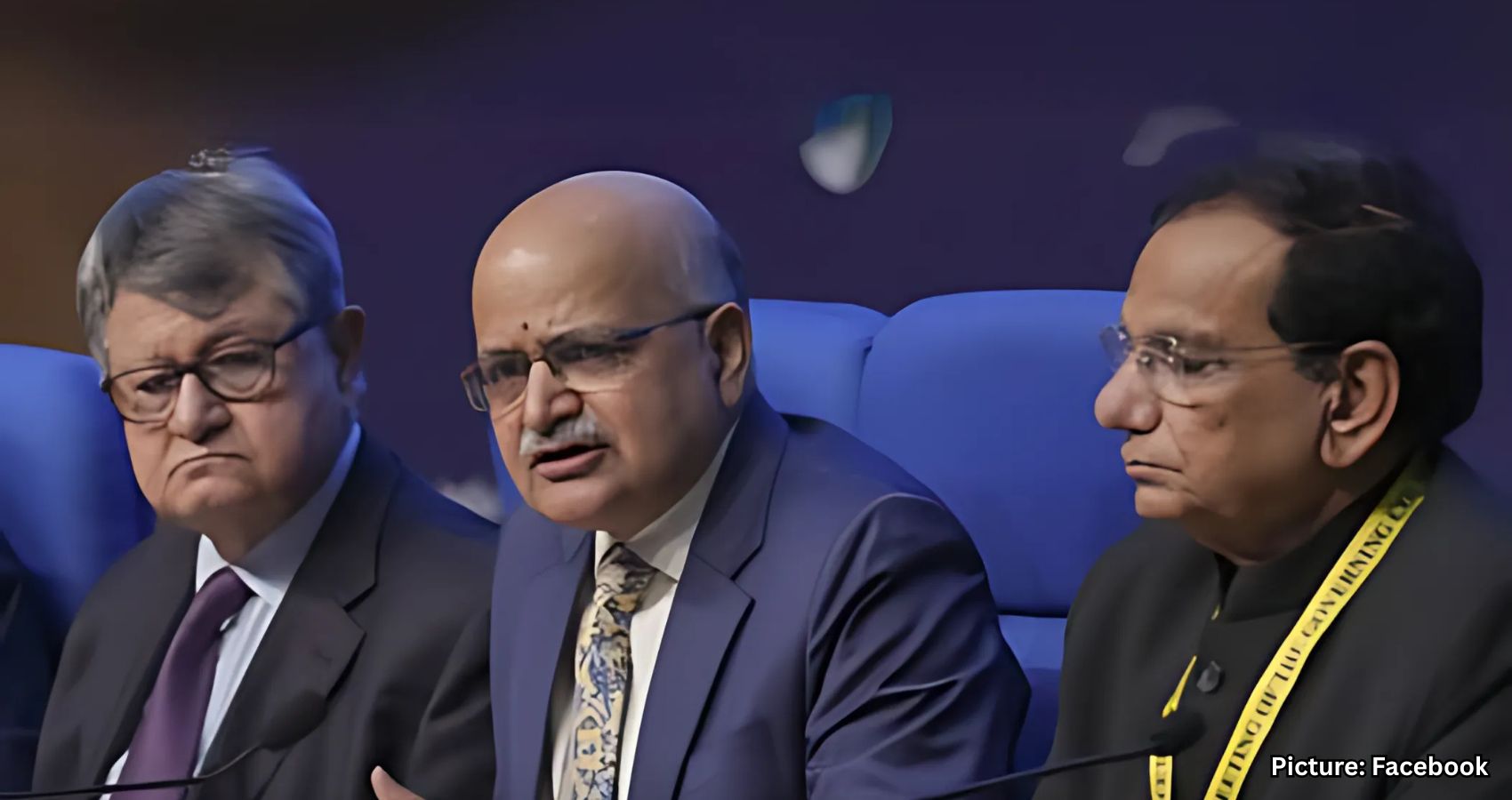
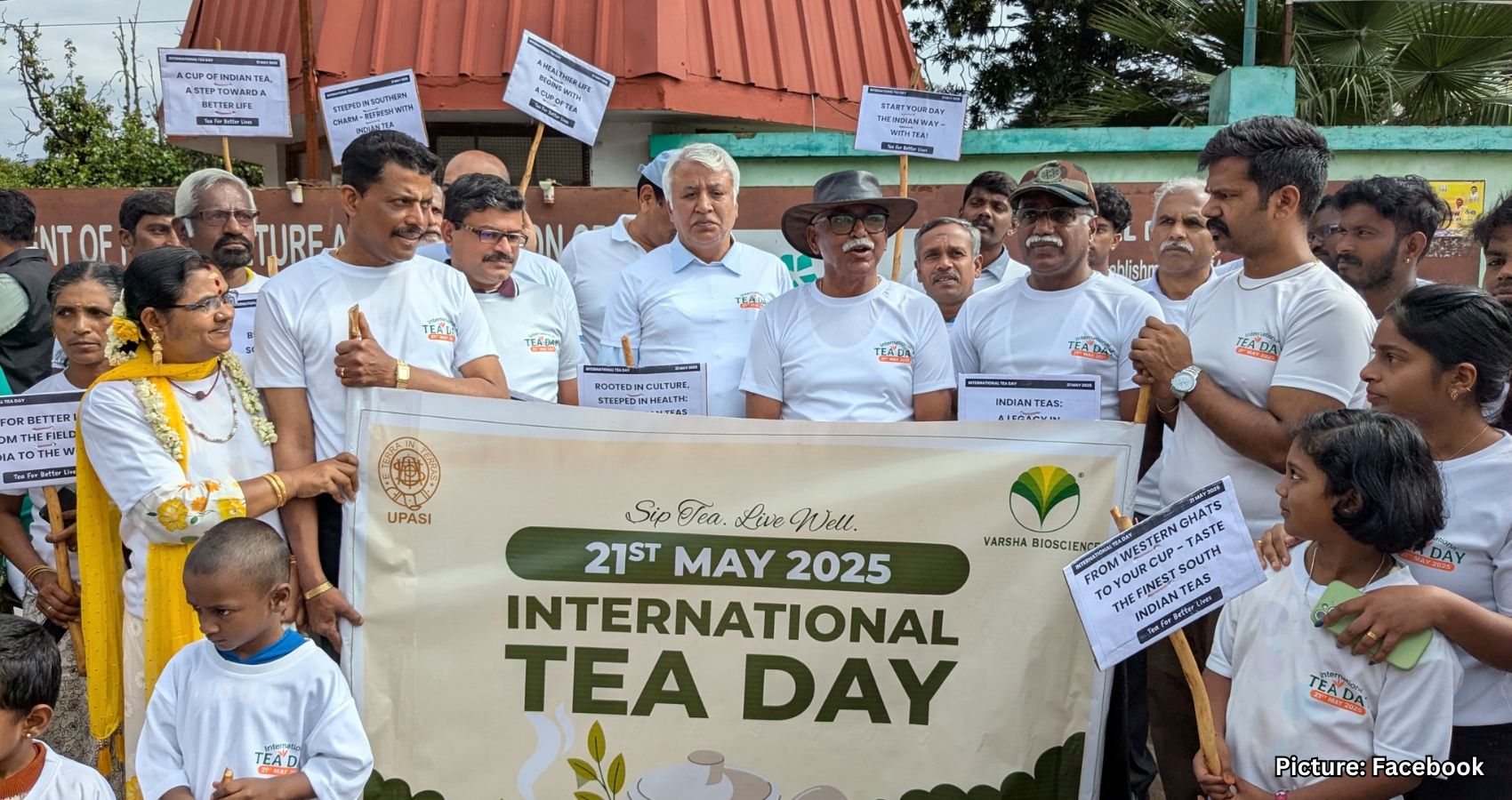
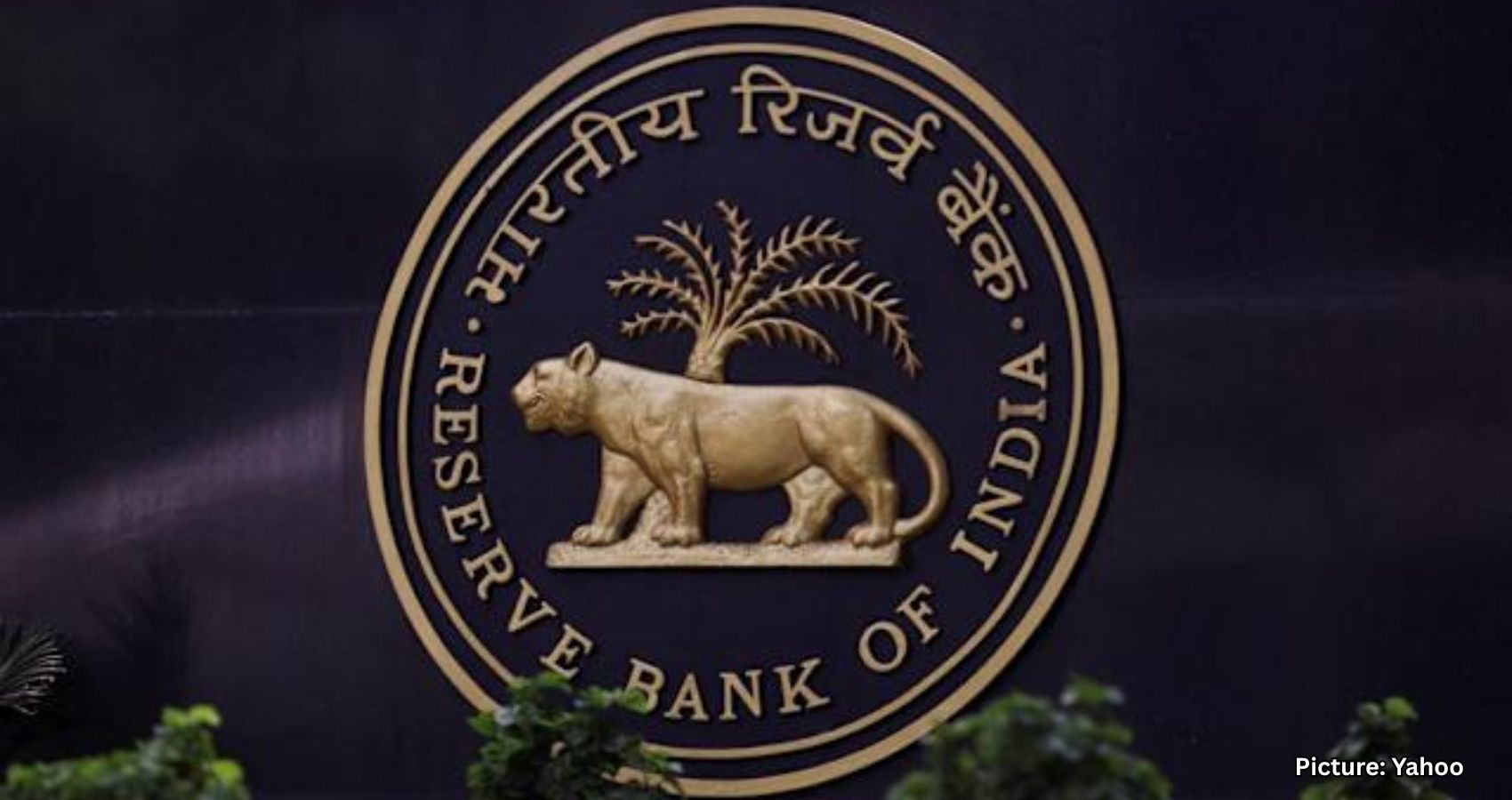
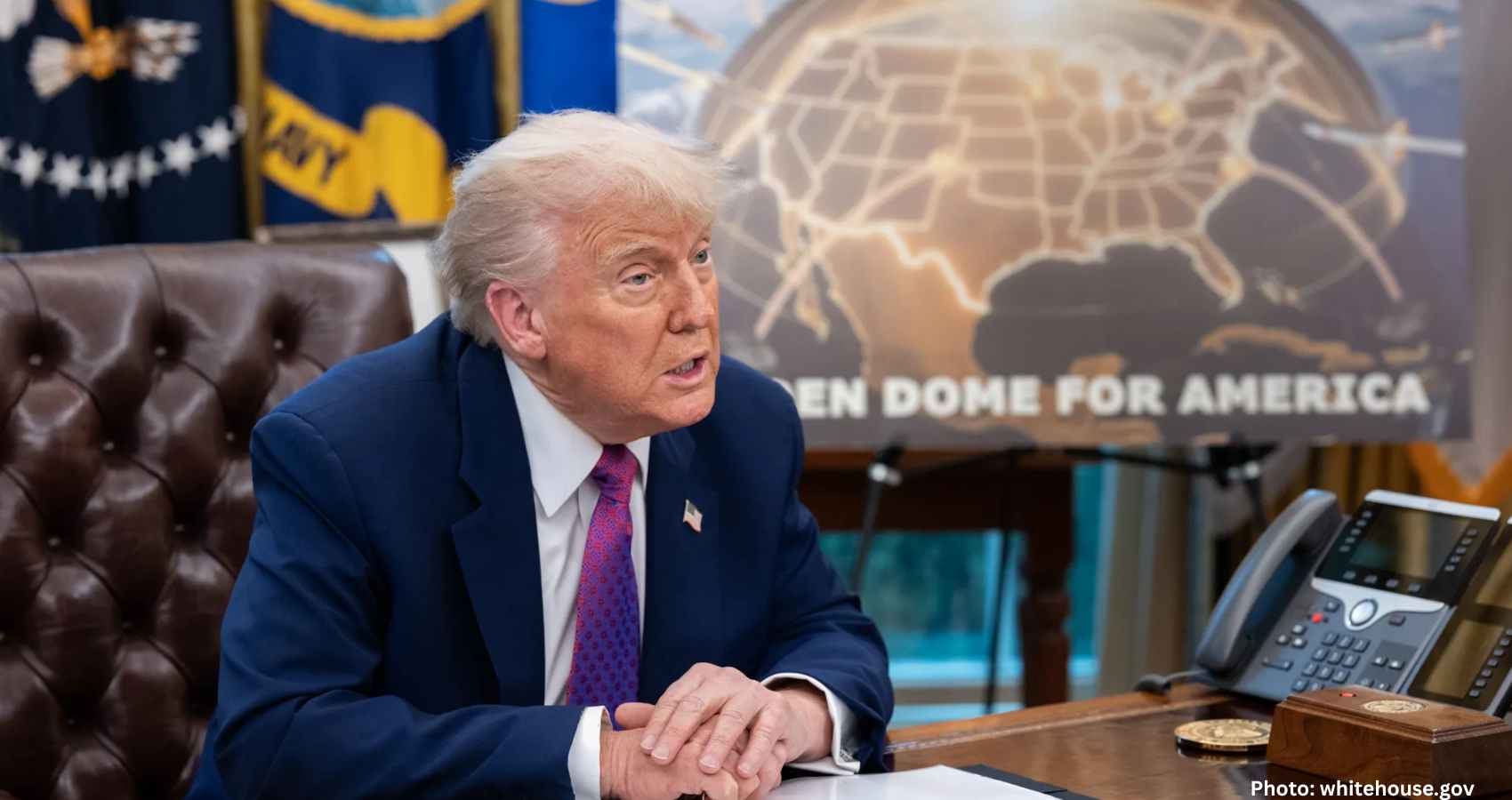
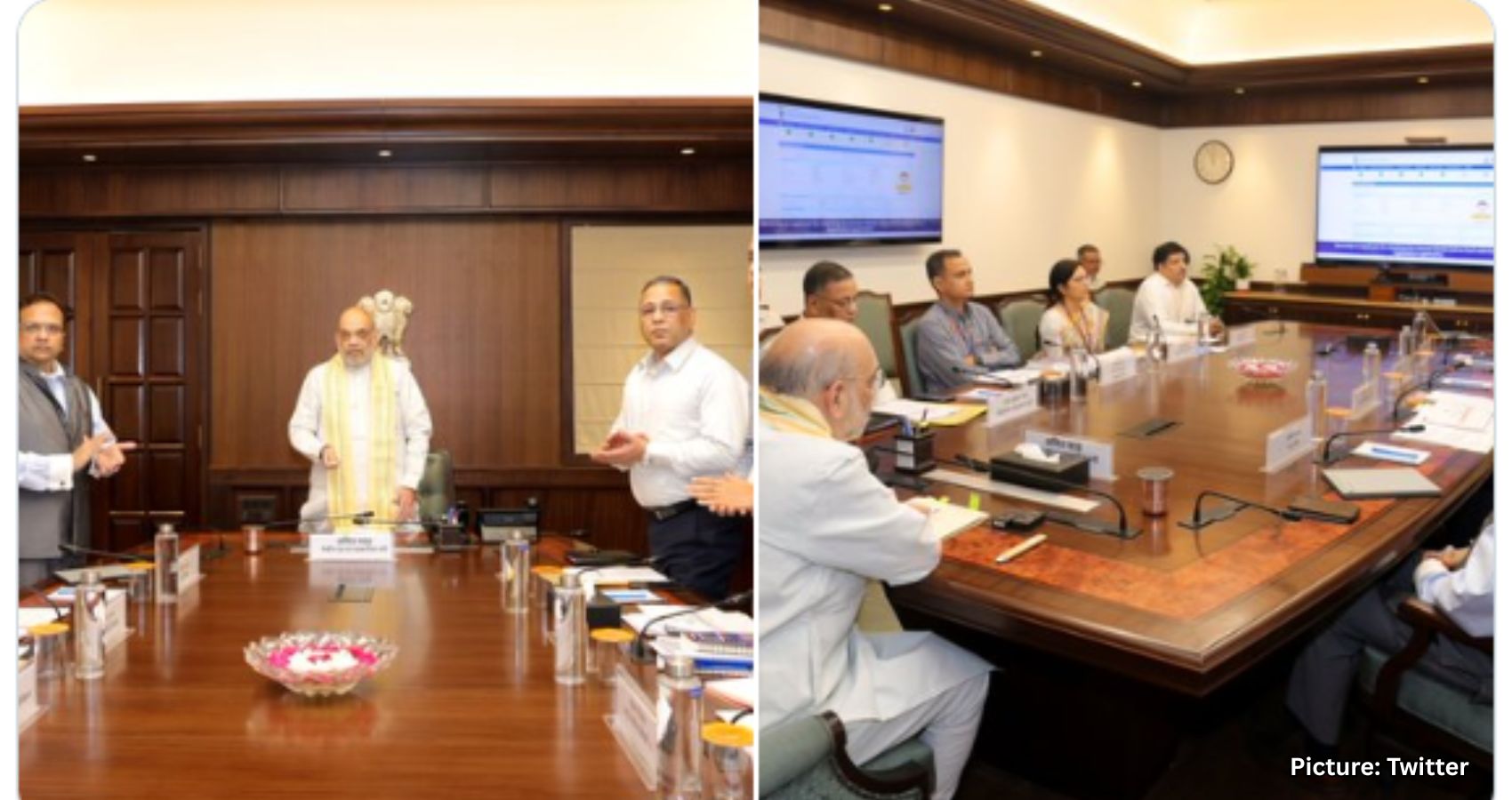
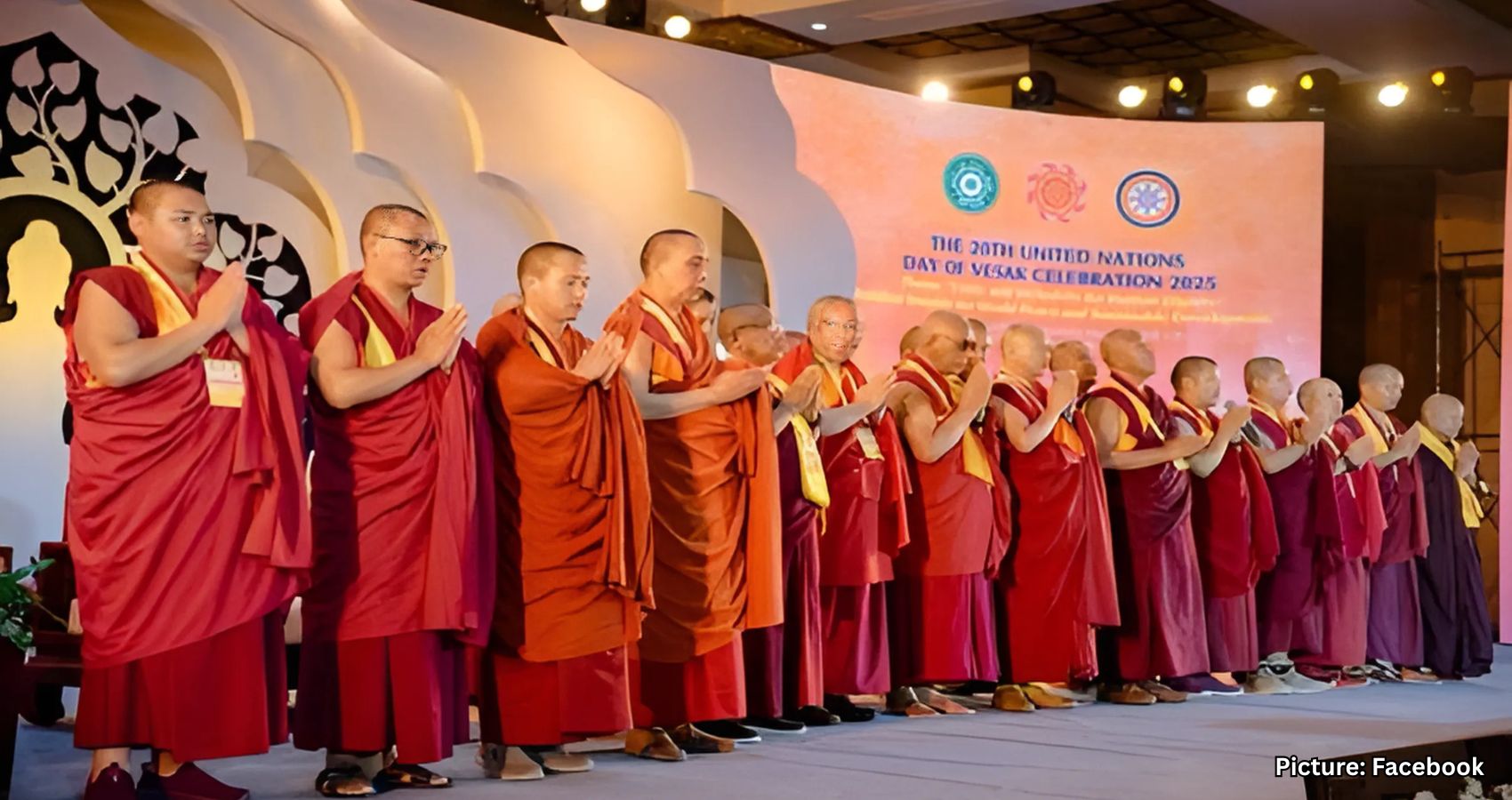
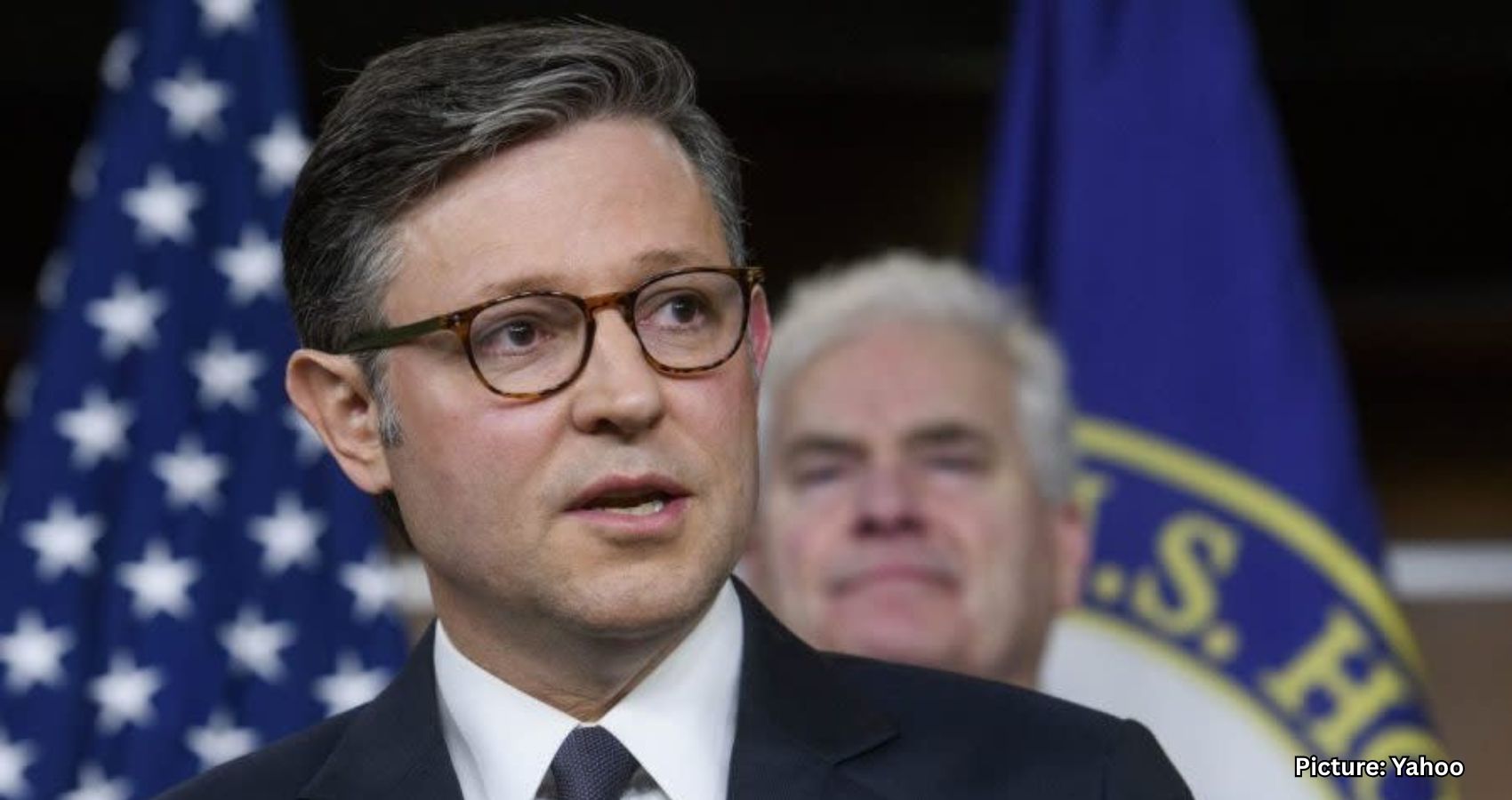
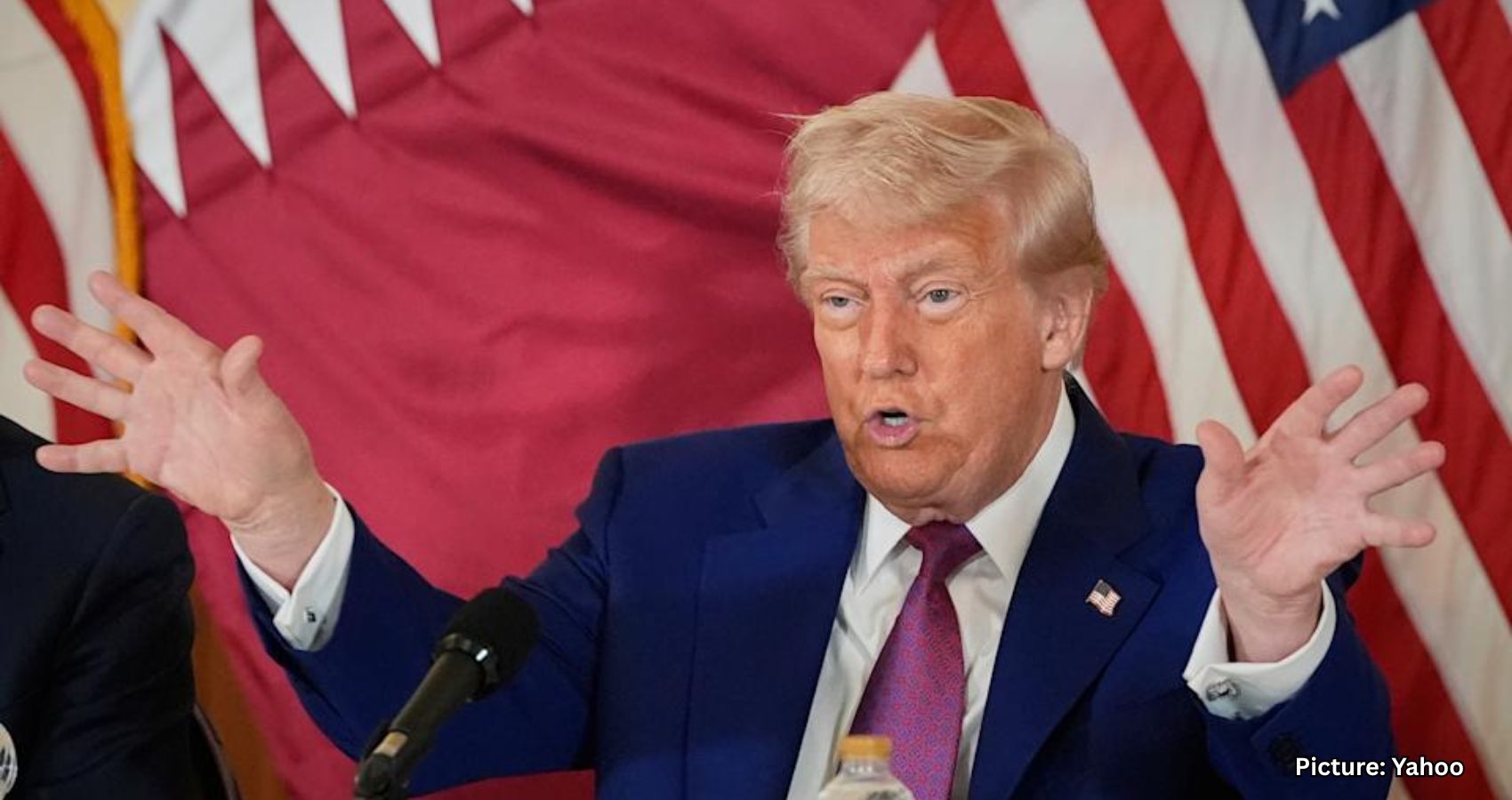
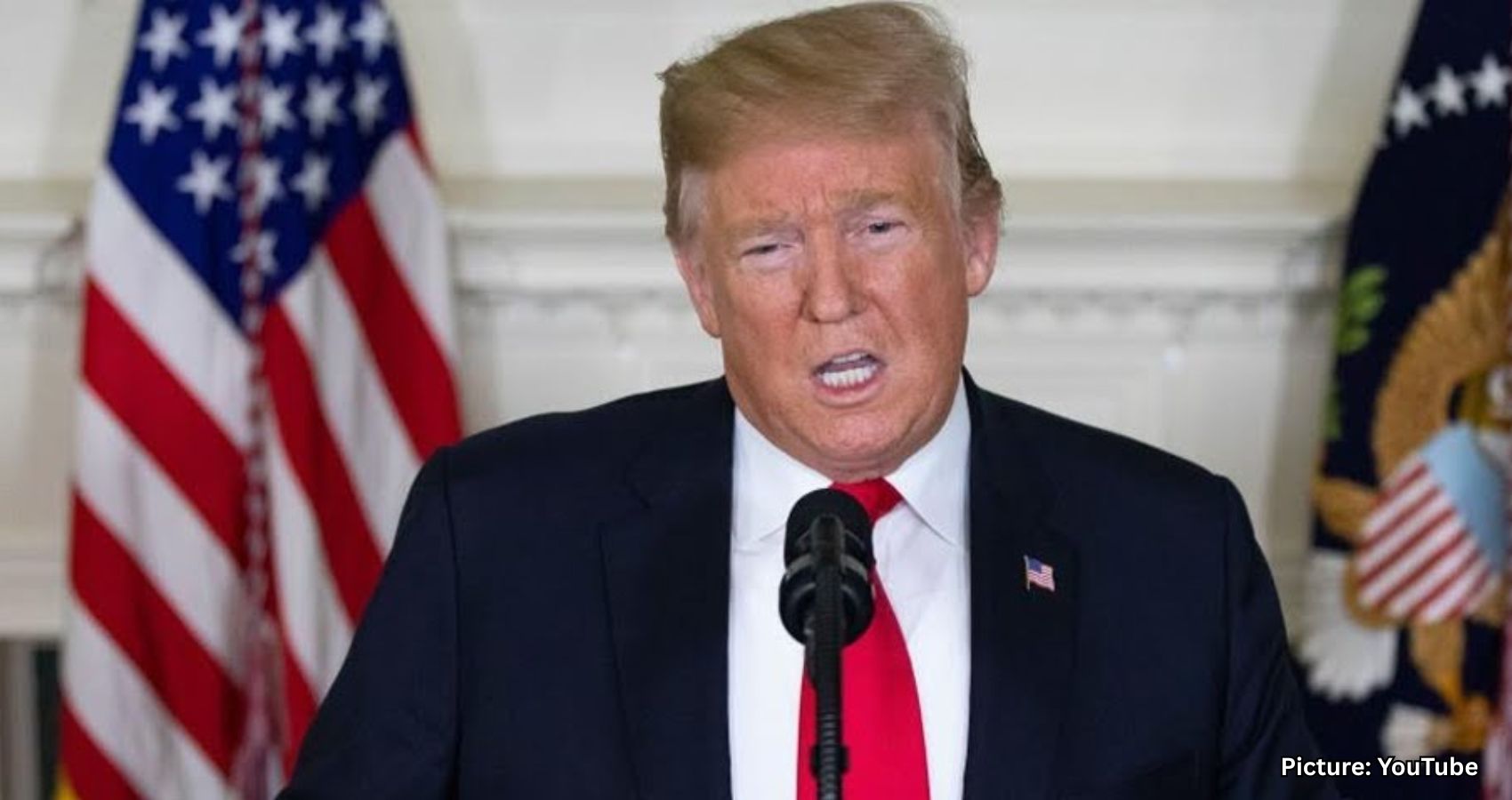
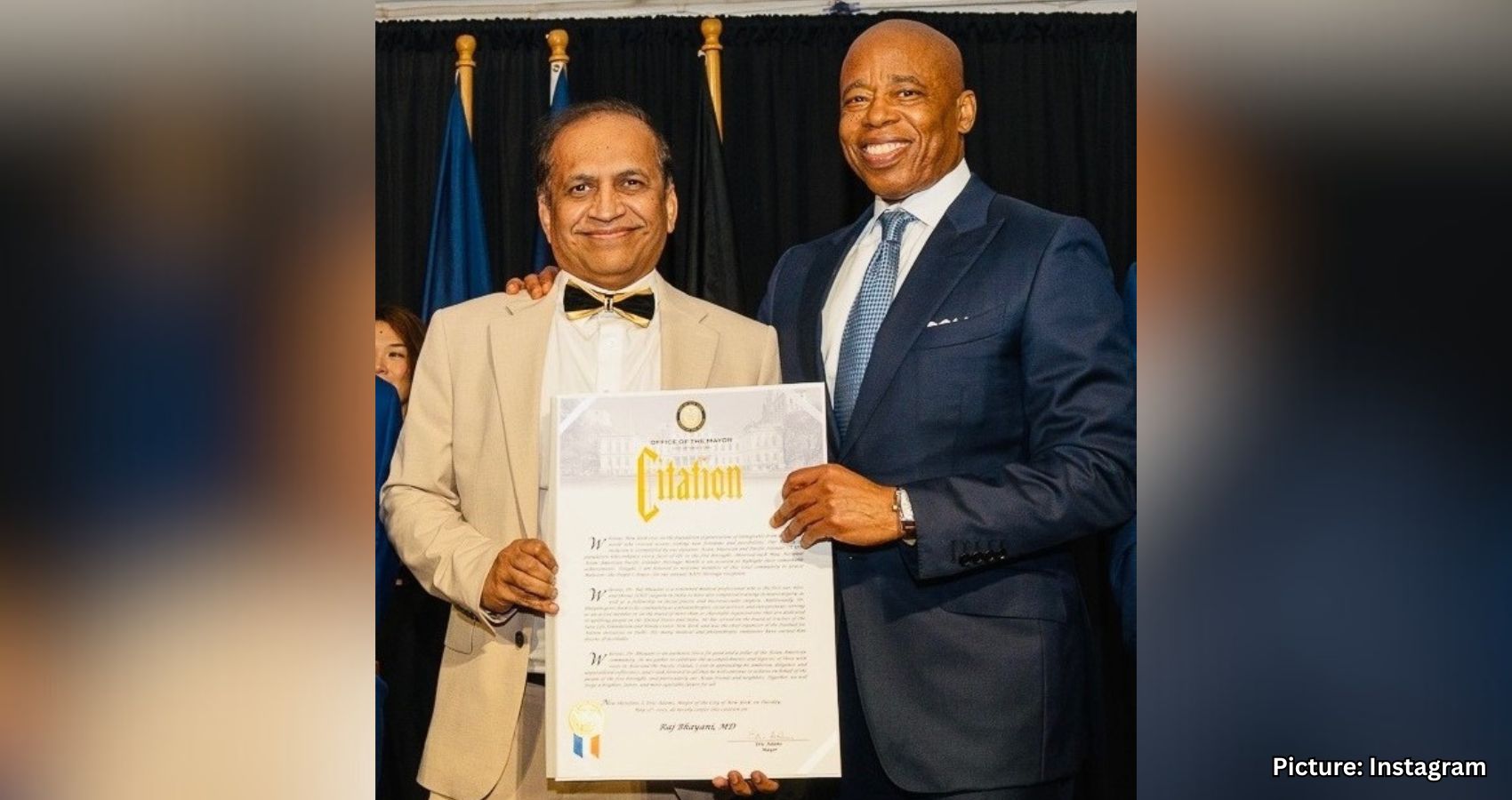
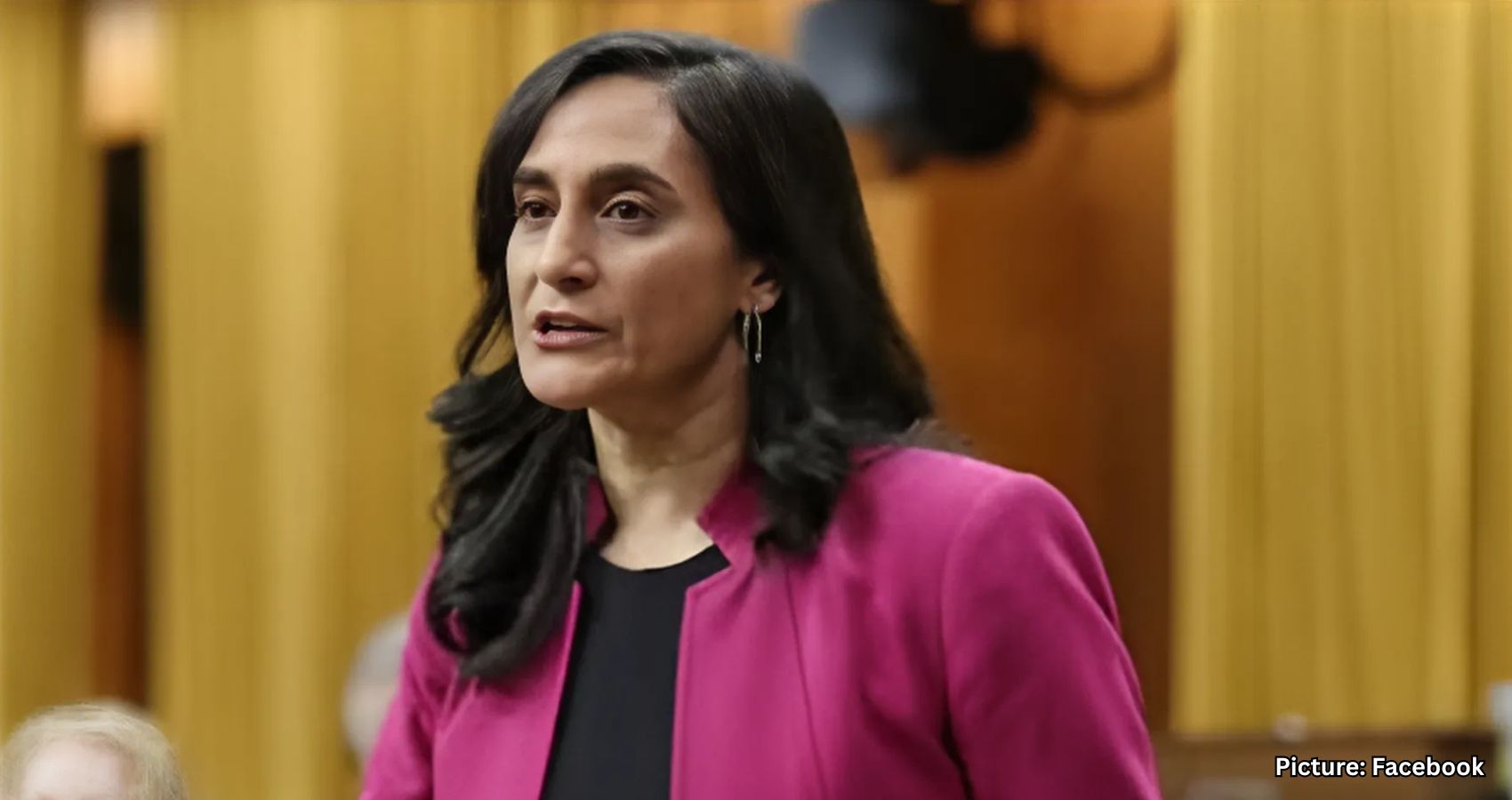

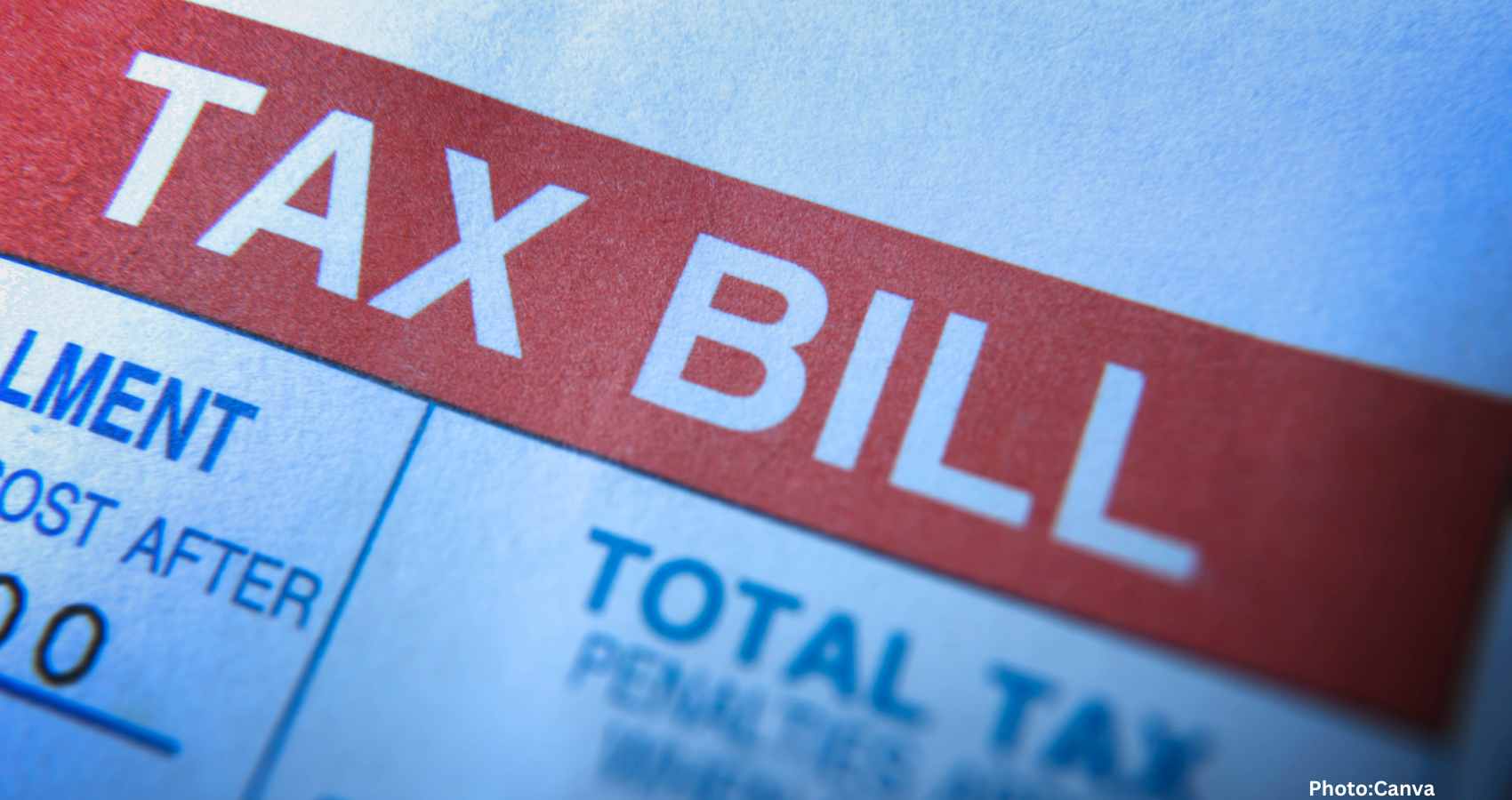
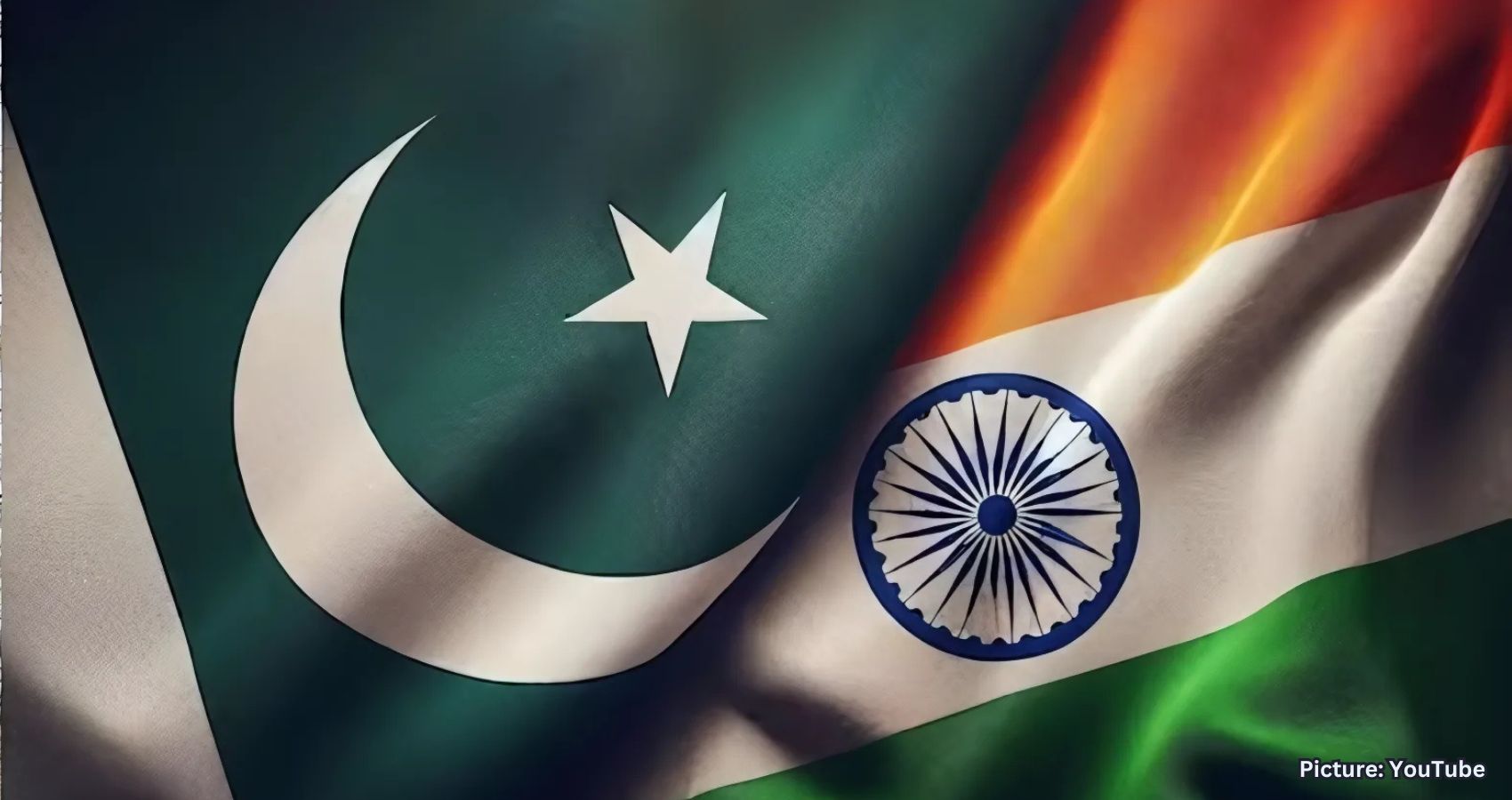
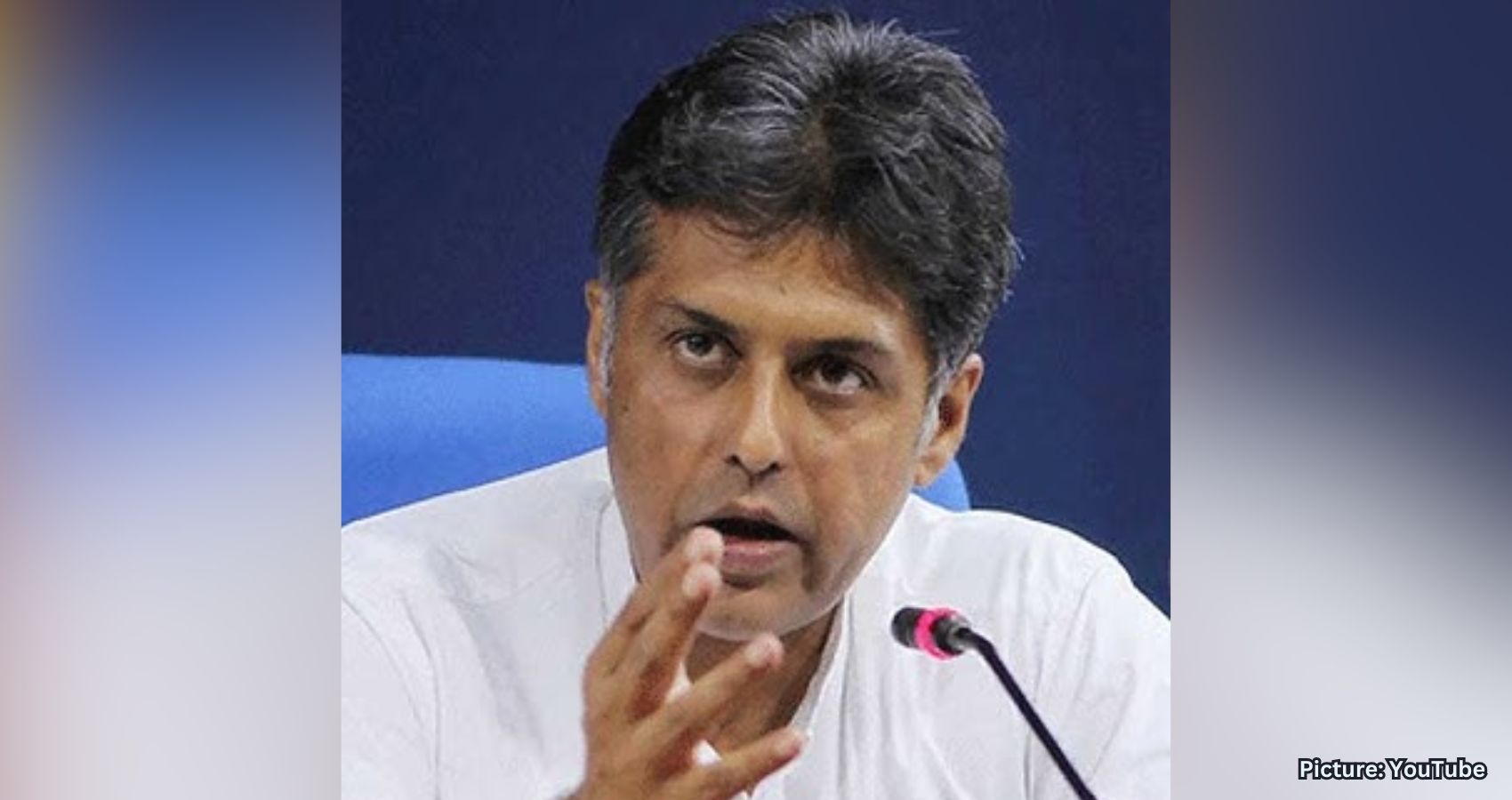
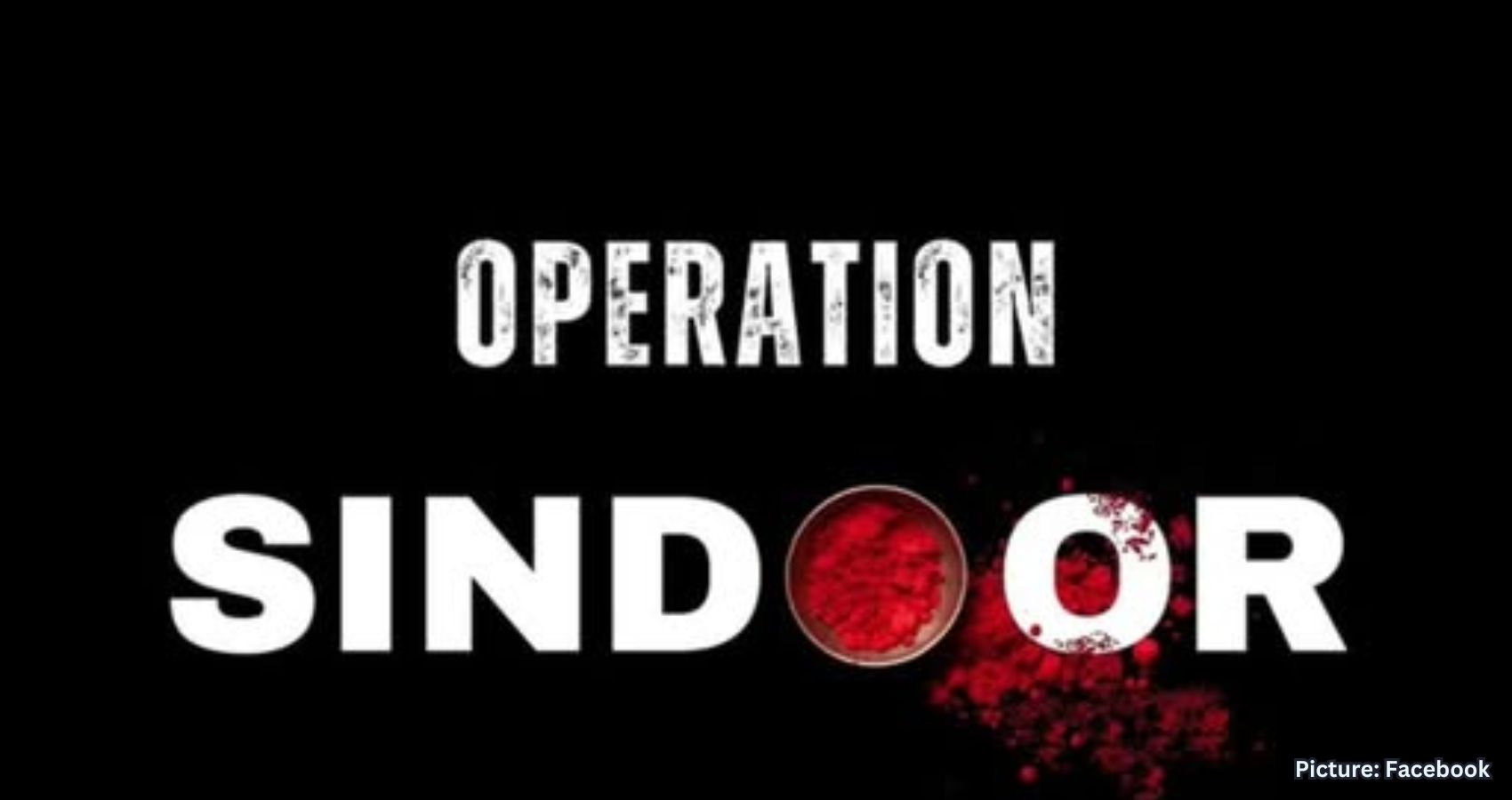
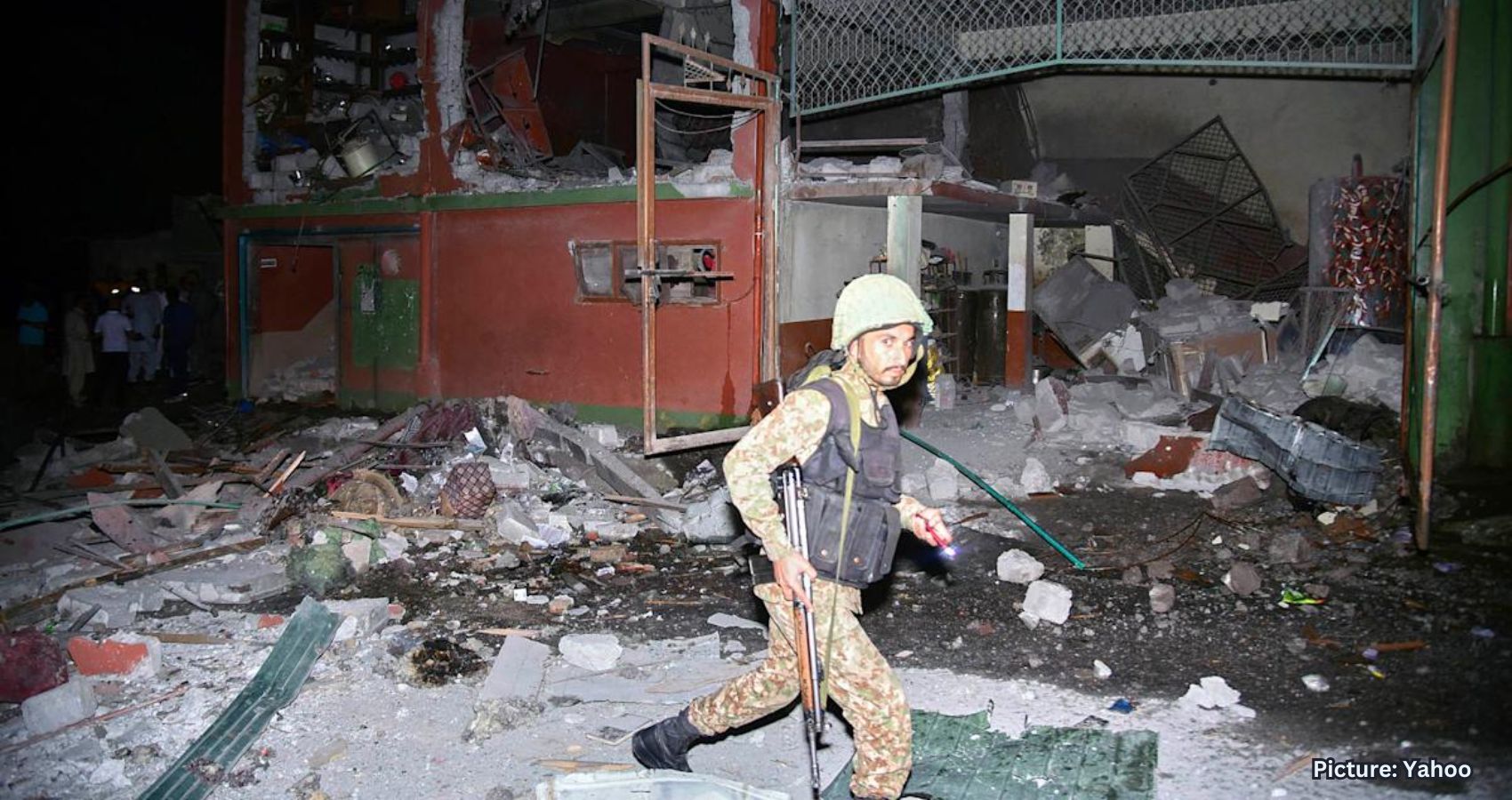

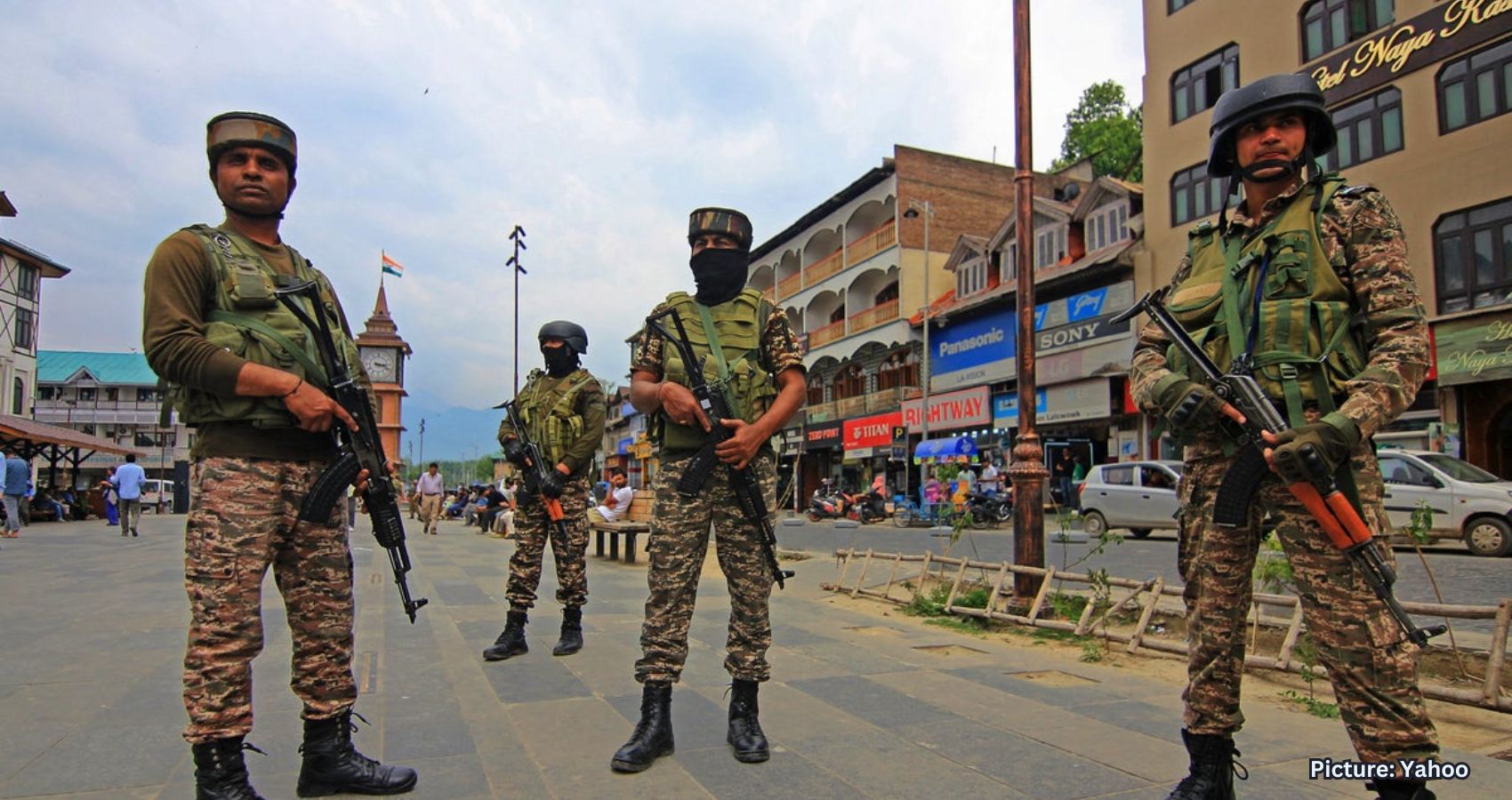
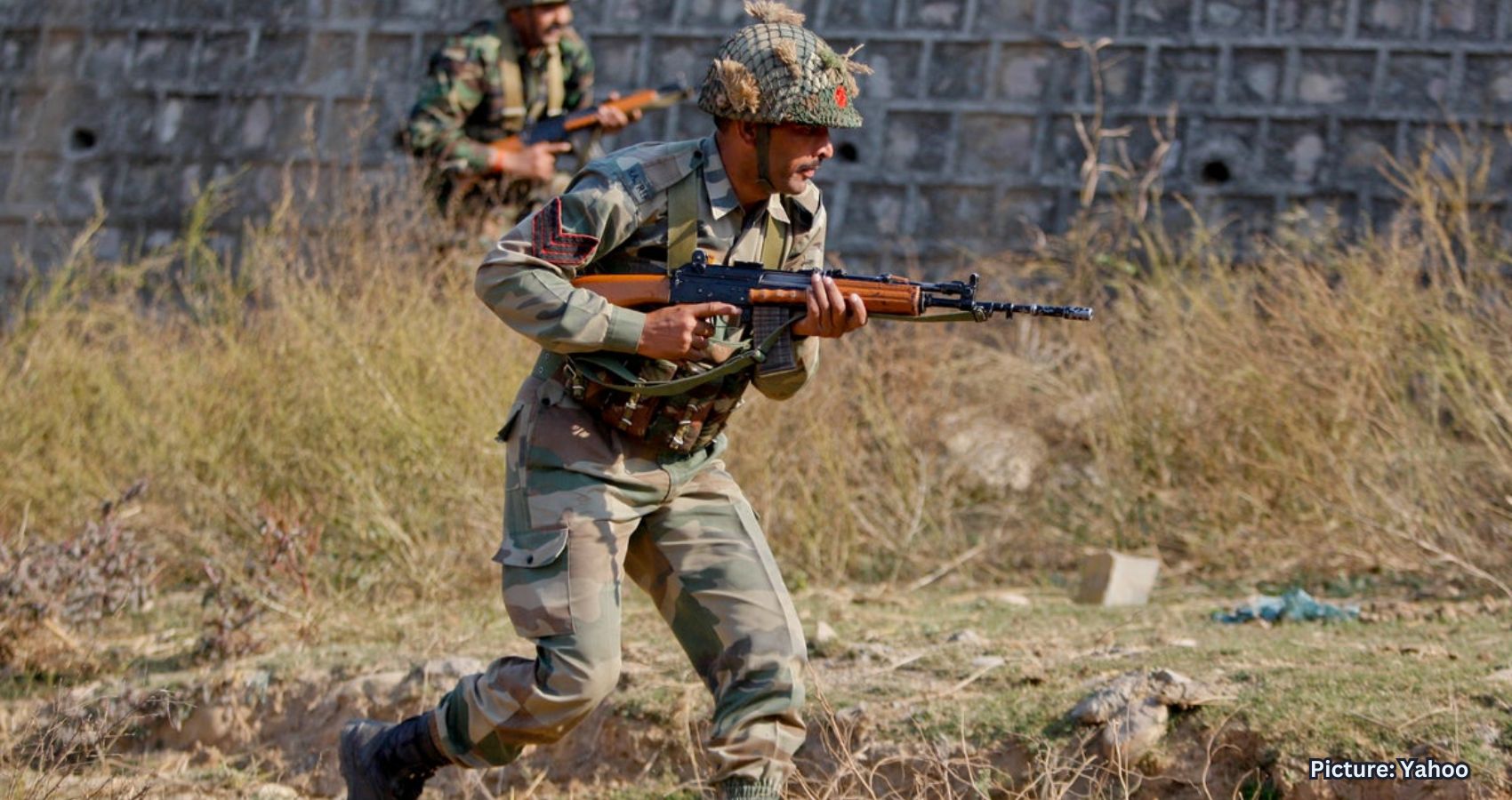
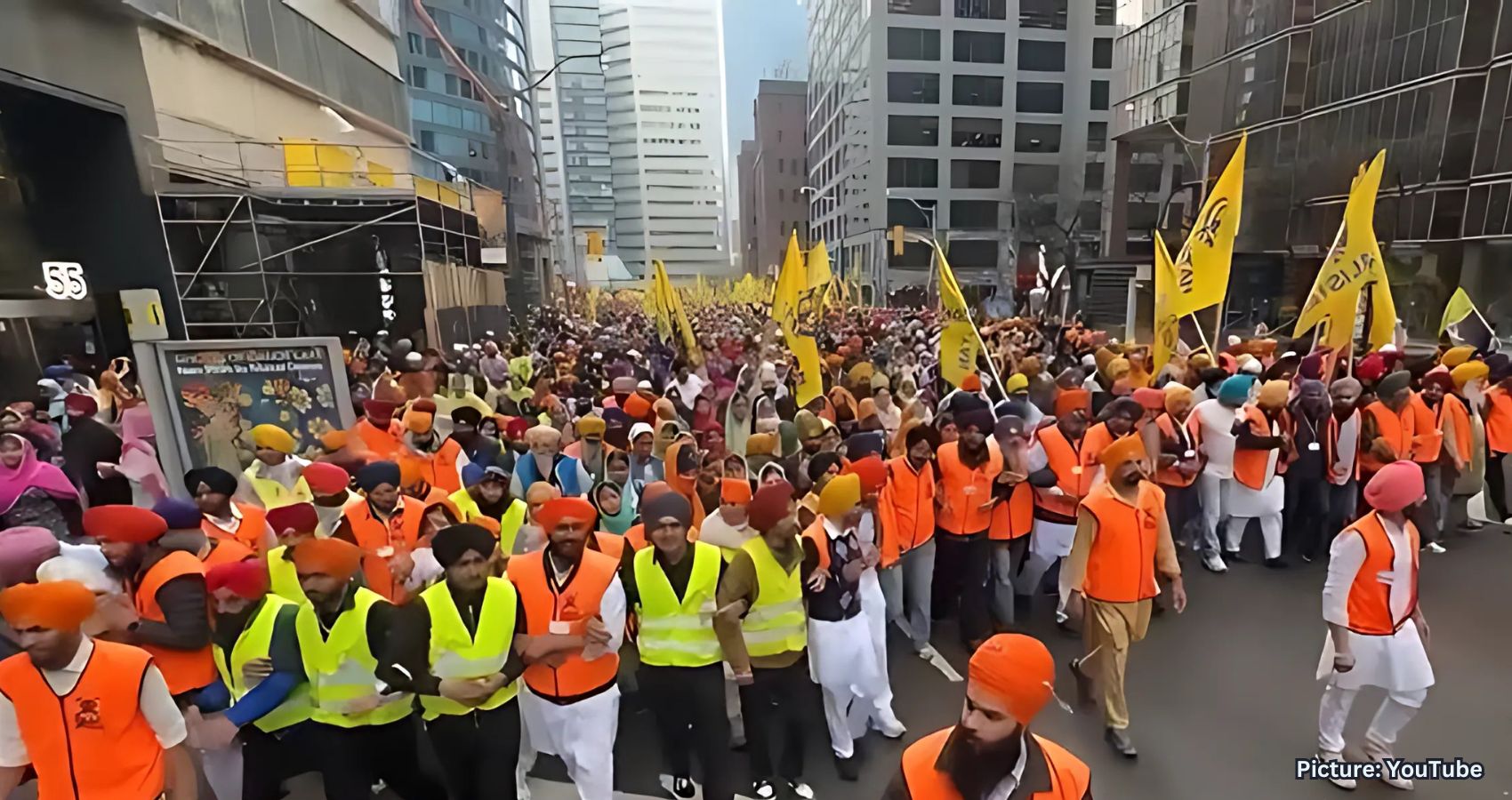
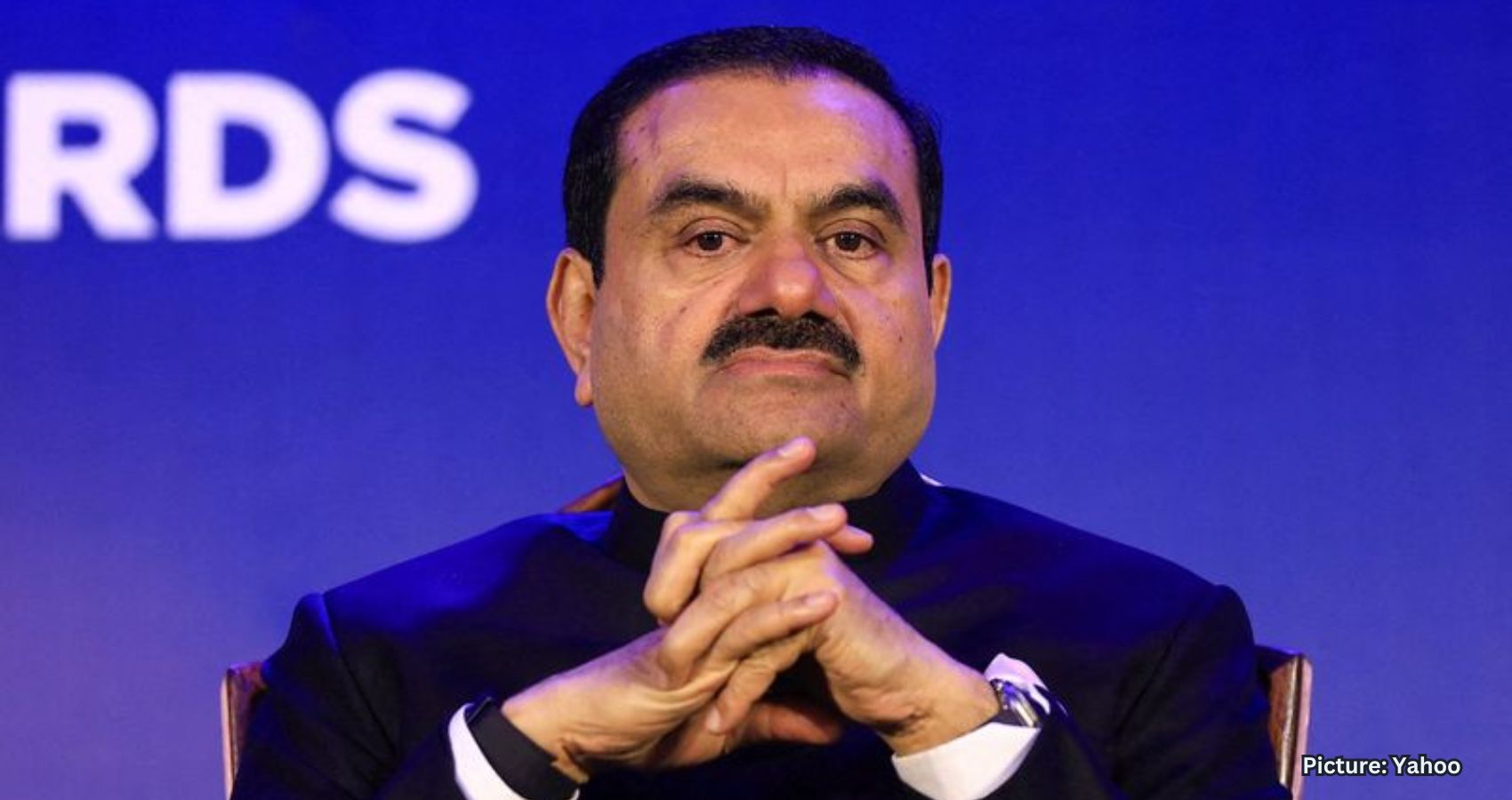
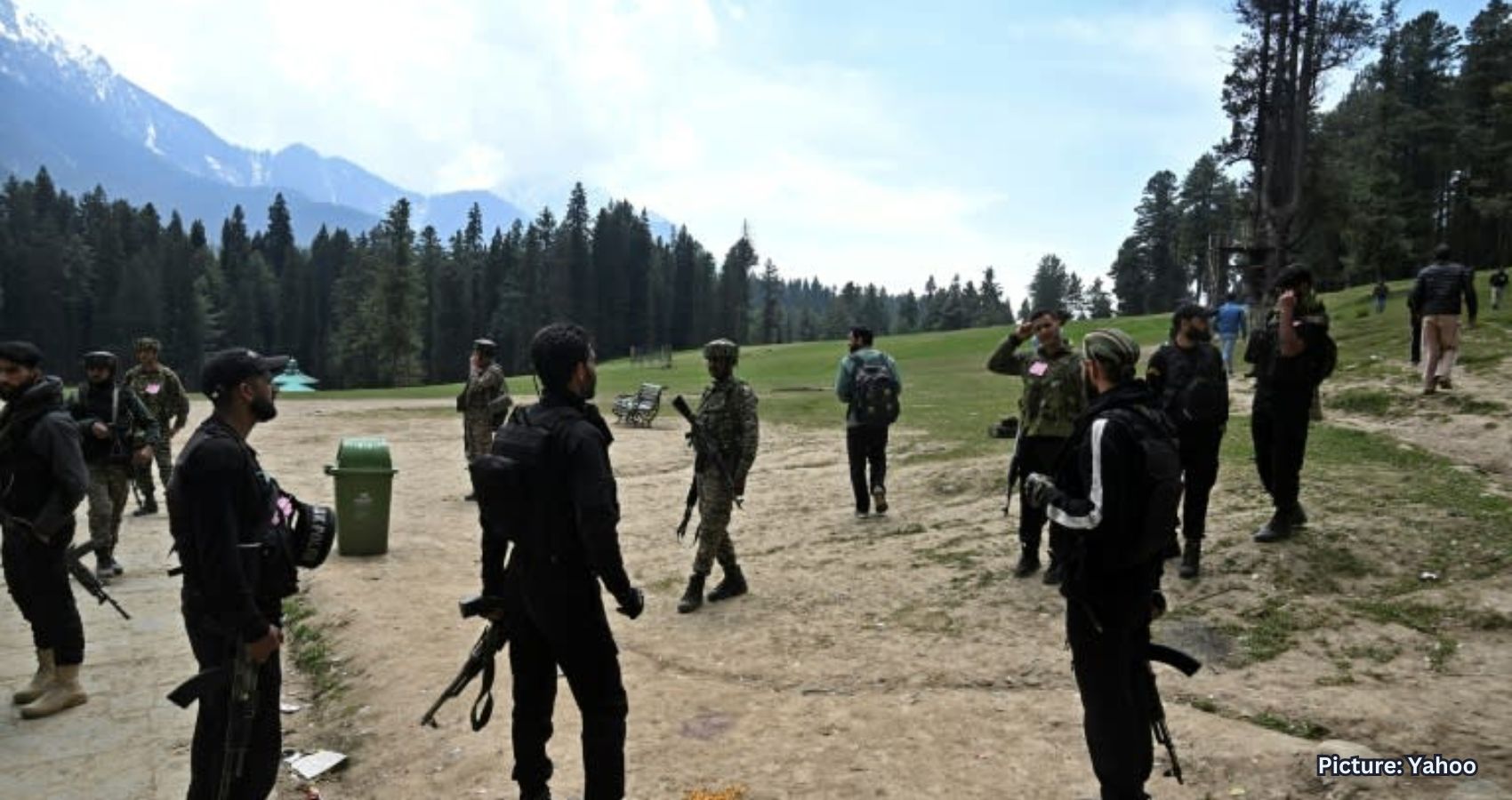
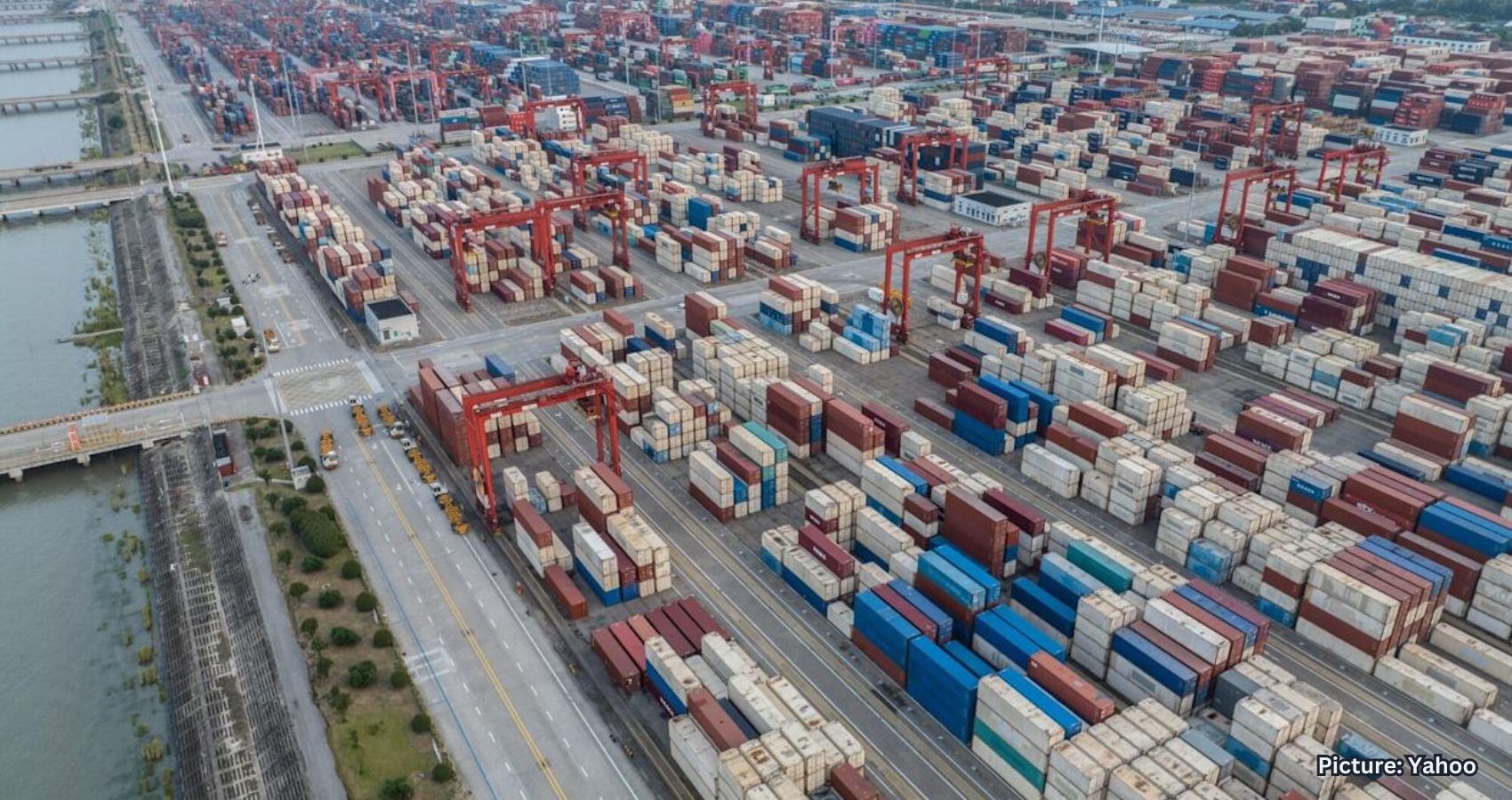
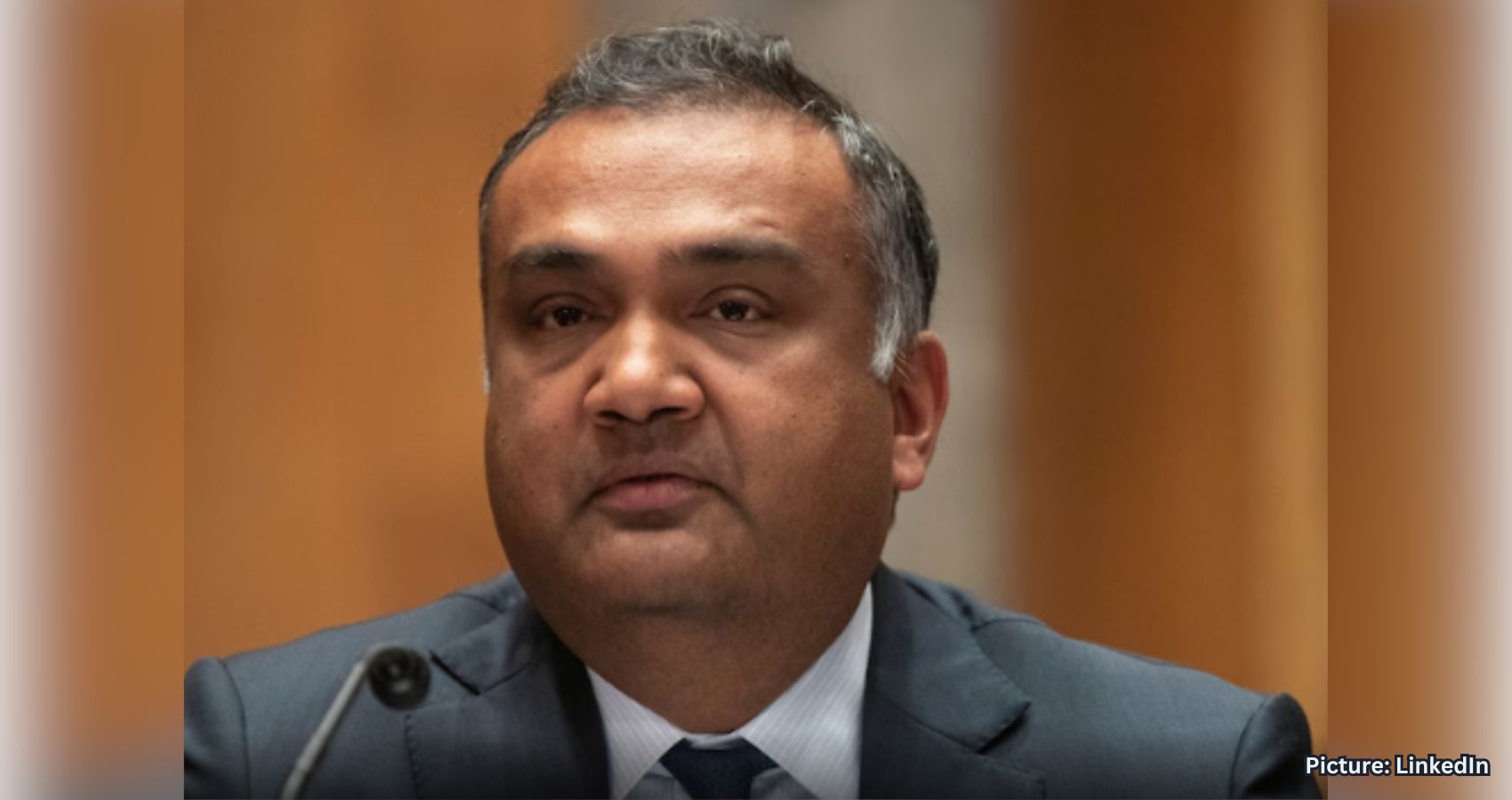
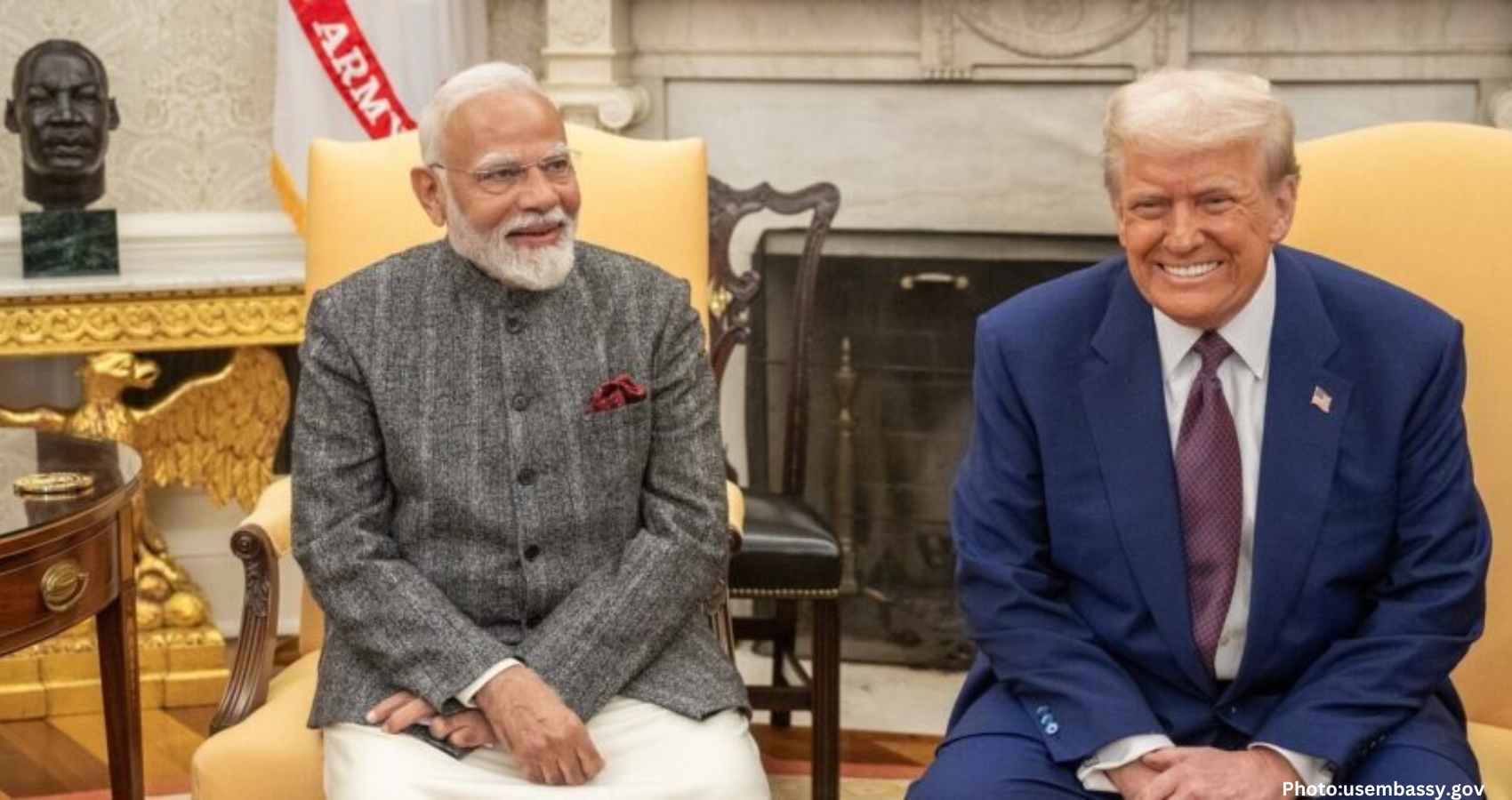
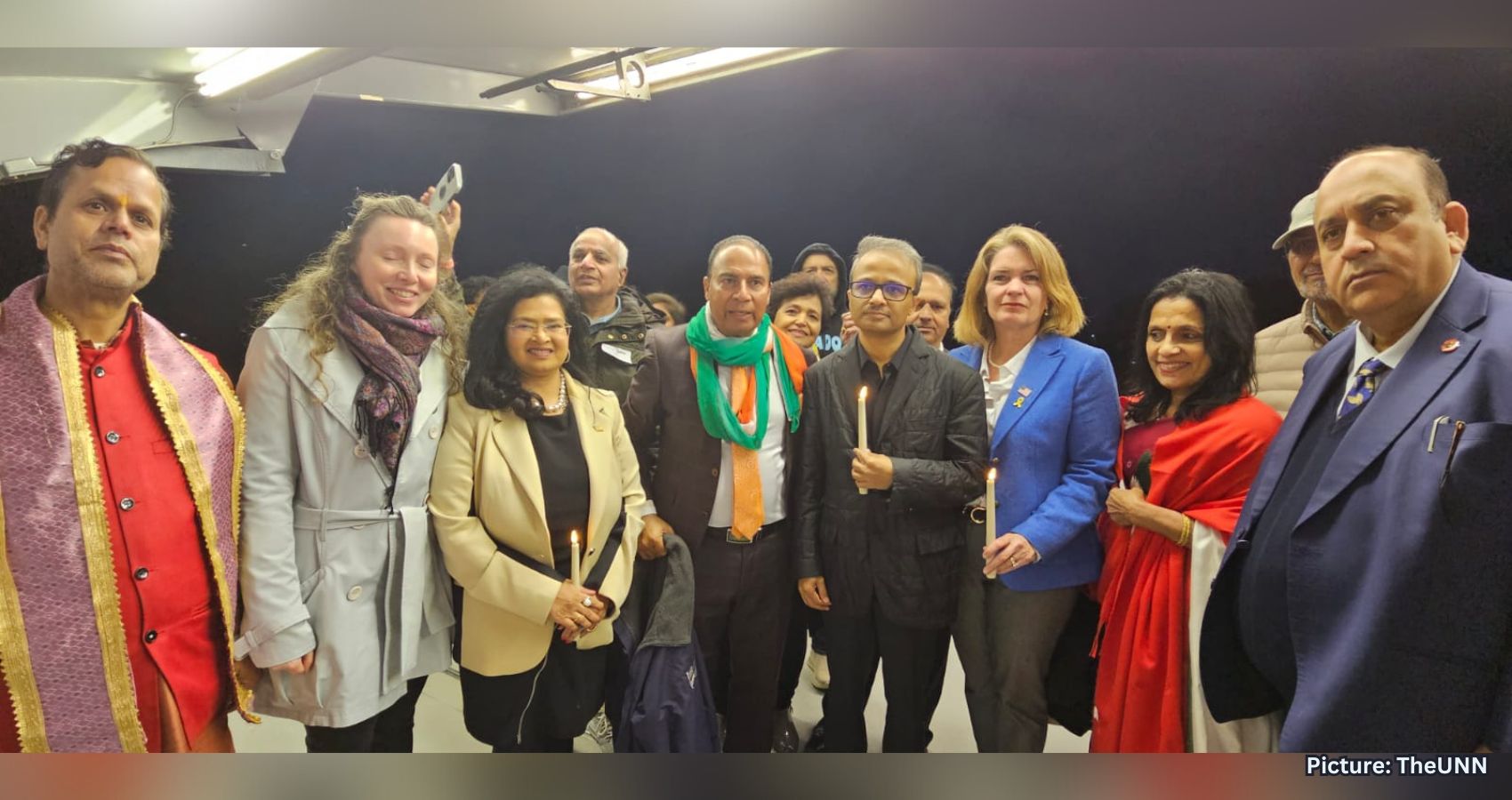
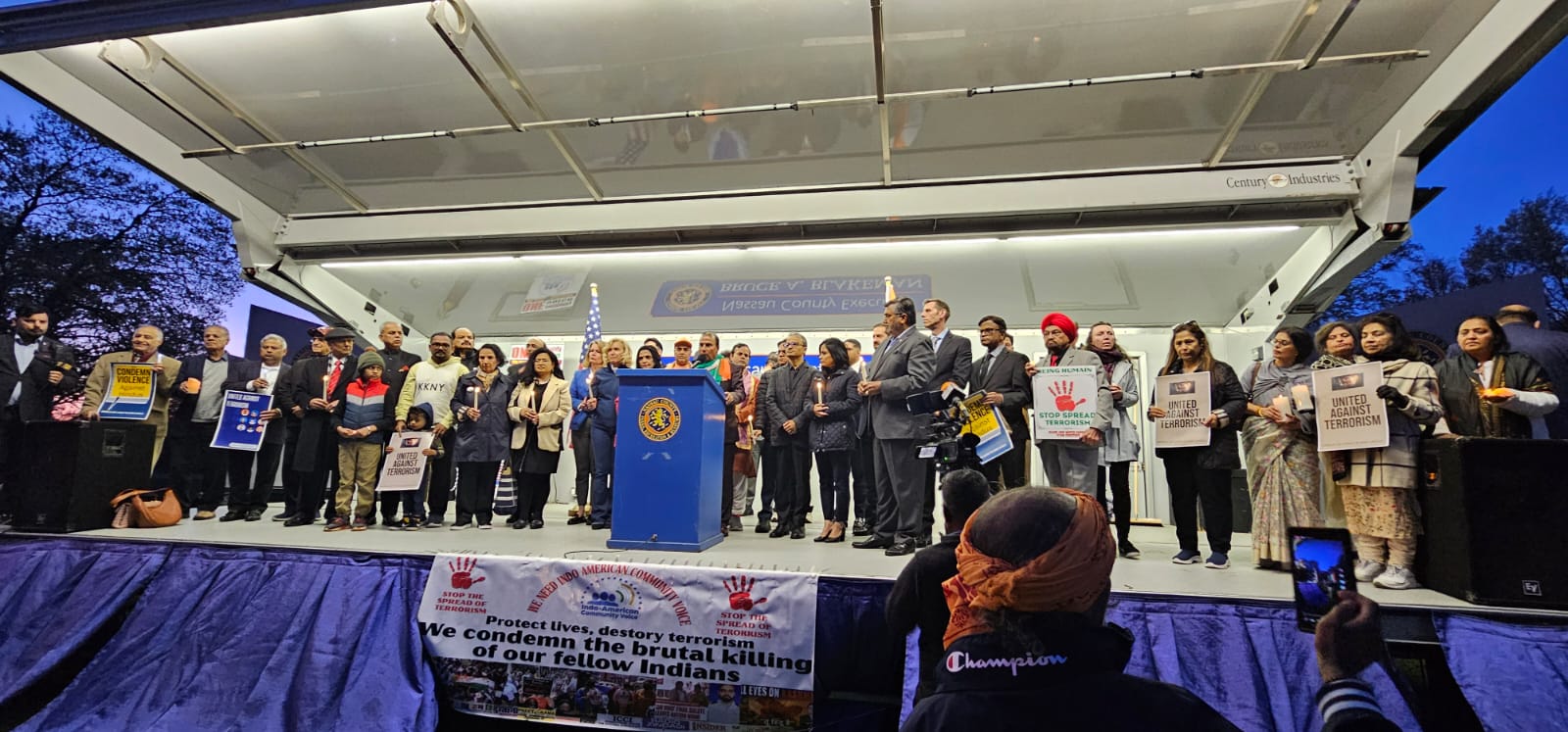 The event brought together community leaders, elected officials, and hundreds of attendees under one banner of unity and resilience. Among the key supporting organizations were: AAPI (Dr. Kishan Kumar), AIA National (Gobind Munjal), AIA NY (Beena Kothari), Arya Samaj of Long Island (Dr. Yashpal Arya & Veer Mukhi), American Malayalee Association (Thomas Joy and Hon. Kevin Thomas), FIPA (Dr. Raj Bhayani), APS (Gary Sikka & Mohinder Singh Taneja), ASAMAI Hindu Temple (Gobind Bathija), Bollywood Insider (Varinder Bhalla), FBIMA (Koshy Thomas & Dincil George), Gujarathi Samaj (Harshad Bhai Patel), HOLI (Urmila Shivaram), HSS (Jaya Patil), Humanity First (Omkar Singh), IAAC (Deepak Bansal), IANA (Vimal Goyal), IDP (Vimal Goyal & Deepak Bansal), IAF (Indu Jaiswal), IALI (Jasbir Singh), Indo American Lions Club (Anju Sharma), Indian Panorama (Prof. Inderjit Saluja), Kashmiri Overseas Association (Dr. Virender Hak & Mohan Wanchoo), KKNY (Raghu Ranganath), LIDC (Paul Bindra), LILC (Pinky Jaggi), Lotus in the Mud (Parveen Chopra), MAHIMA (Dr. Purushotaman Panicker), NYTTA (Vani S. Anugu), RANA (Neelam Modi), SAAWA (Dr. Anila Midha), SAAWO (Suhag Mehta), South Asian Times (Kamlesh Mehta), Soul of Hindutva (Gobind Singh Negi), TANA (Deepika Sammeta), TLCA (Sumant Ram), Tri-State Events (Atul Sharma), TTA (Jaya Prakash Enjapuri), The World Voice (Mukesh Modi), Vaishnav Temple (Anil Shah), VHI (Nayan Kisnadwala), WVV (Rakesh Bhargav), and YICG (Rathi Raja)—demonstrating a united front in the face of tragedy.
The event brought together community leaders, elected officials, and hundreds of attendees under one banner of unity and resilience. Among the key supporting organizations were: AAPI (Dr. Kishan Kumar), AIA National (Gobind Munjal), AIA NY (Beena Kothari), Arya Samaj of Long Island (Dr. Yashpal Arya & Veer Mukhi), American Malayalee Association (Thomas Joy and Hon. Kevin Thomas), FIPA (Dr. Raj Bhayani), APS (Gary Sikka & Mohinder Singh Taneja), ASAMAI Hindu Temple (Gobind Bathija), Bollywood Insider (Varinder Bhalla), FBIMA (Koshy Thomas & Dincil George), Gujarathi Samaj (Harshad Bhai Patel), HOLI (Urmila Shivaram), HSS (Jaya Patil), Humanity First (Omkar Singh), IAAC (Deepak Bansal), IANA (Vimal Goyal), IDP (Vimal Goyal & Deepak Bansal), IAF (Indu Jaiswal), IALI (Jasbir Singh), Indo American Lions Club (Anju Sharma), Indian Panorama (Prof. Inderjit Saluja), Kashmiri Overseas Association (Dr. Virender Hak & Mohan Wanchoo), KKNY (Raghu Ranganath), LIDC (Paul Bindra), LILC (Pinky Jaggi), Lotus in the Mud (Parveen Chopra), MAHIMA (Dr. Purushotaman Panicker), NYTTA (Vani S. Anugu), RANA (Neelam Modi), SAAWA (Dr. Anila Midha), SAAWO (Suhag Mehta), South Asian Times (Kamlesh Mehta), Soul of Hindutva (Gobind Singh Negi), TANA (Deepika Sammeta), TLCA (Sumant Ram), Tri-State Events (Atul Sharma), TTA (Jaya Prakash Enjapuri), The World Voice (Mukesh Modi), Vaishnav Temple (Anil Shah), VHI (Nayan Kisnadwala), WVV (Rakesh Bhargav), and YICG (Rathi Raja)—demonstrating a united front in the face of tragedy.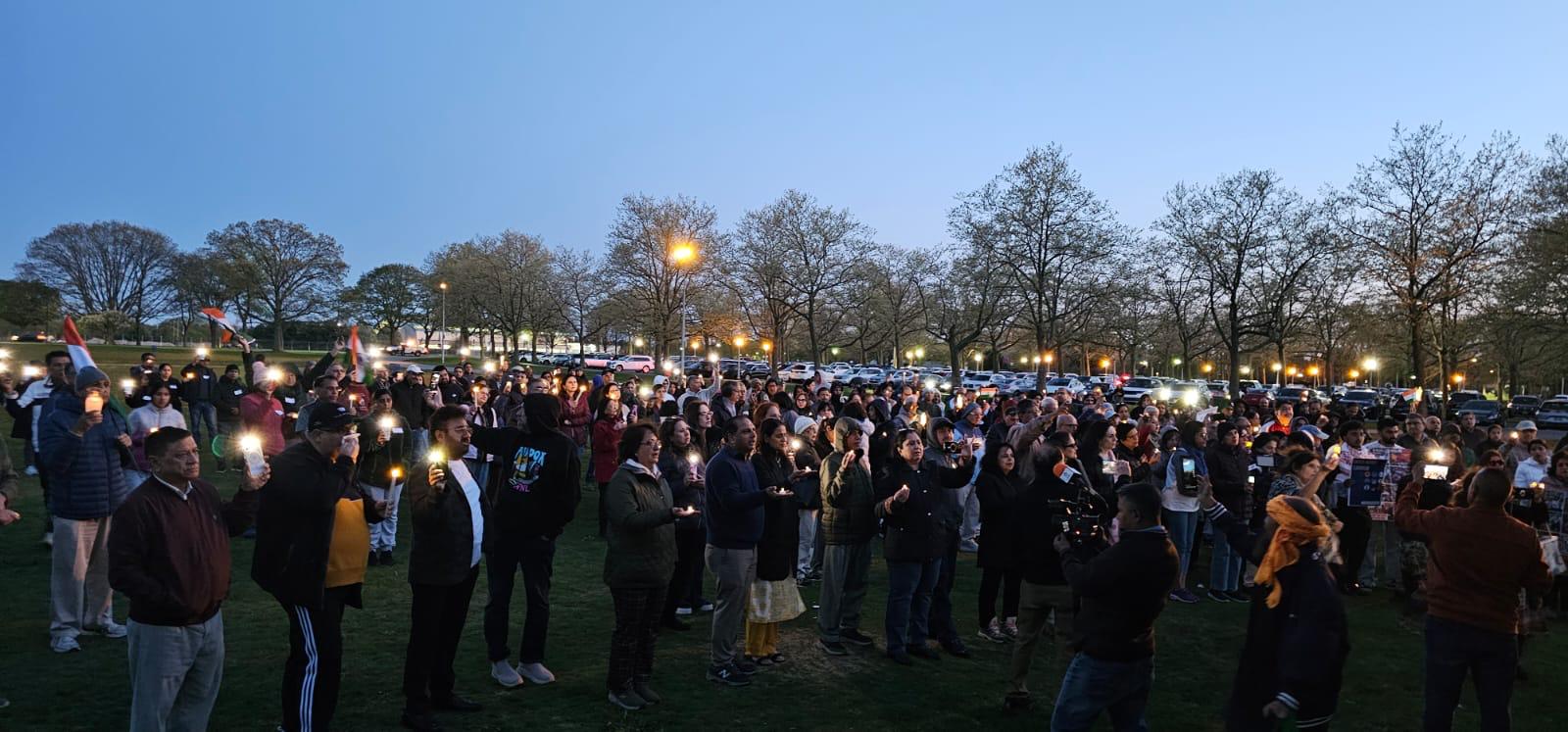 Nassau County Comptroller Elaine Phillips, North Hempstead Town Supervisor Jennifer DeSena, NY Senator Kevin Thomas, Town Clerk Ragini Srivastava, Councilman Edward Scott, and Wioleta D’Souza, Human Rights Commissioner – Nassau County, each sharing messages of sympathy, support, and solidarity. Several officials sent representatives, including County Executive Bruce Blakeman (via Elaine Phillips), Chuck Schumer, US. Senate Minority Leader for United Staes Senate (Taranbir Kaur), Oyster Bay Supervisor Joseph Saladino (Harry Malhotra), and Governor Kathy Hochul (Joey Ramirez).
Nassau County Comptroller Elaine Phillips, North Hempstead Town Supervisor Jennifer DeSena, NY Senator Kevin Thomas, Town Clerk Ragini Srivastava, Councilman Edward Scott, and Wioleta D’Souza, Human Rights Commissioner – Nassau County, each sharing messages of sympathy, support, and solidarity. Several officials sent representatives, including County Executive Bruce Blakeman (via Elaine Phillips), Chuck Schumer, US. Senate Minority Leader for United Staes Senate (Taranbir Kaur), Oyster Bay Supervisor Joseph Saladino (Harry Malhotra), and Governor Kathy Hochul (Joey Ramirez).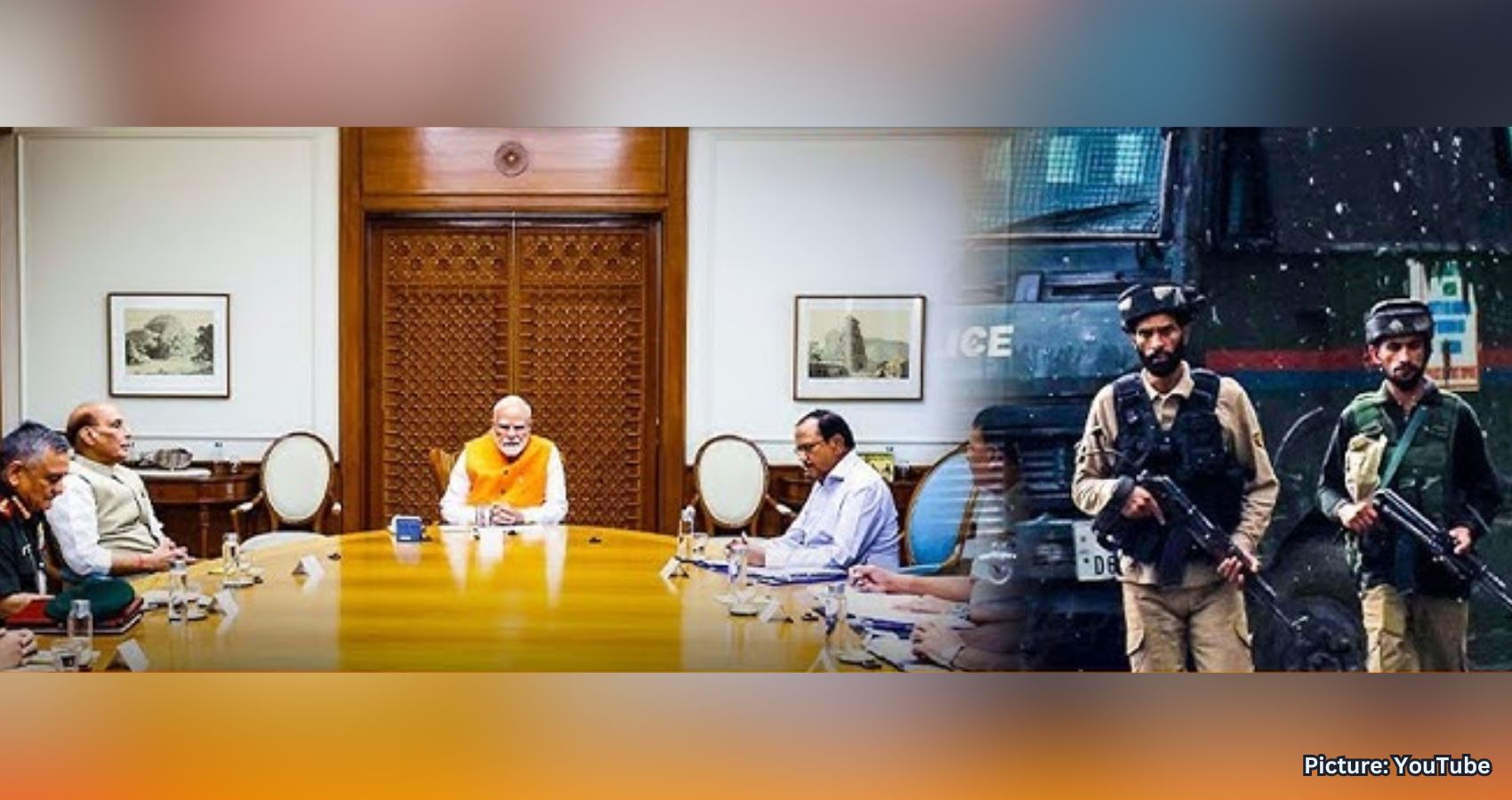
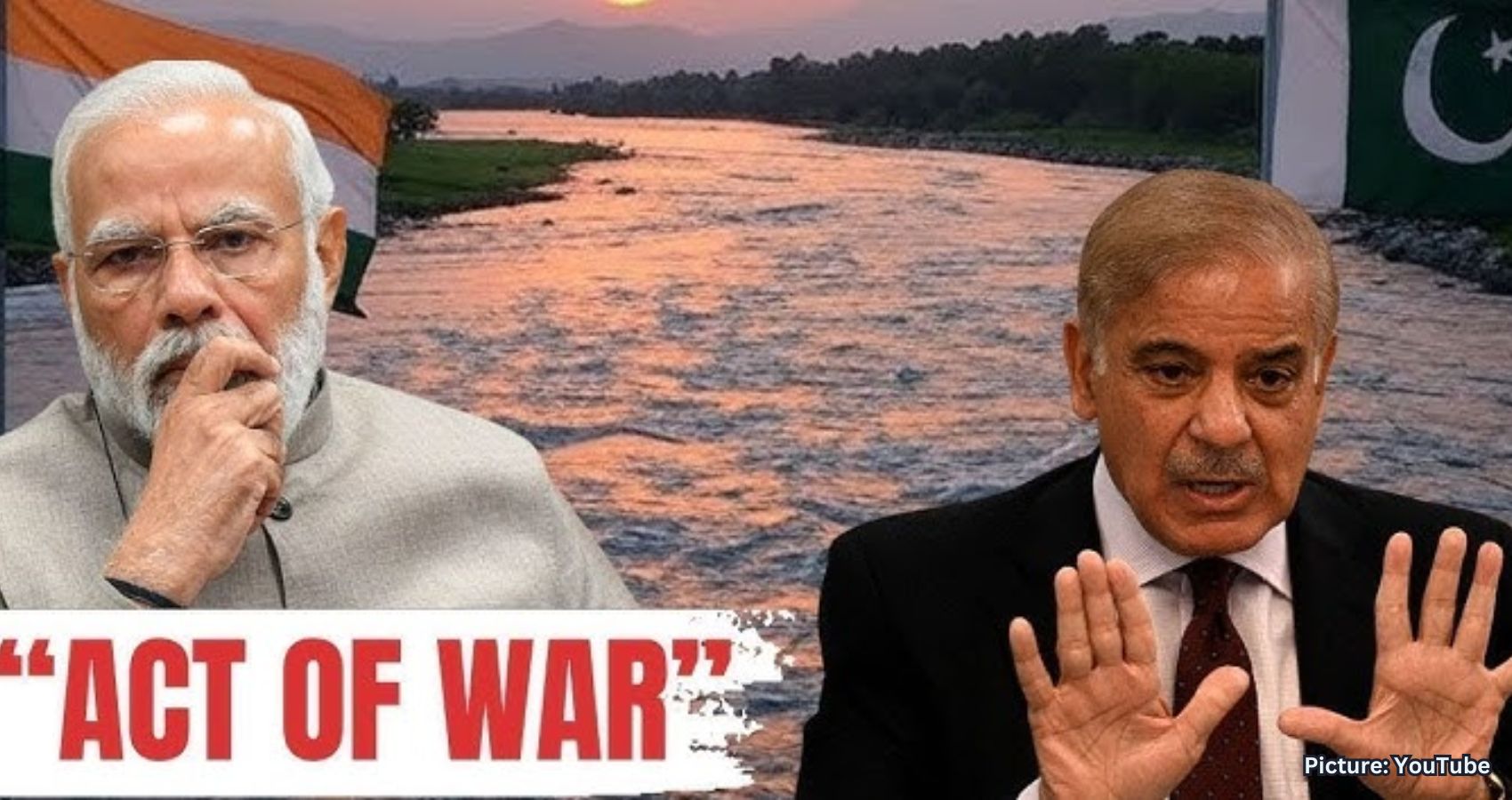
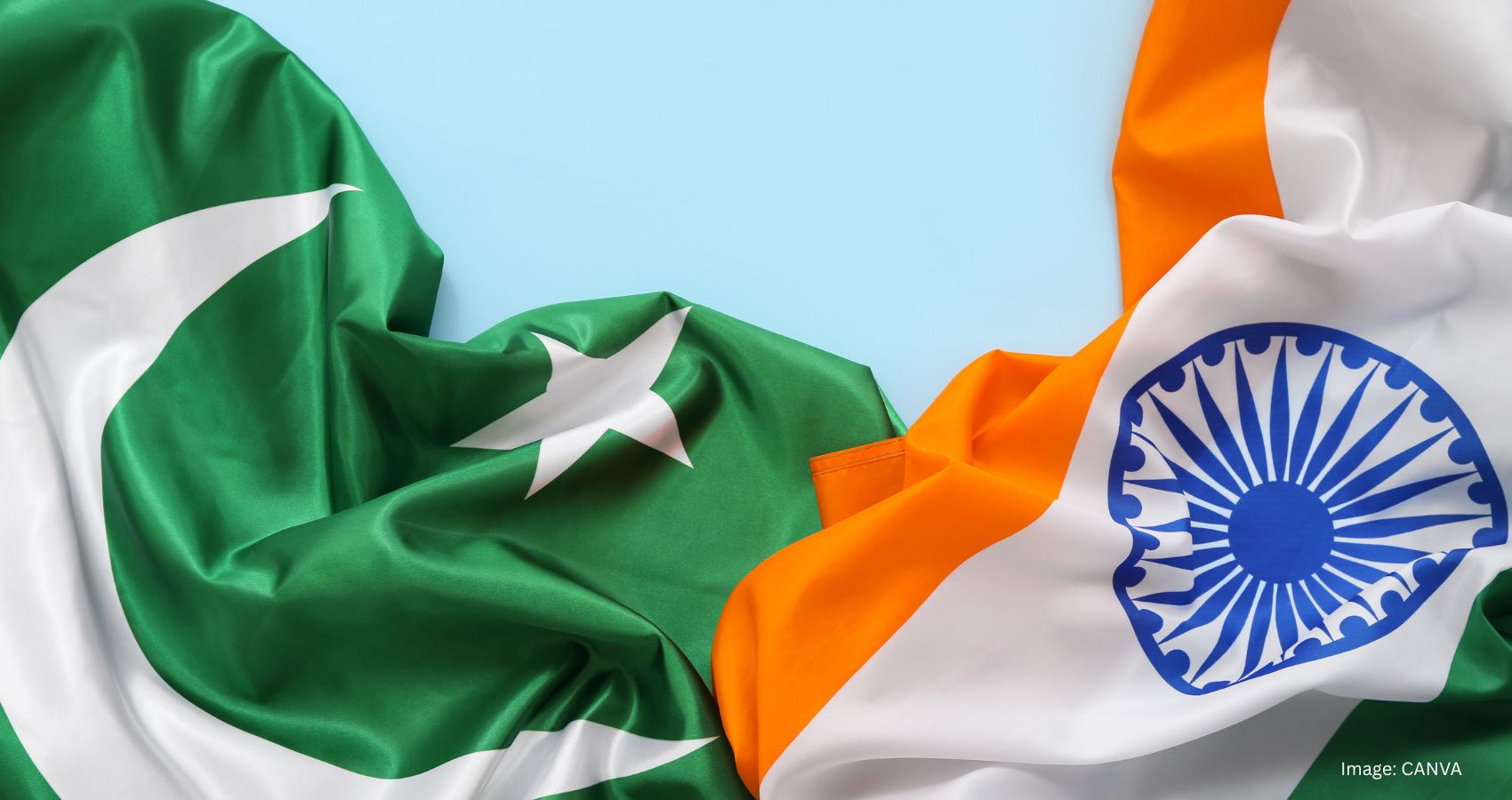

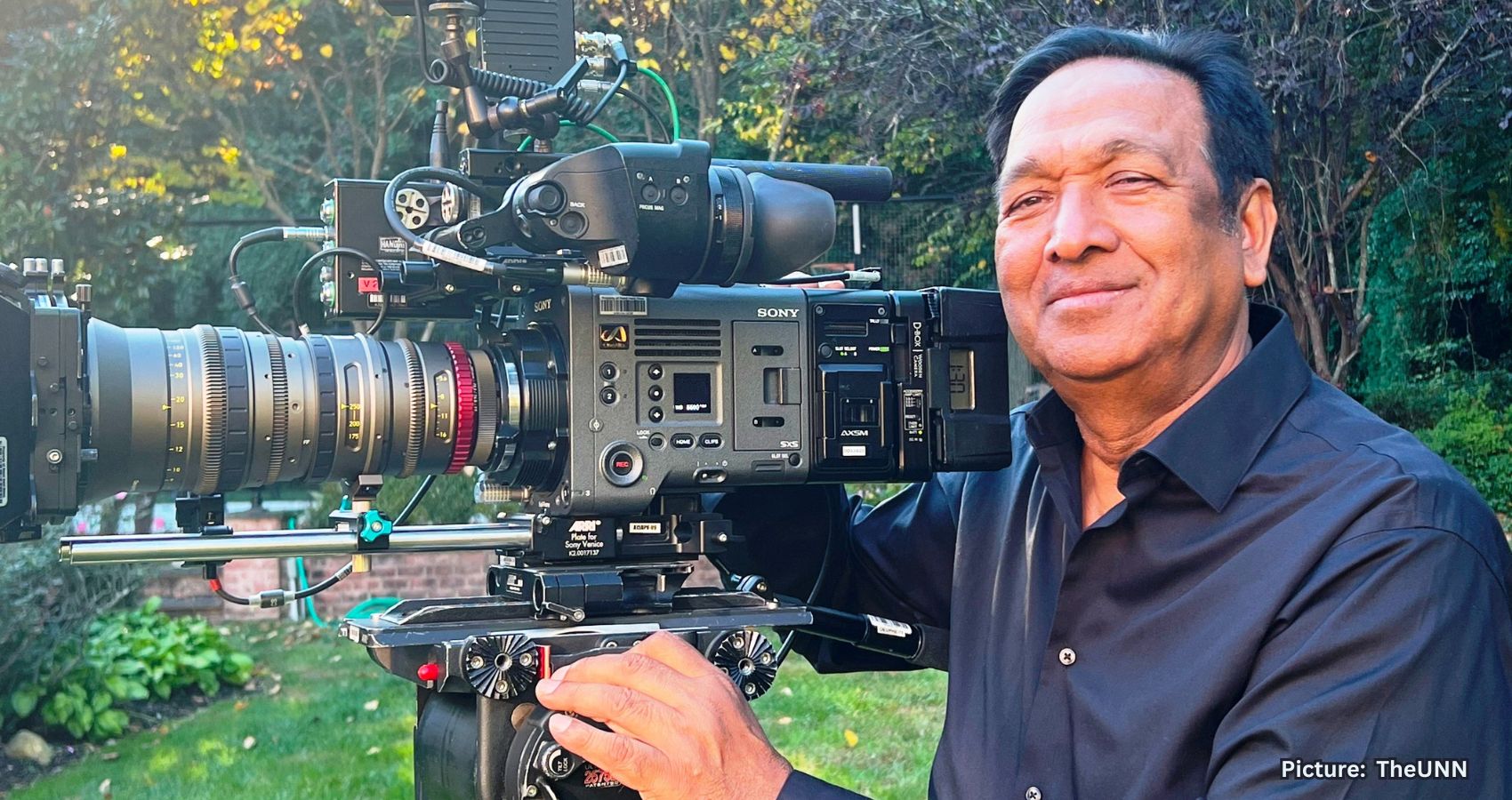
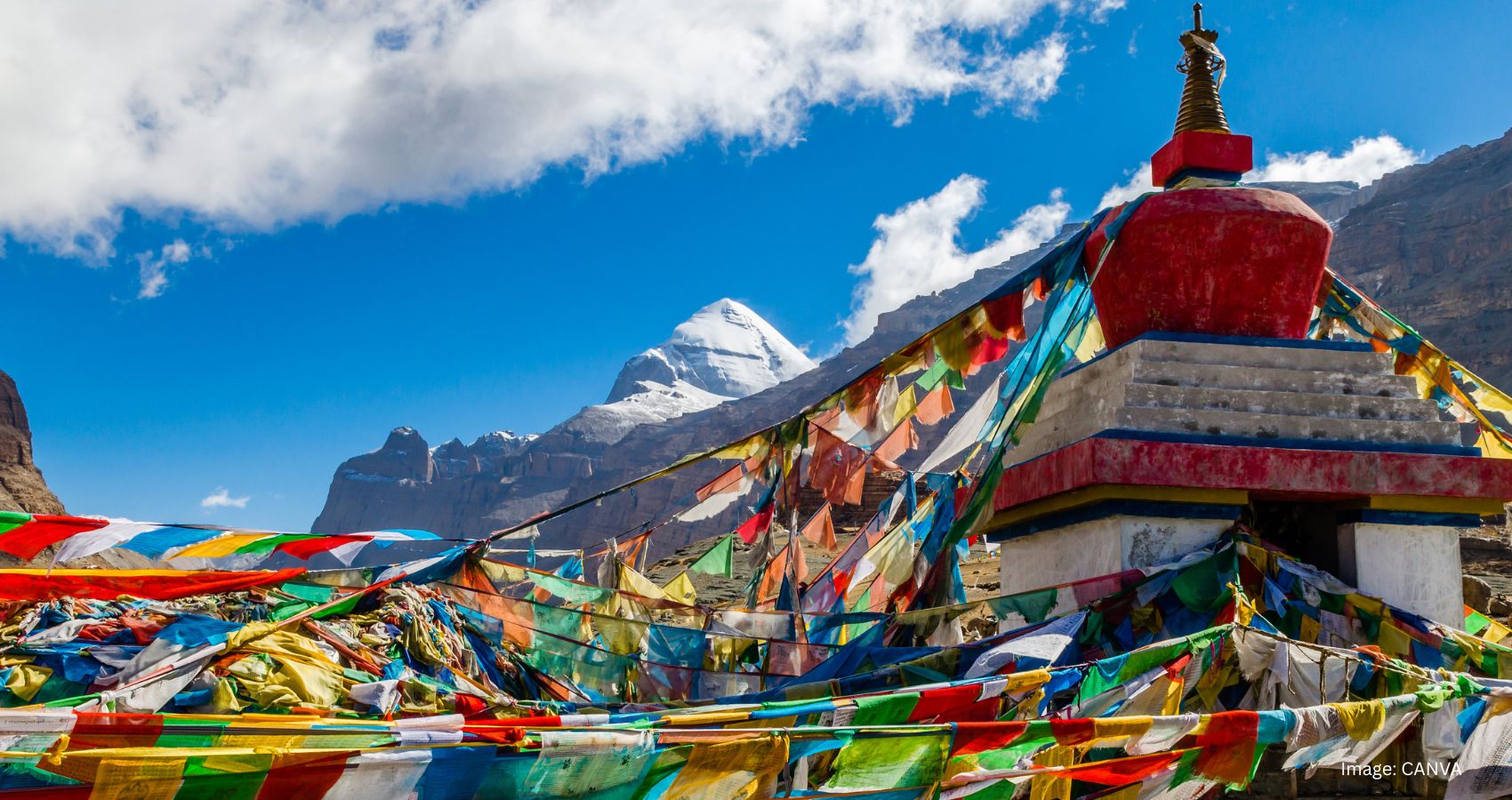
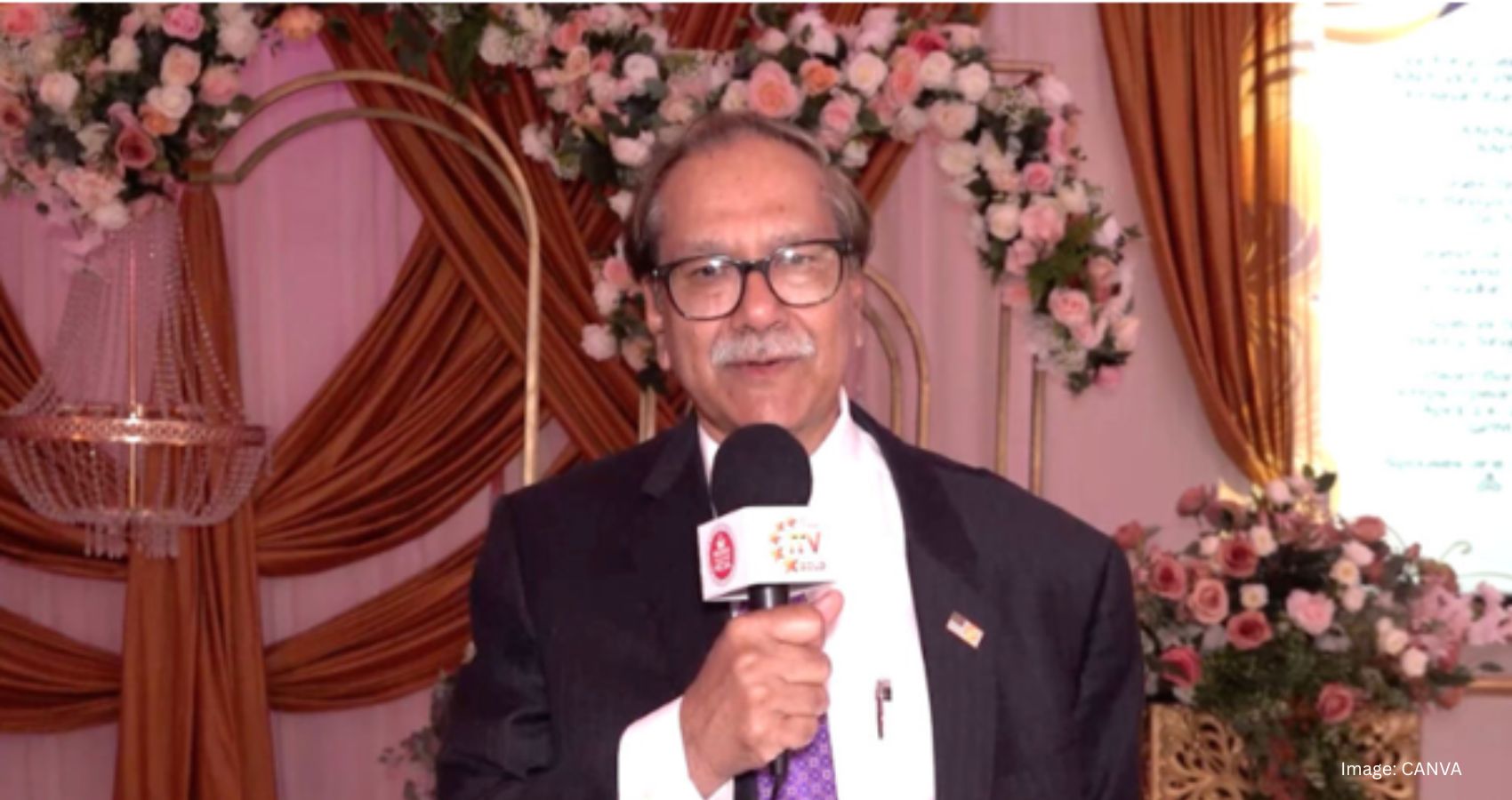
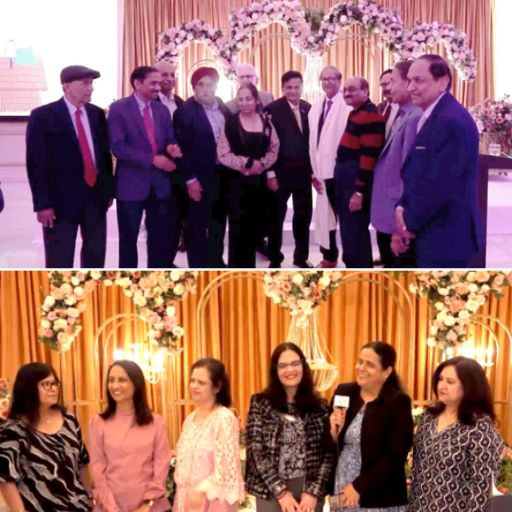
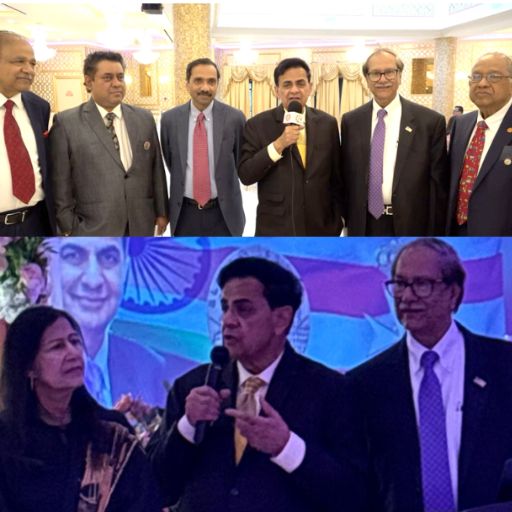
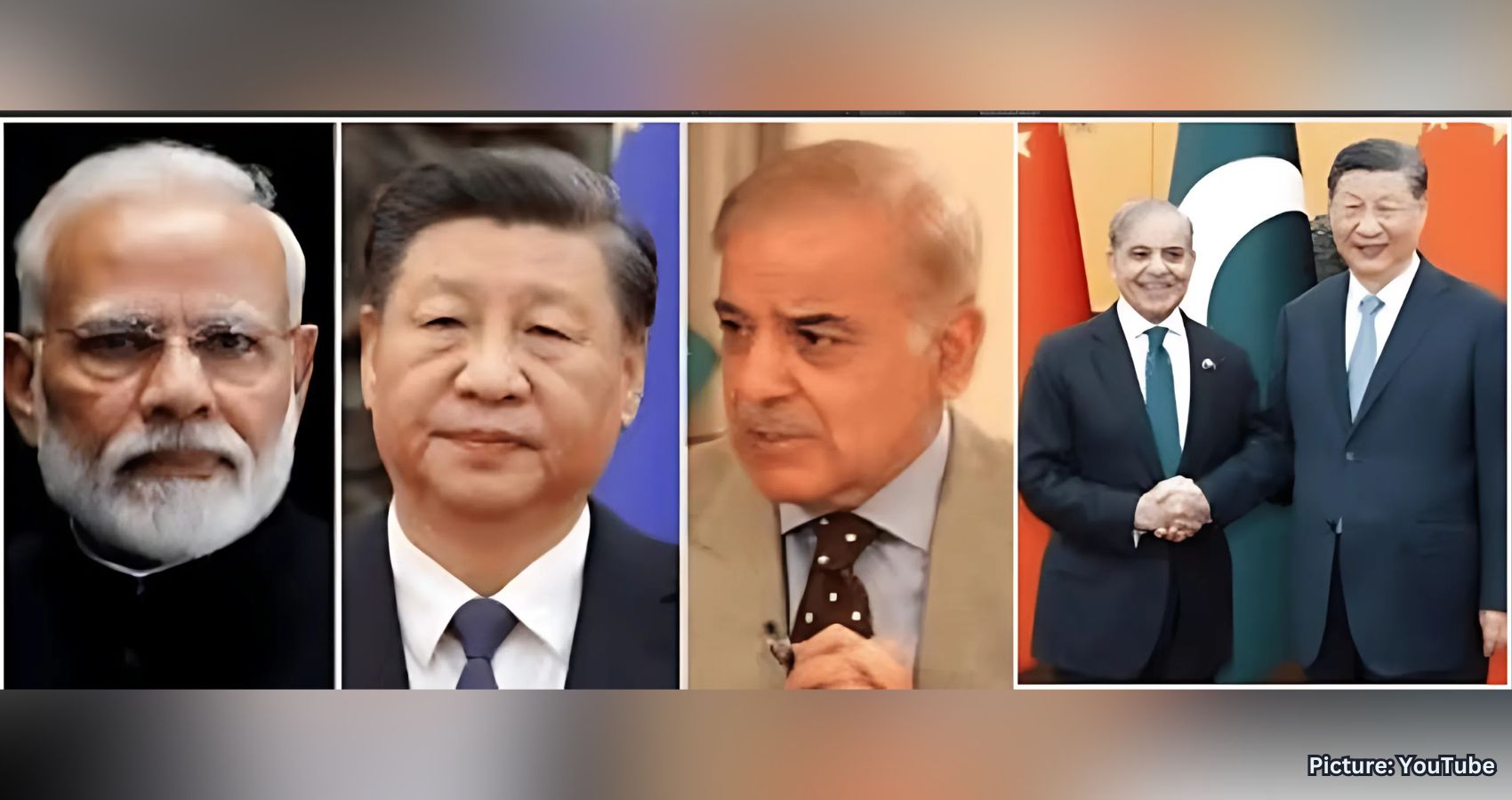
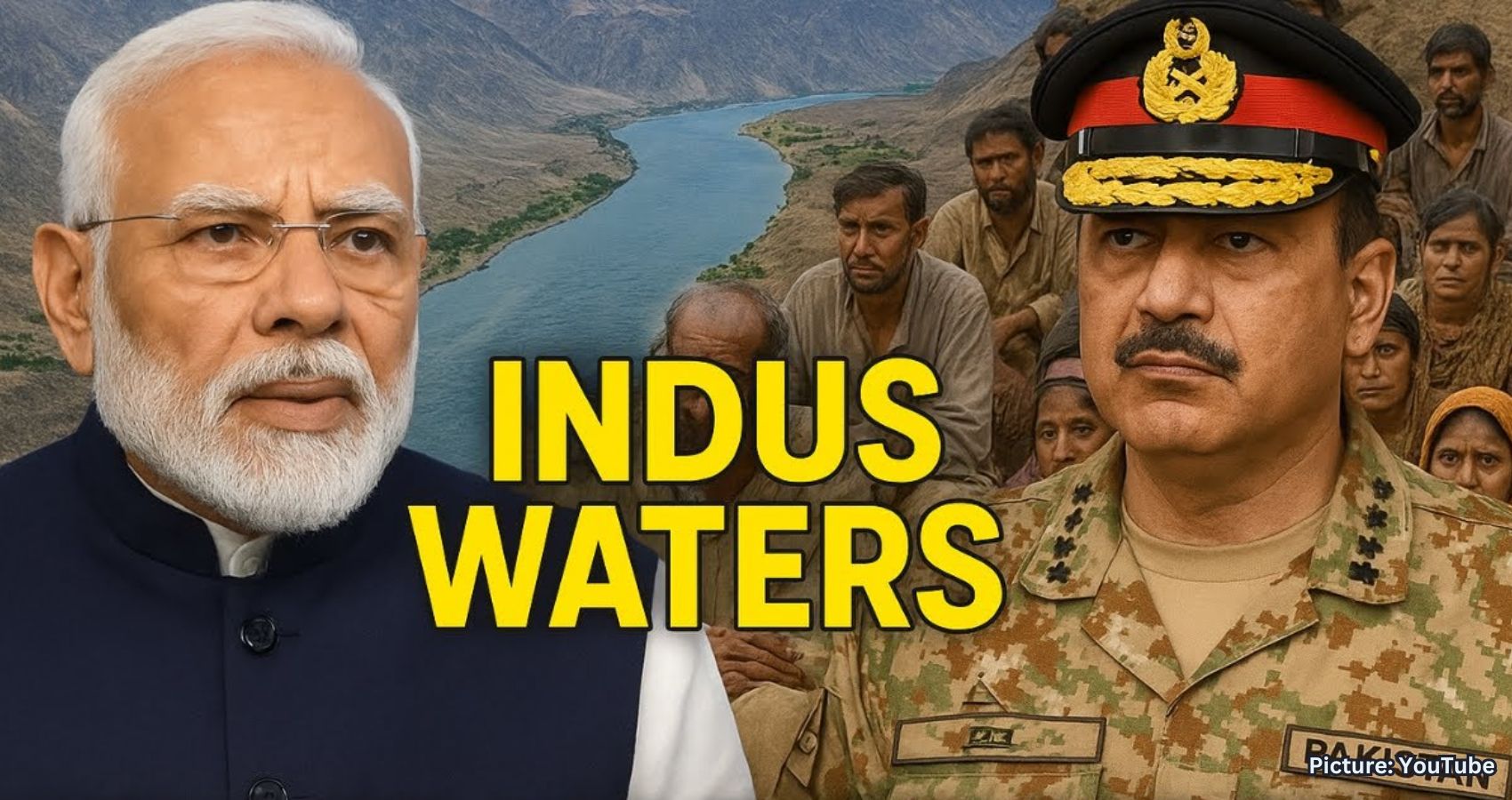

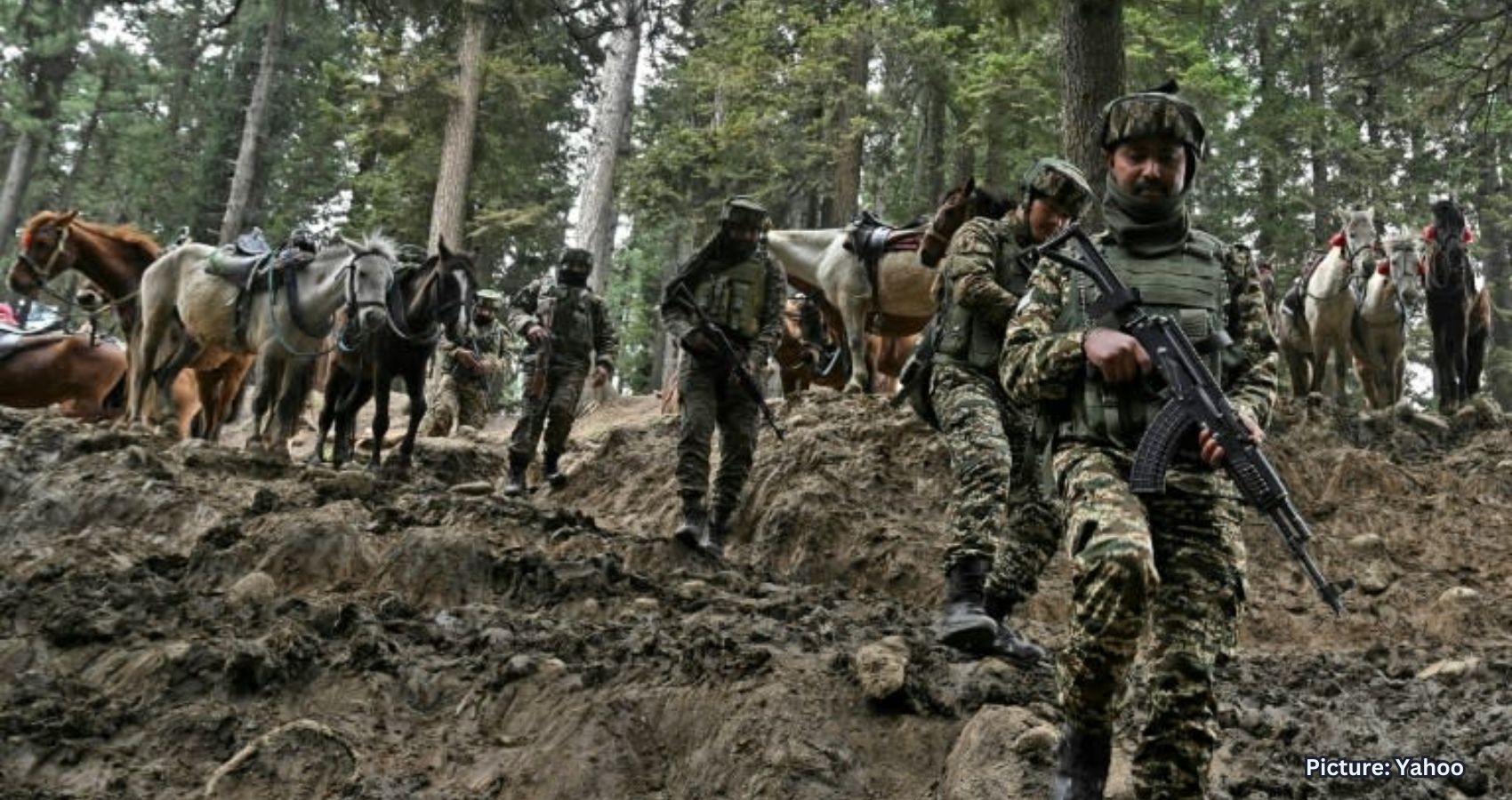

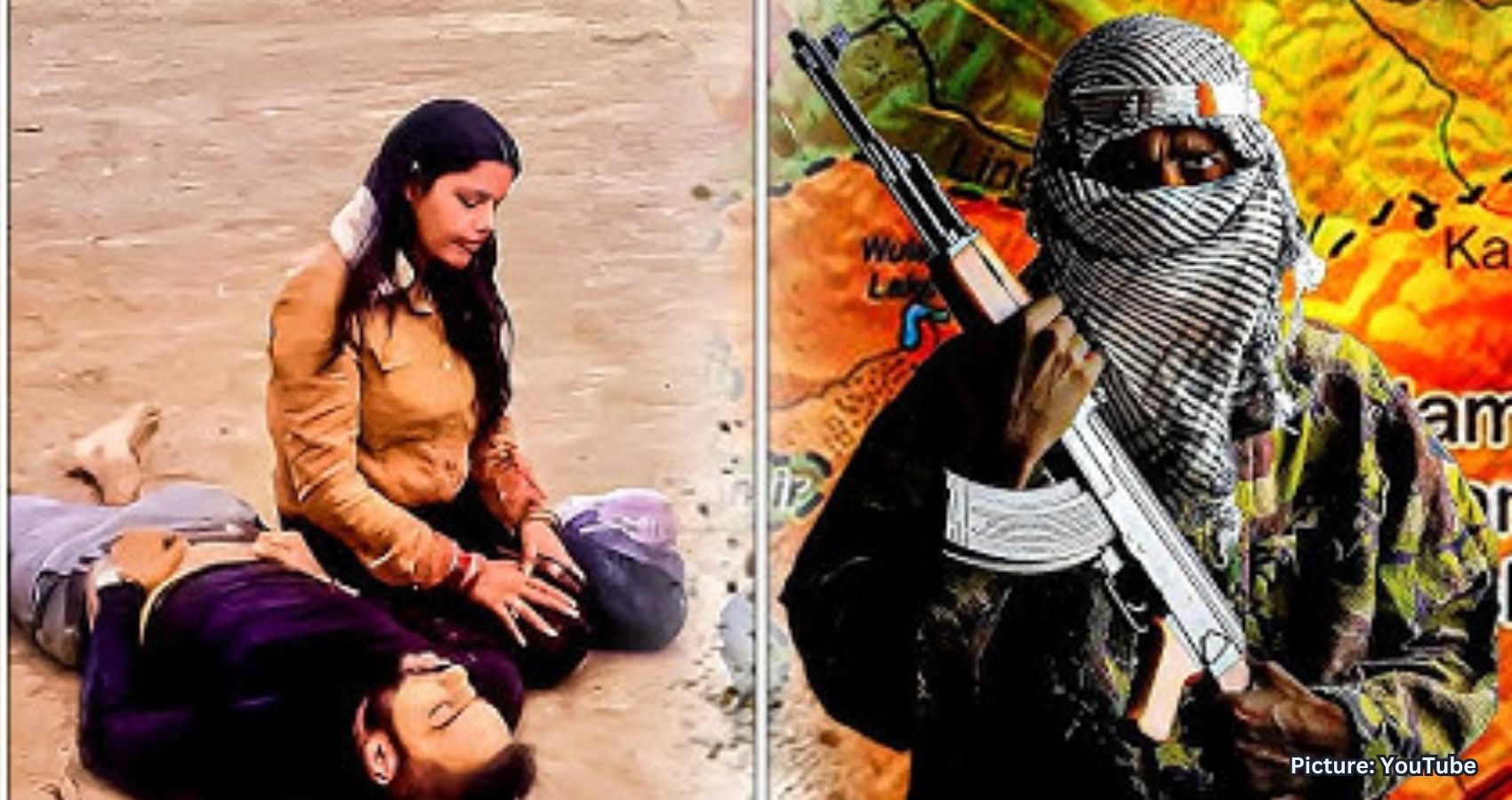
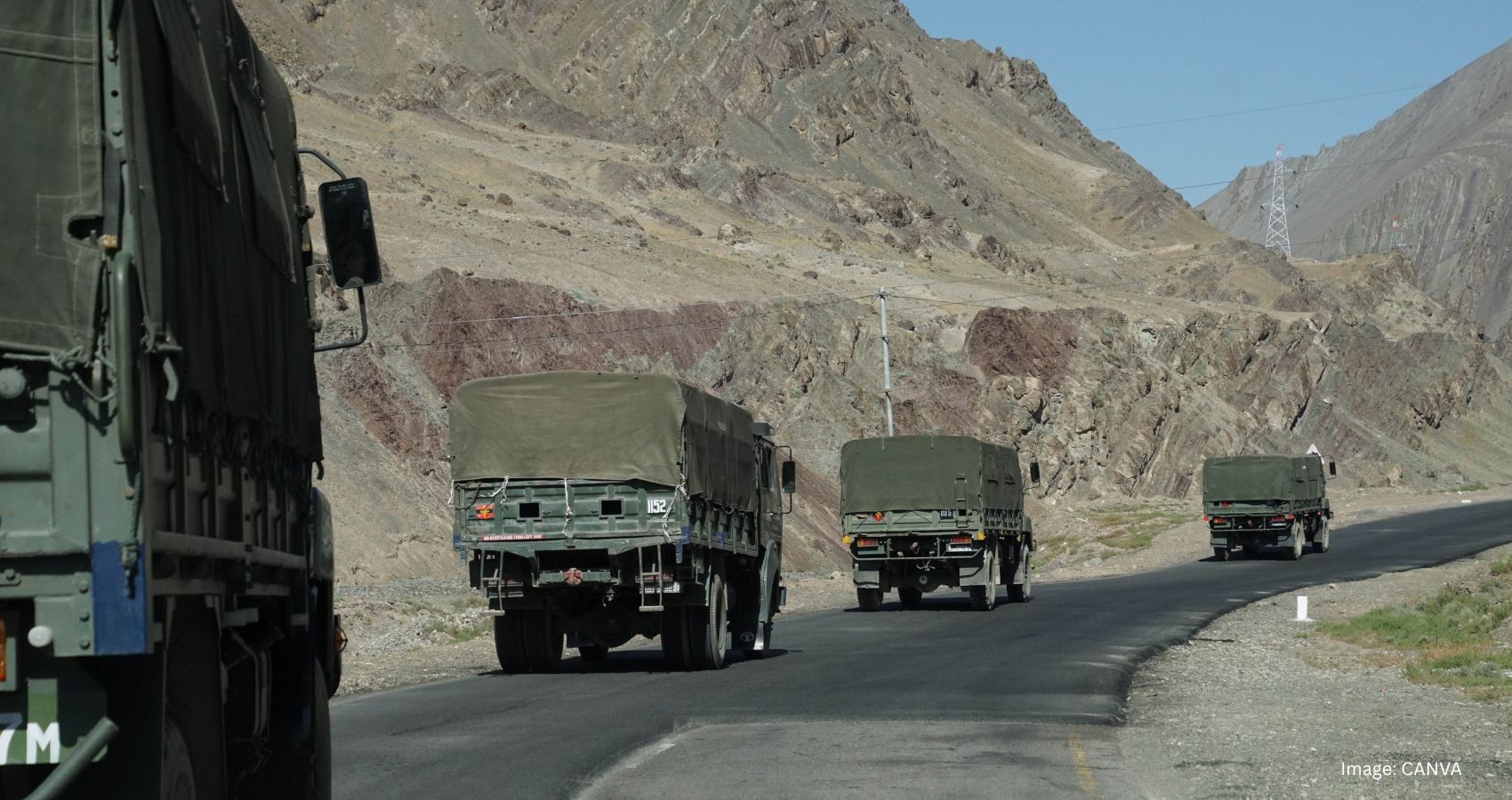



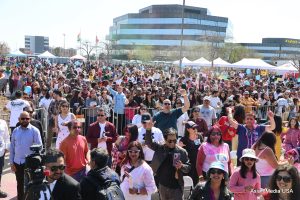

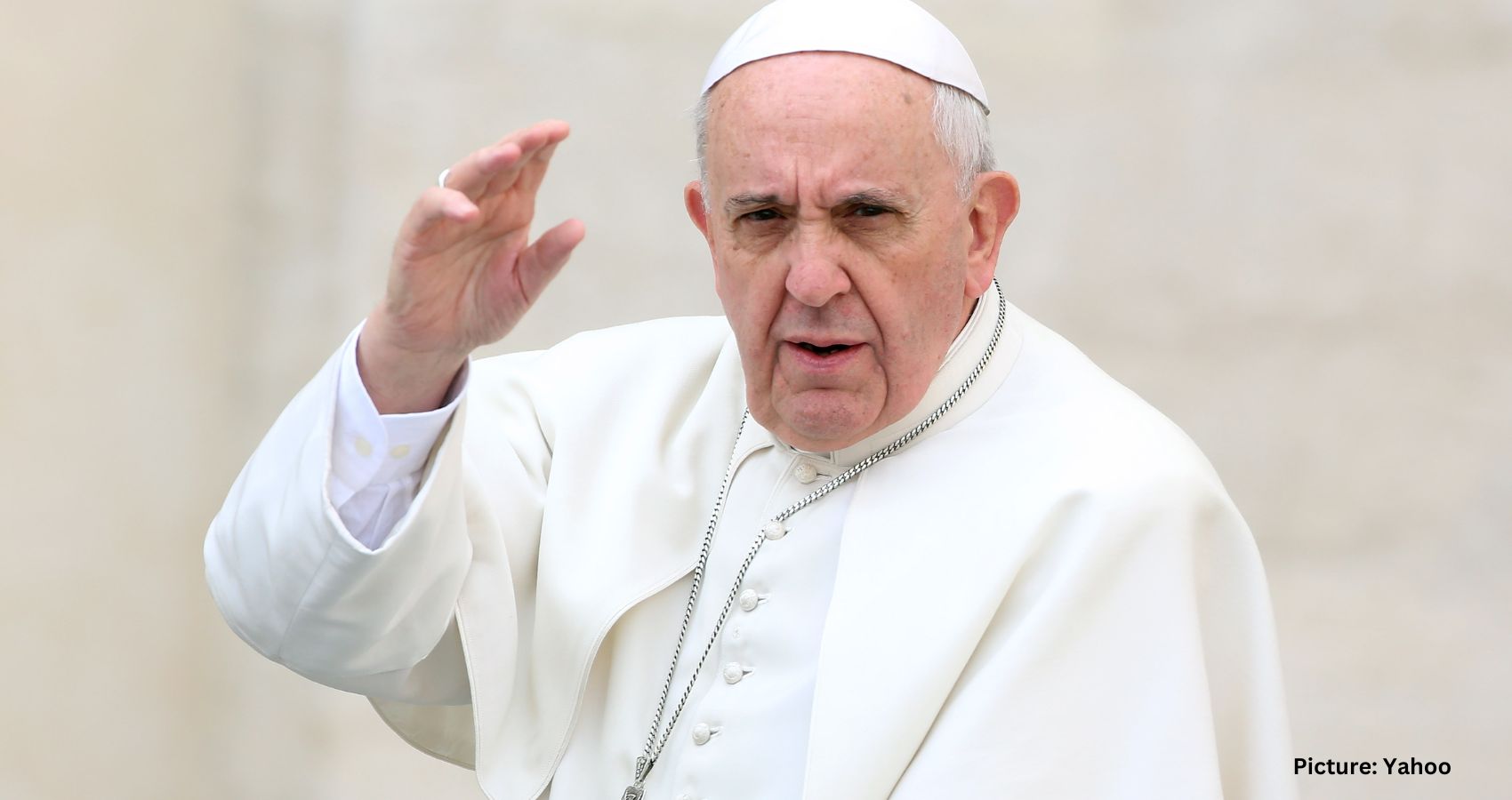



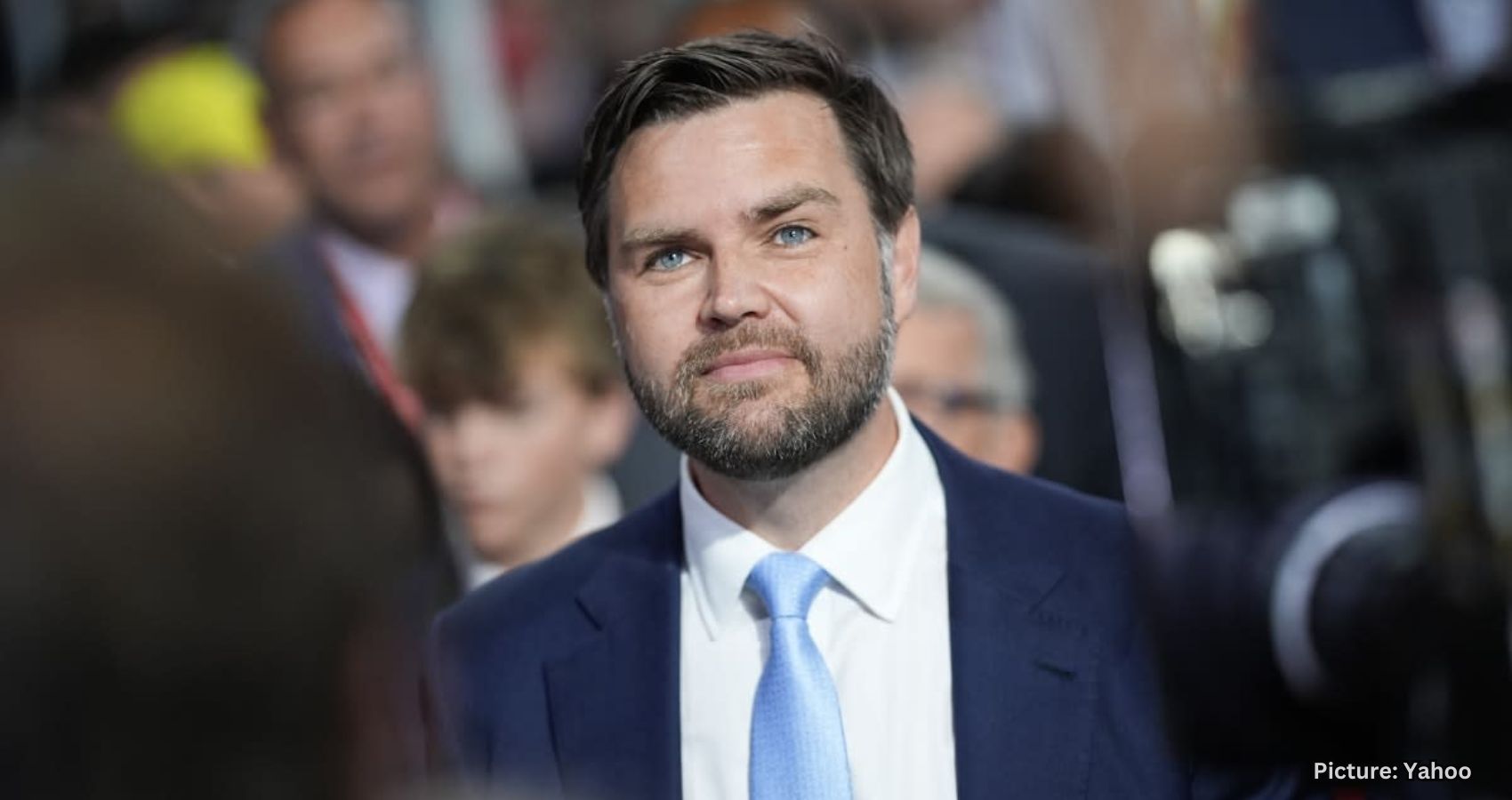
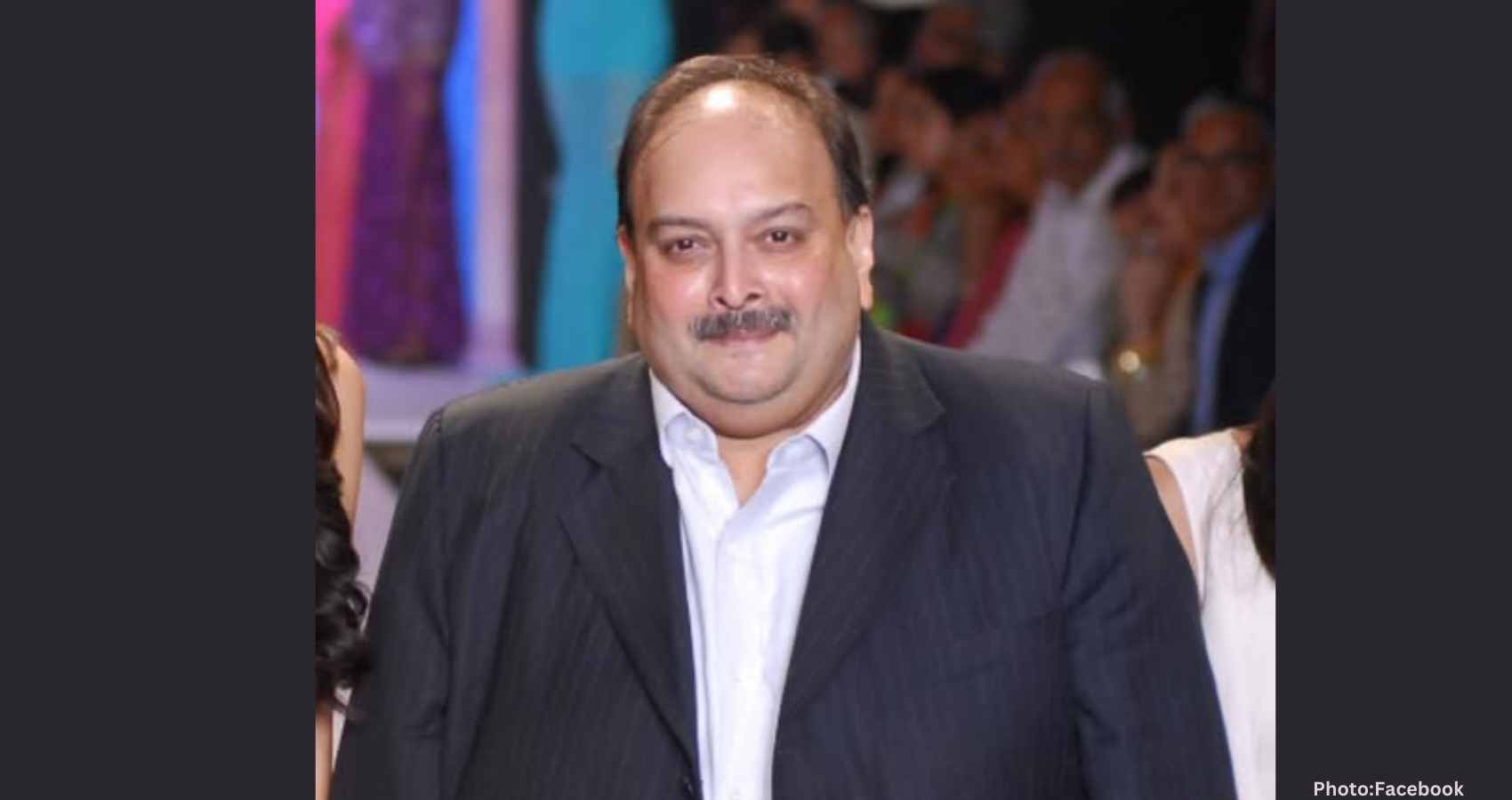







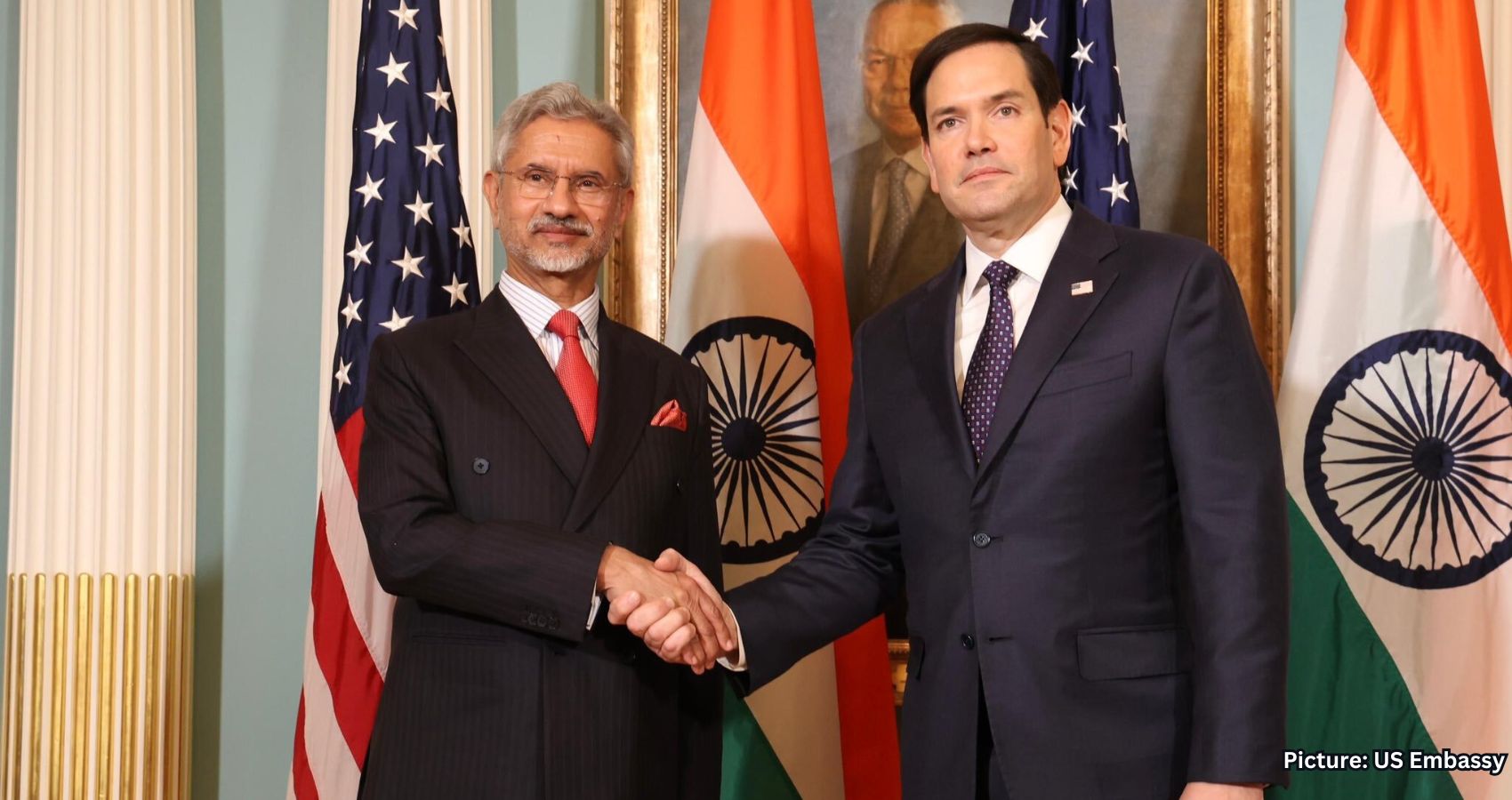



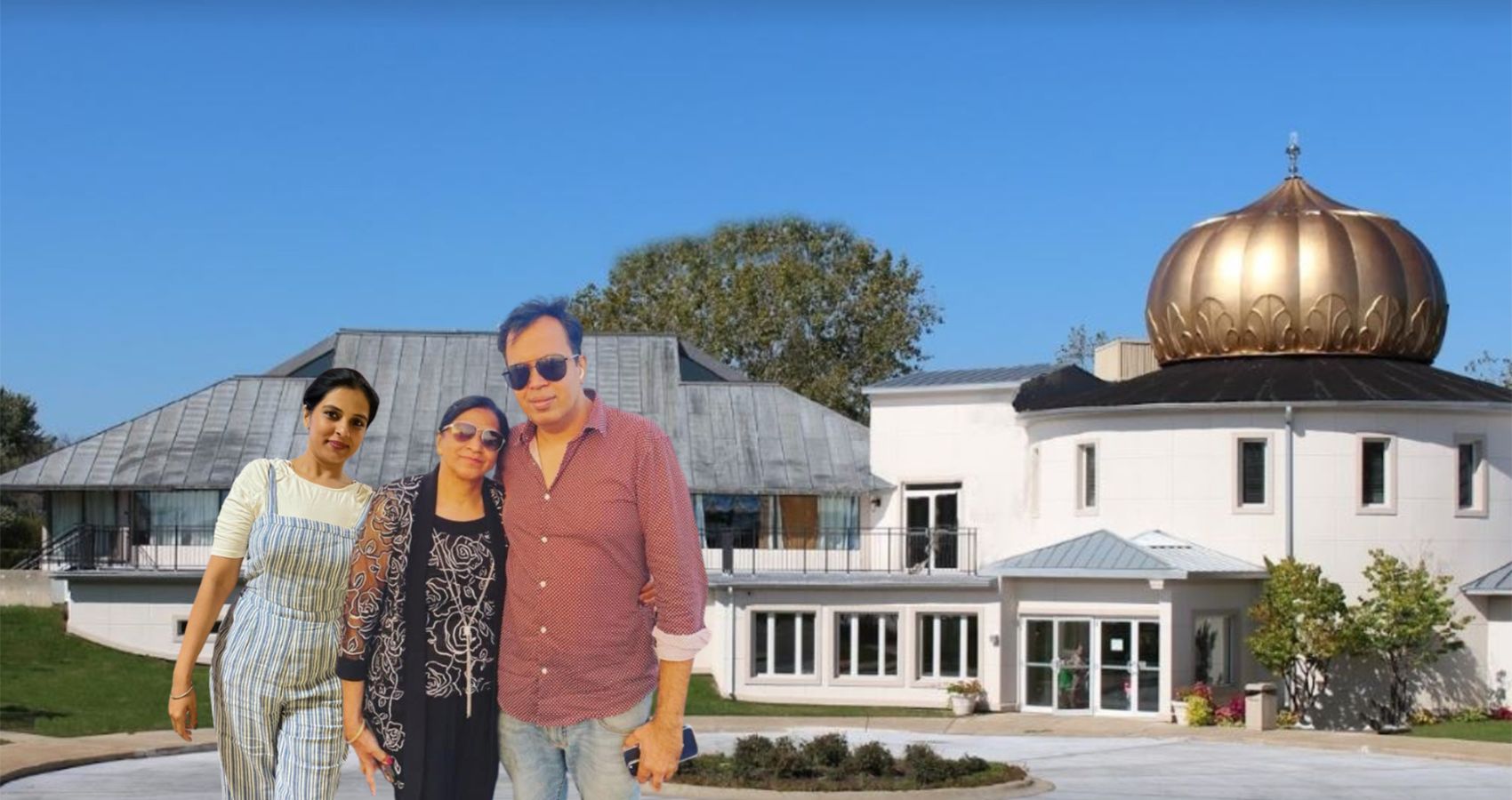
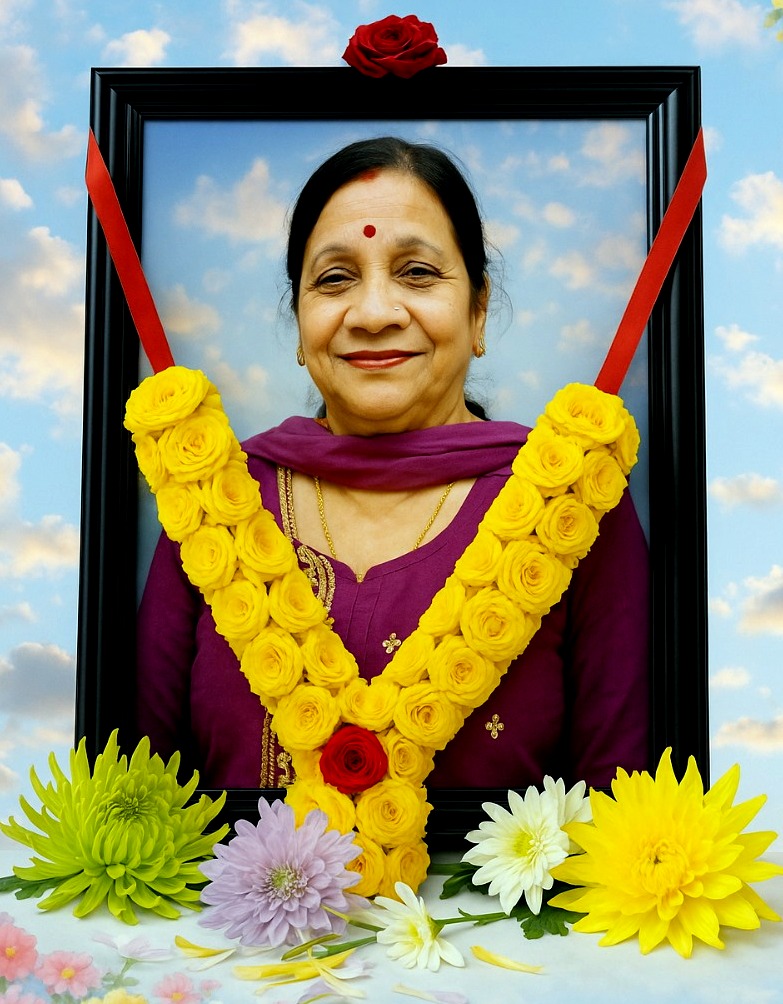









 The oath ceremony commenced with the singing of the American and Indian national anthems by Bina Sabapthy, Jyoti Gupta, and Roopam Maini, followed by a graceful Ganesh Vandana performance by Hamsaasya School of Dance. Harsh Vyas and Jasbir Jay Singh served as emcees for the evening.
The oath ceremony commenced with the singing of the American and Indian national anthems by Bina Sabapthy, Jyoti Gupta, and Roopam Maini, followed by a graceful Ganesh Vandana performance by Hamsaasya School of Dance. Harsh Vyas and Jasbir Jay Singh served as emcees for the evening. Wasil, Harsh Vyas, Nilima Madaan; Treasurer: Dr. Bal K. Gilja; Secretary: Dr. Sharad Kothari; Members-at-Large: Anju Sharma, Bhavana Sharma, Deepak Bansal, Deepika Modi, Dr. Narendra Lodha, Dr. Sumita Sengupta, Dr. Usha Bansal, Gobind Bathija, Jay Jasbir Singh, Jyoti Gupta, Kiran Reddy, Parvathala, Narinder Kapoor, Navneet Agarwal, Nick Garg, Nutan Roongta, Roopam Maini, Sanju Sharma, Surin Manaktala, Swati Vaishnav, and, Satnam Singh Parhar.
Wasil, Harsh Vyas, Nilima Madaan; Treasurer: Dr. Bal K. Gilja; Secretary: Dr. Sharad Kothari; Members-at-Large: Anju Sharma, Bhavana Sharma, Deepak Bansal, Deepika Modi, Dr. Narendra Lodha, Dr. Sumita Sengupta, Dr. Usha Bansal, Gobind Bathija, Jay Jasbir Singh, Jyoti Gupta, Kiran Reddy, Parvathala, Narinder Kapoor, Navneet Agarwal, Nick Garg, Nutan Roongta, Roopam Maini, Sanju Sharma, Surin Manaktala, Swati Vaishnav, and, Satnam Singh Parhar. She also emphasized the importance of youth involvement in AIA activities and fostering young leadership, saying, “We will encourage and induct young leaders who have grown up with our motto of ‘Indian Heritage and American Commitment’ and have great potential to shape the future of AIA.”
She also emphasized the importance of youth involvement in AIA activities and fostering young leadership, saying, “We will encourage and induct young leaders who have grown up with our motto of ‘Indian Heritage and American Commitment’ and have great potential to shape the future of AIA.” played a pivotal role in AIA-NY’s success. The evening concluded with a thank-you note from Treasurer Dr. Bal K. Gilja and Secretary Dr. Sharad Kothari, followed by a celebratory dinner. A special plaque was presented to the outgoing President of AIA-NY, Dr. Jagdish Gupta, in recognition of his service and dedication.
played a pivotal role in AIA-NY’s success. The evening concluded with a thank-you note from Treasurer Dr. Bal K. Gilja and Secretary Dr. Sharad Kothari, followed by a celebratory dinner. A special plaque was presented to the outgoing President of AIA-NY, Dr. Jagdish Gupta, in recognition of his service and dedication. an unwavering commitment to fostering connections, promoting cultural understanding, and supporting community well-being.
an unwavering commitment to fostering connections, promoting cultural understanding, and supporting community well-being.